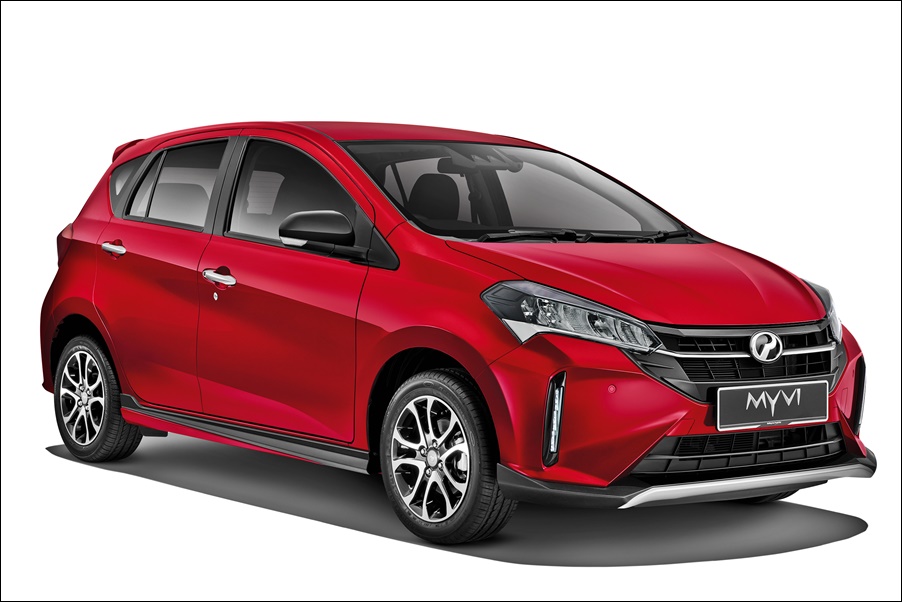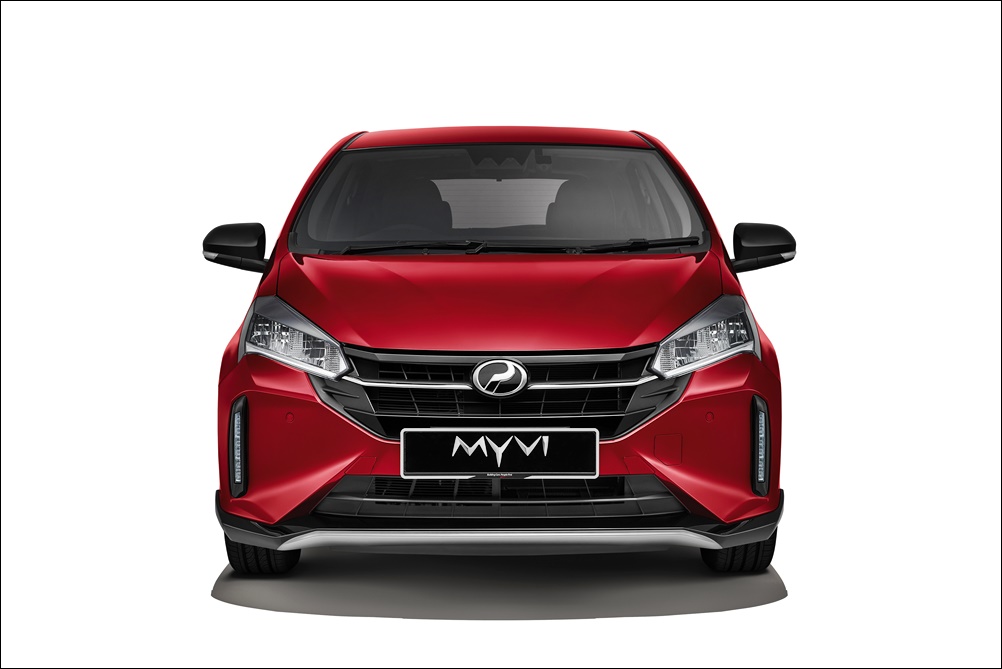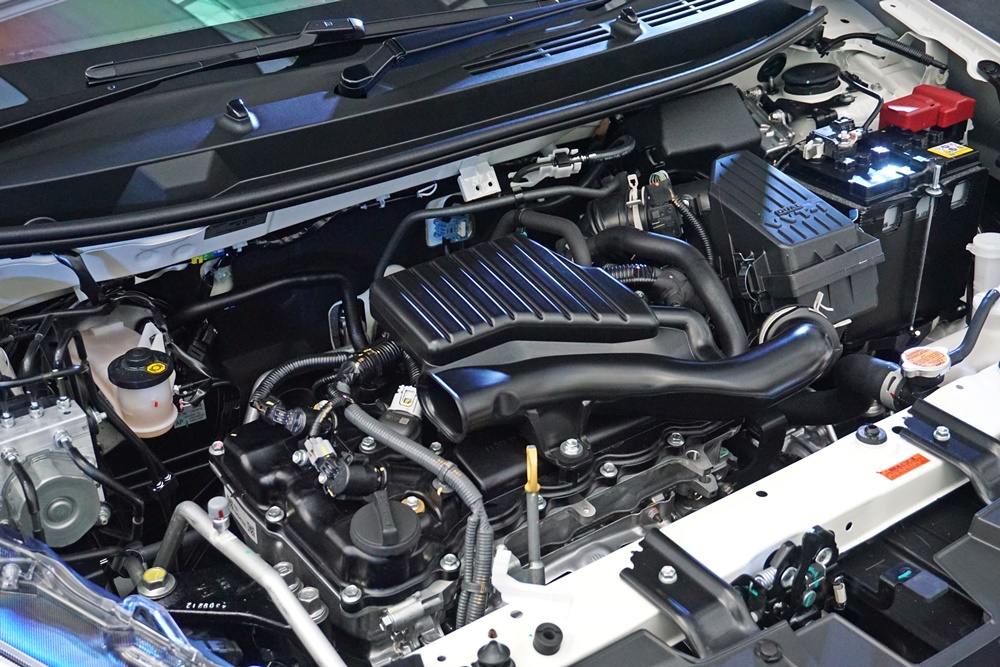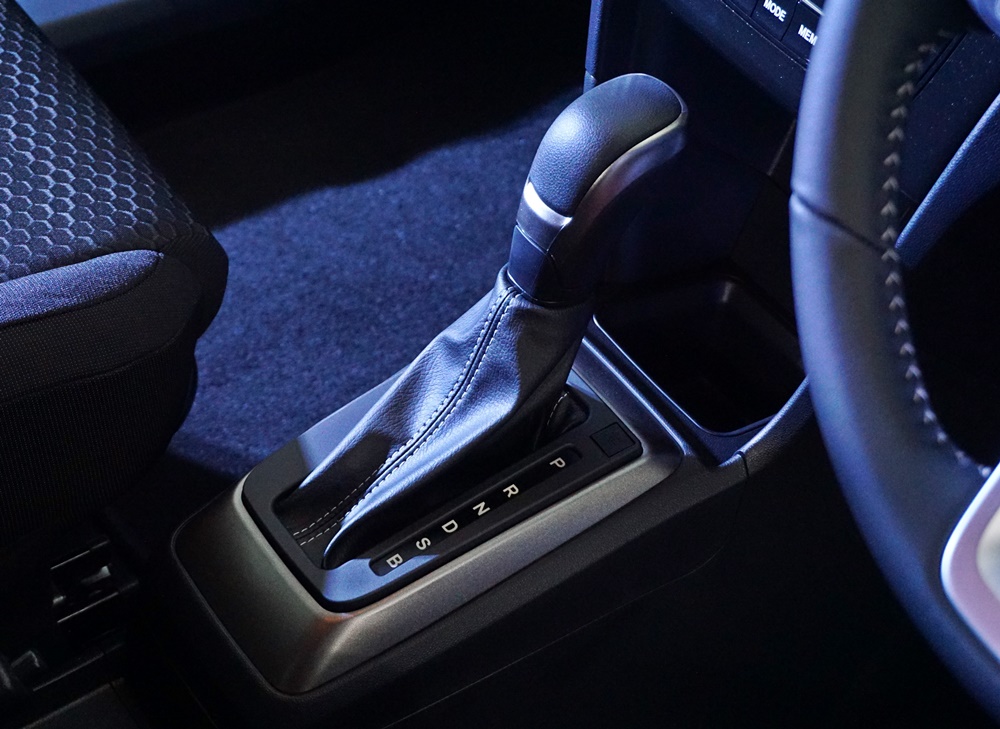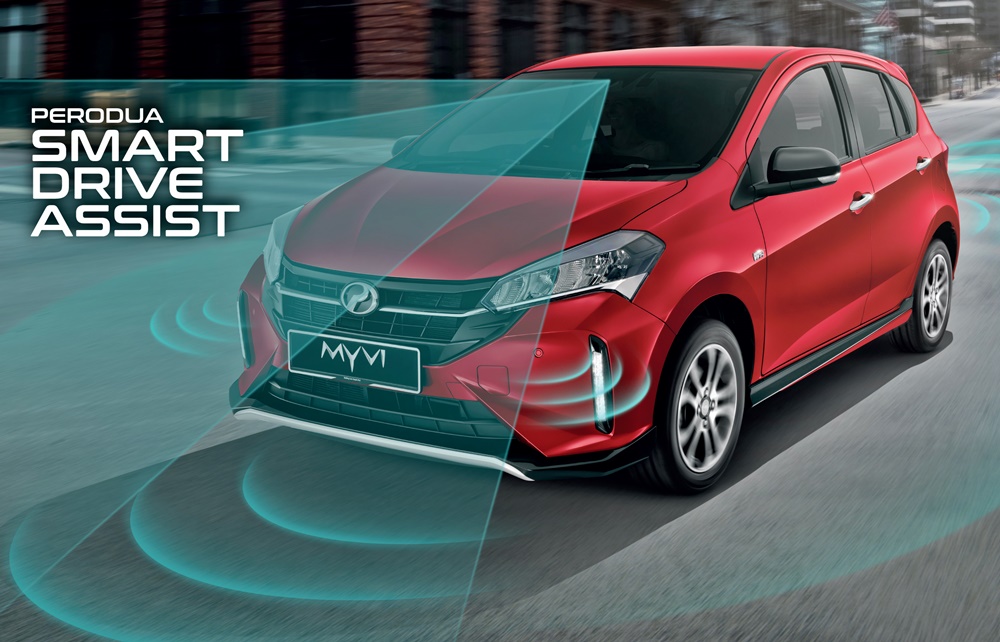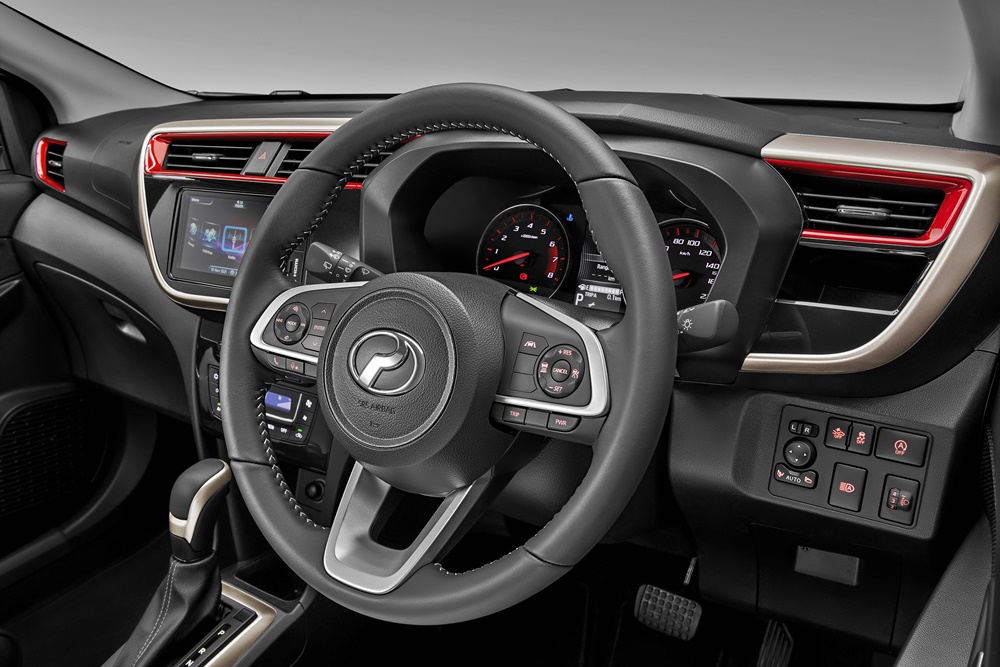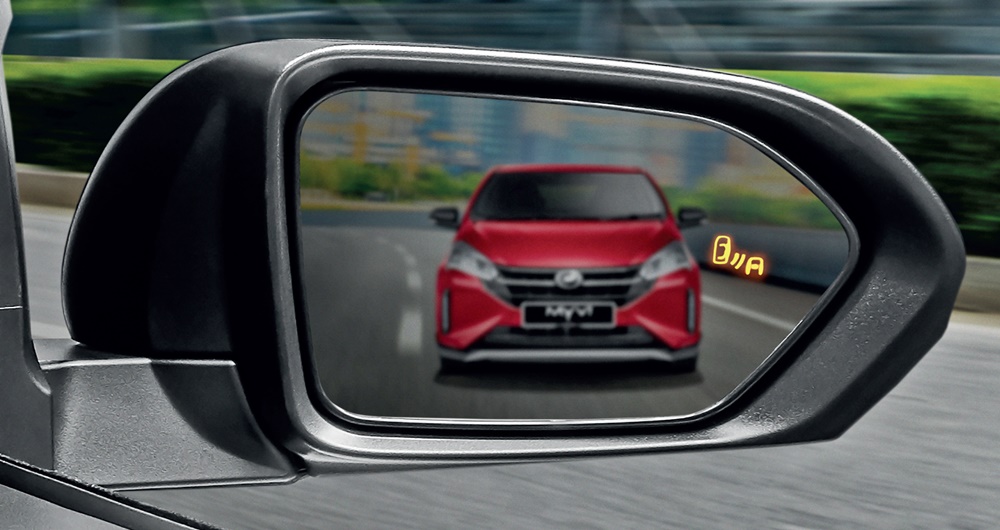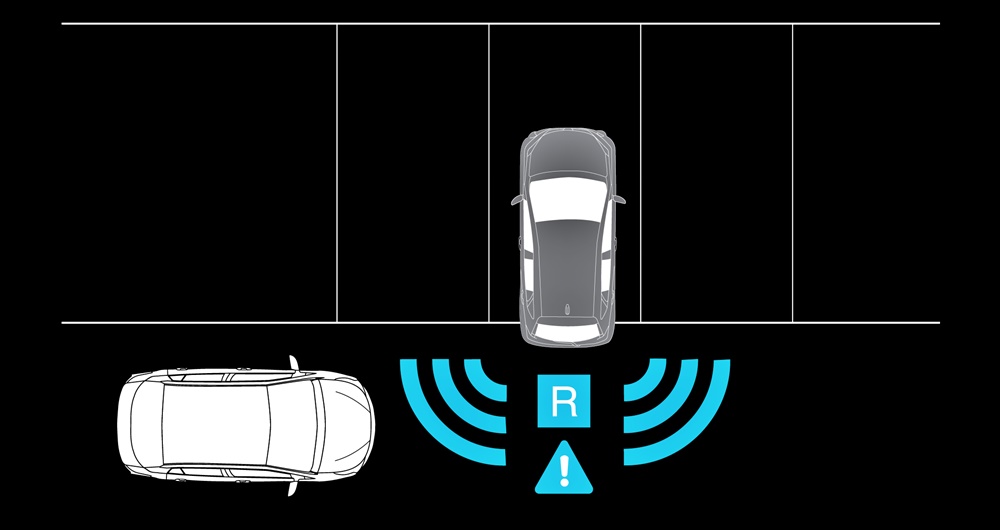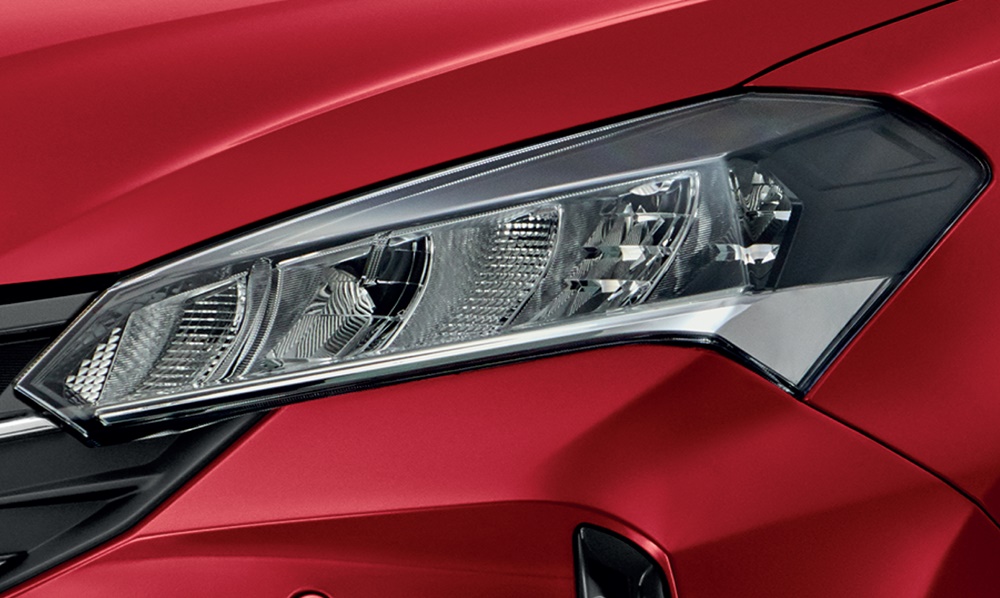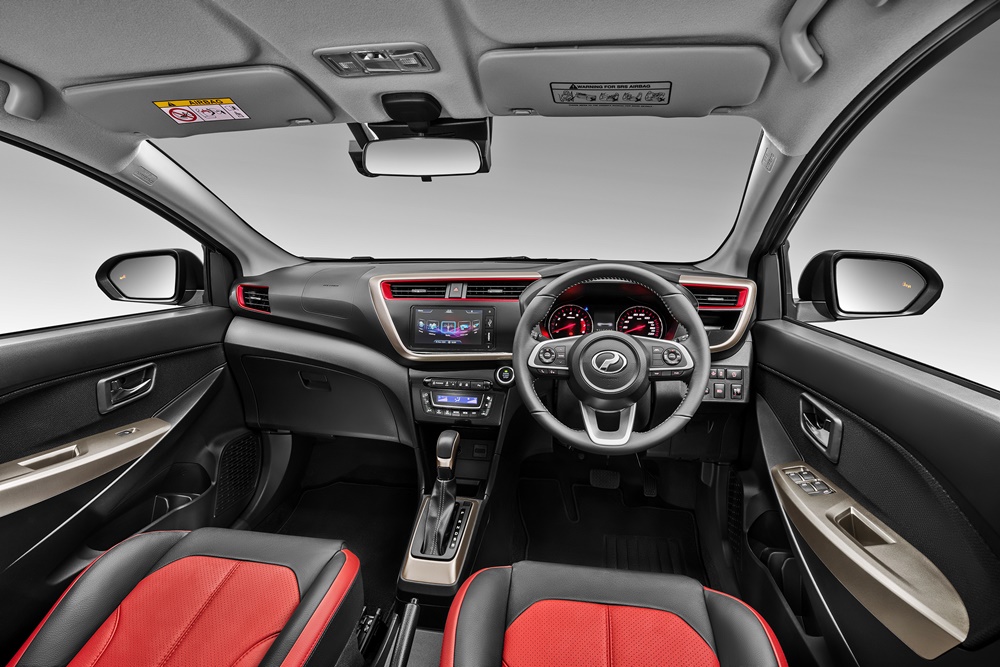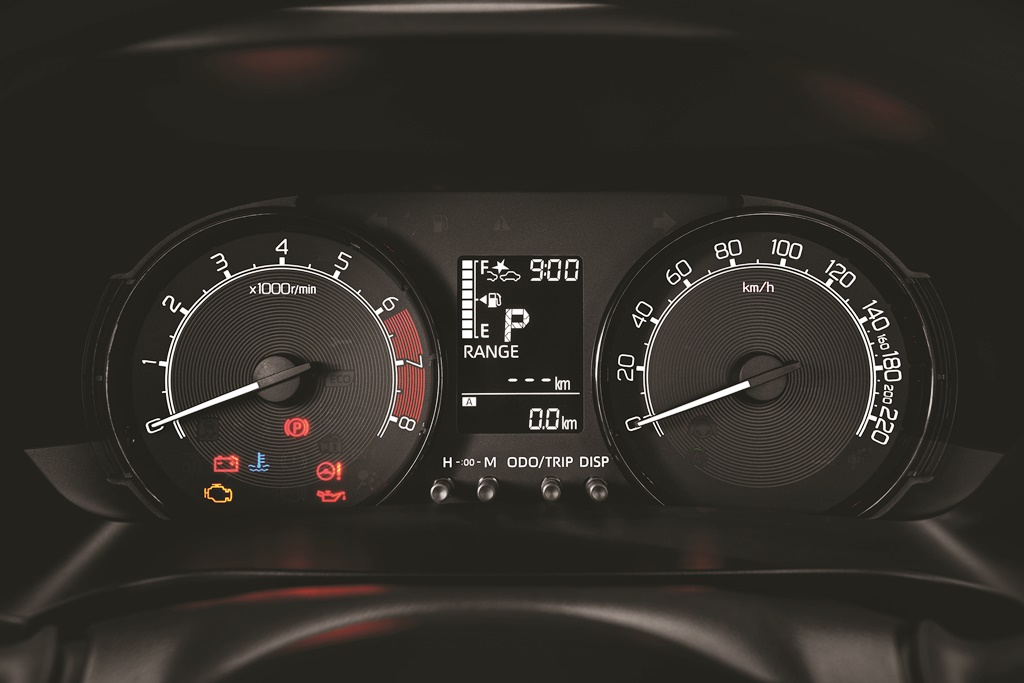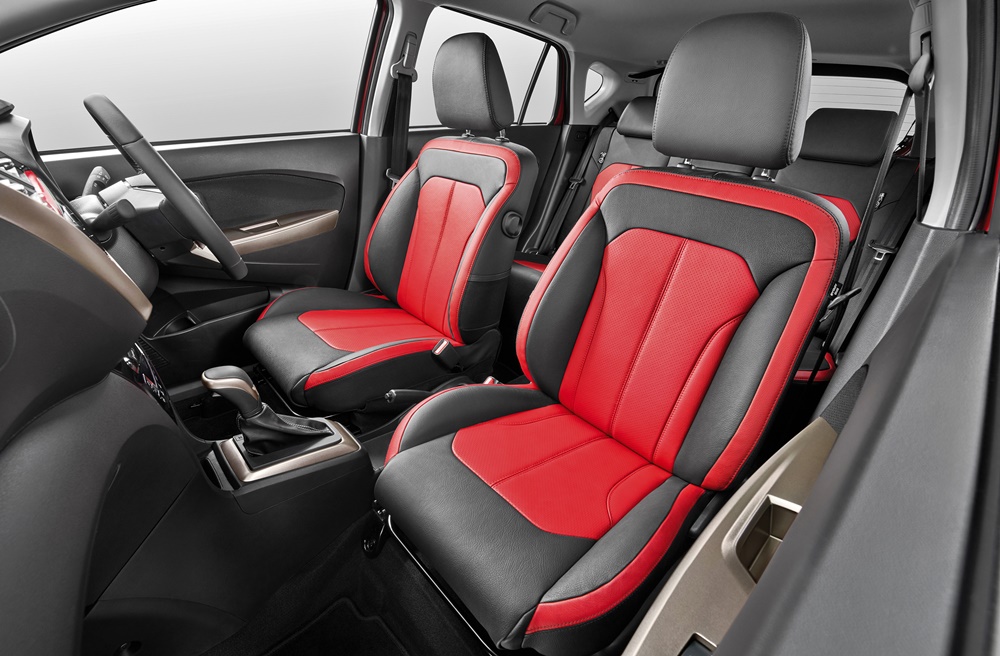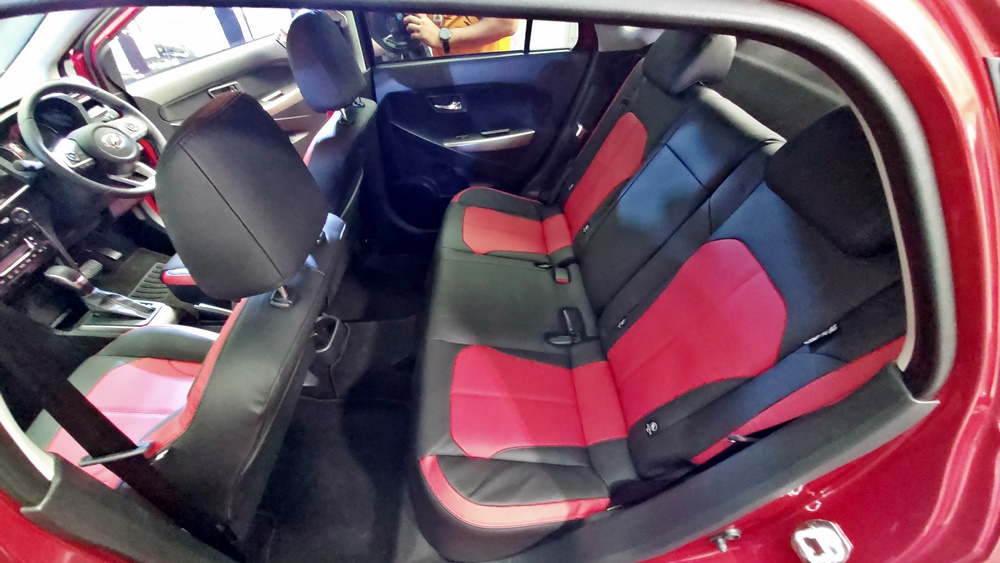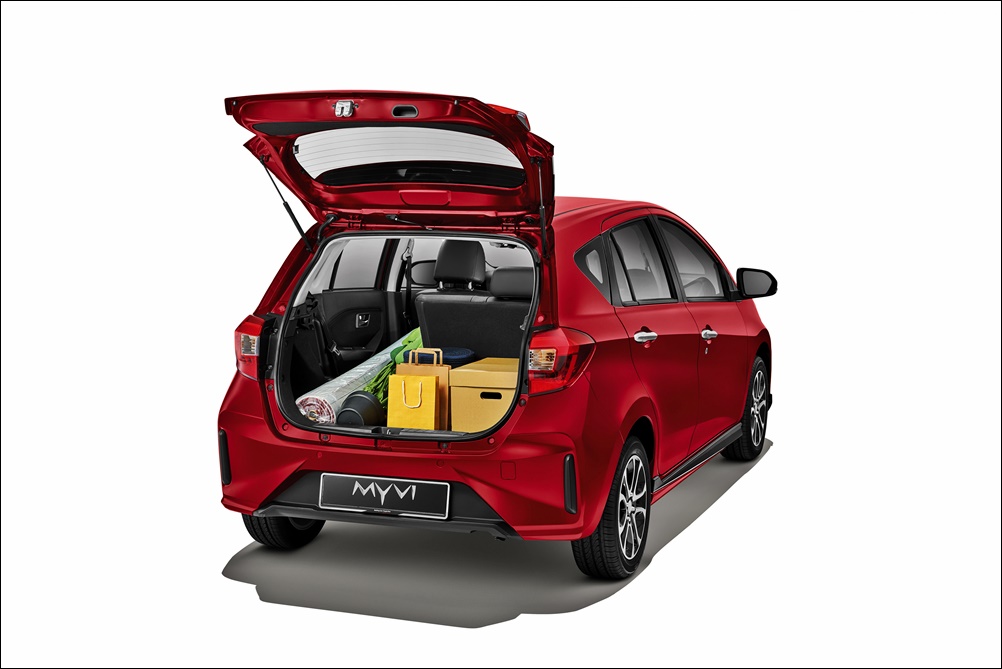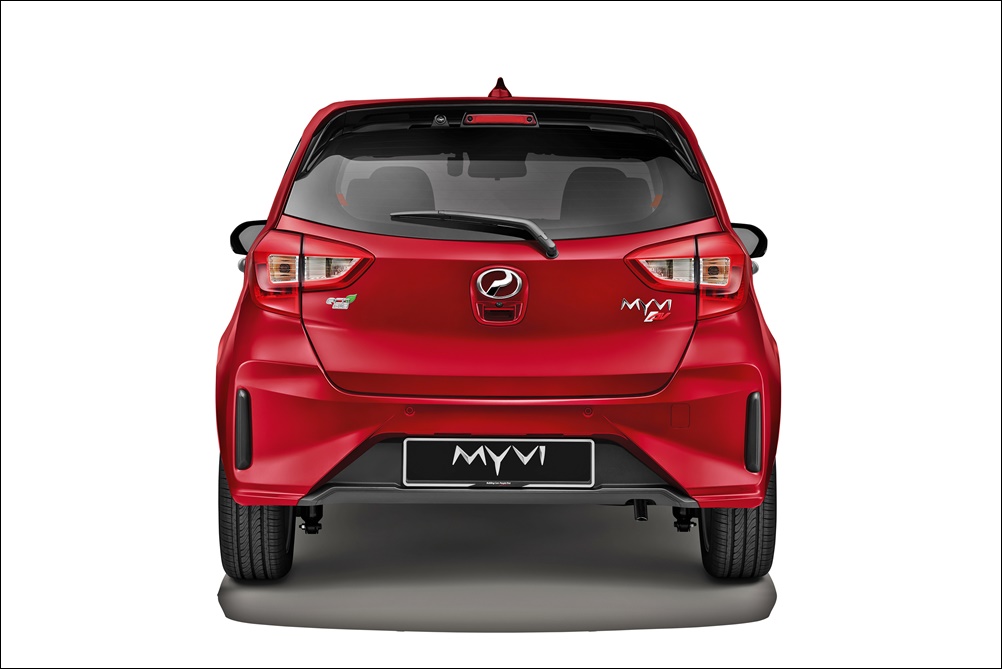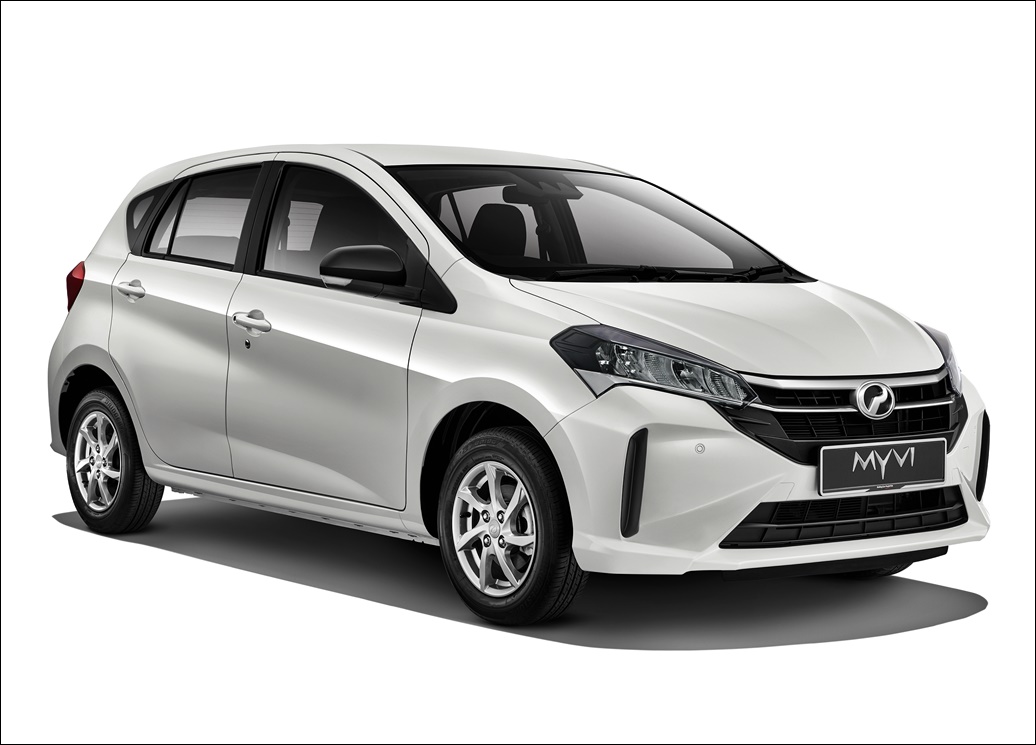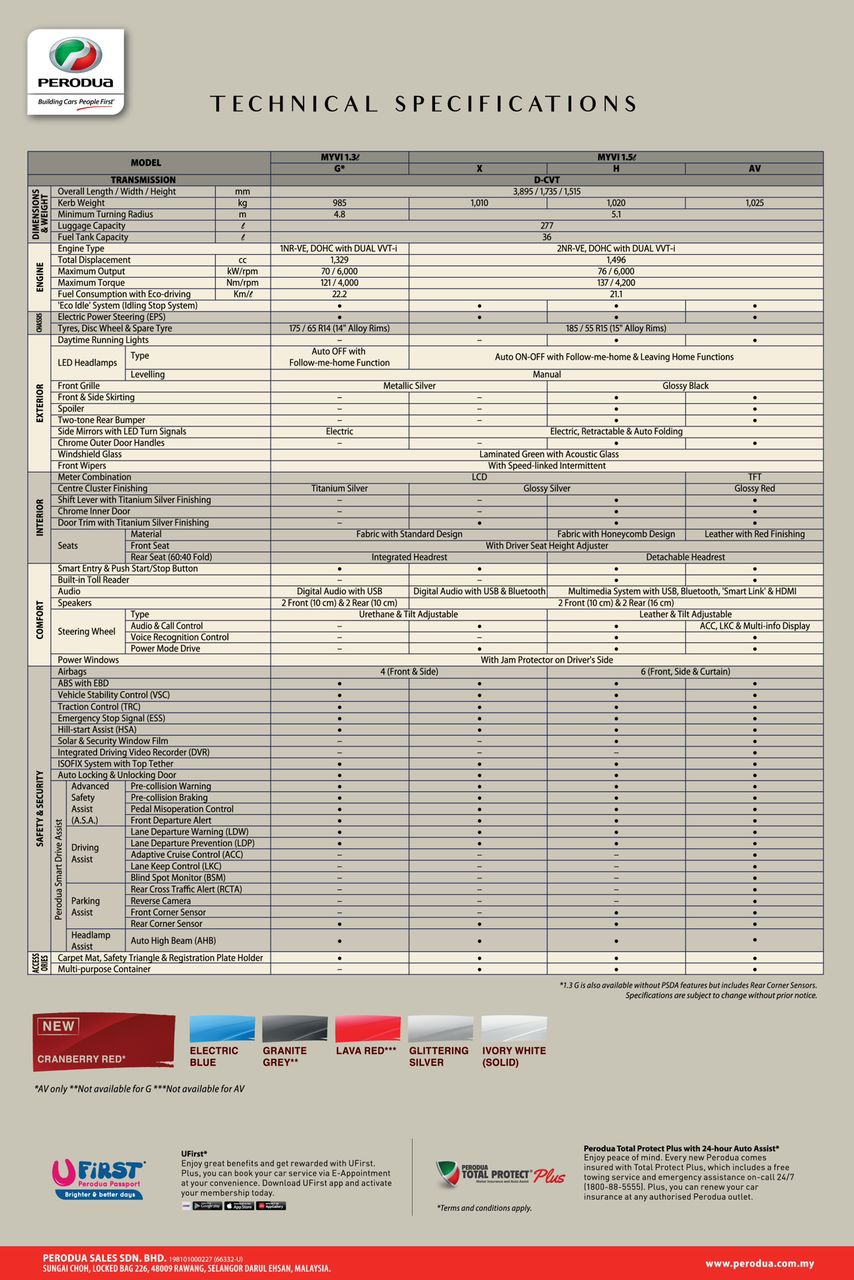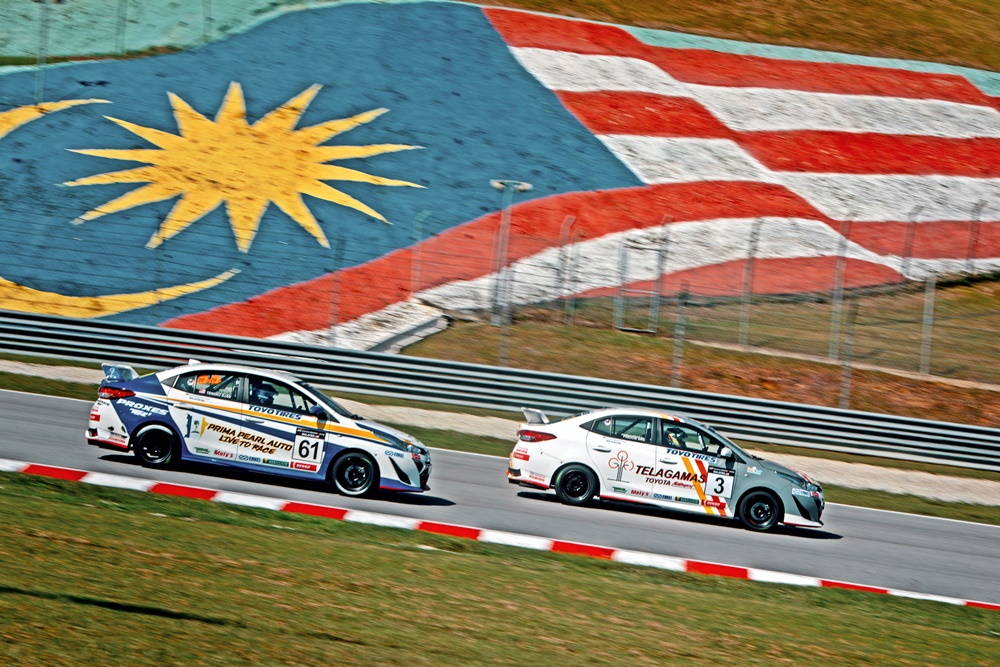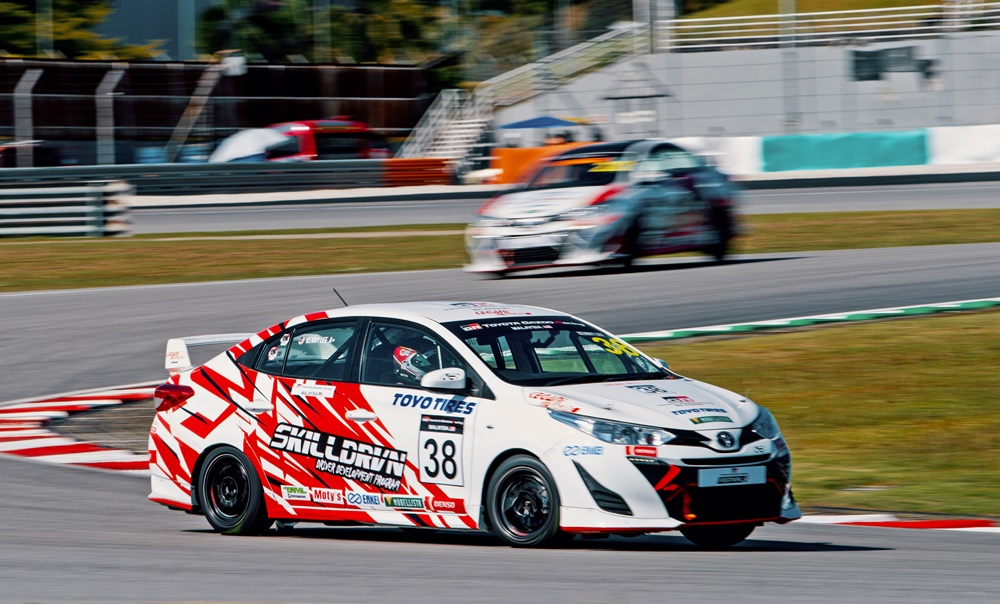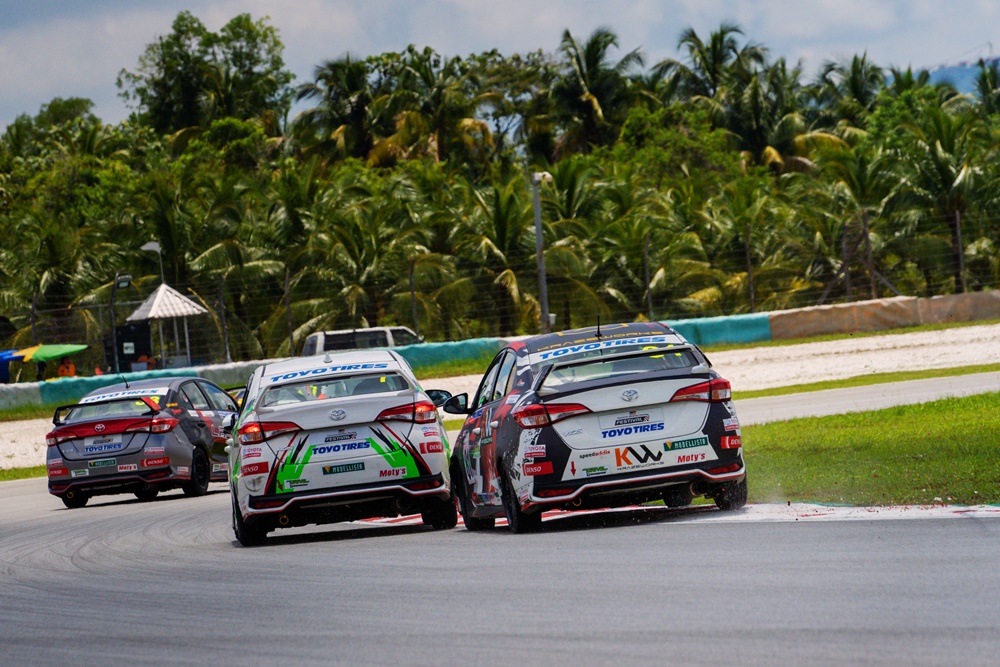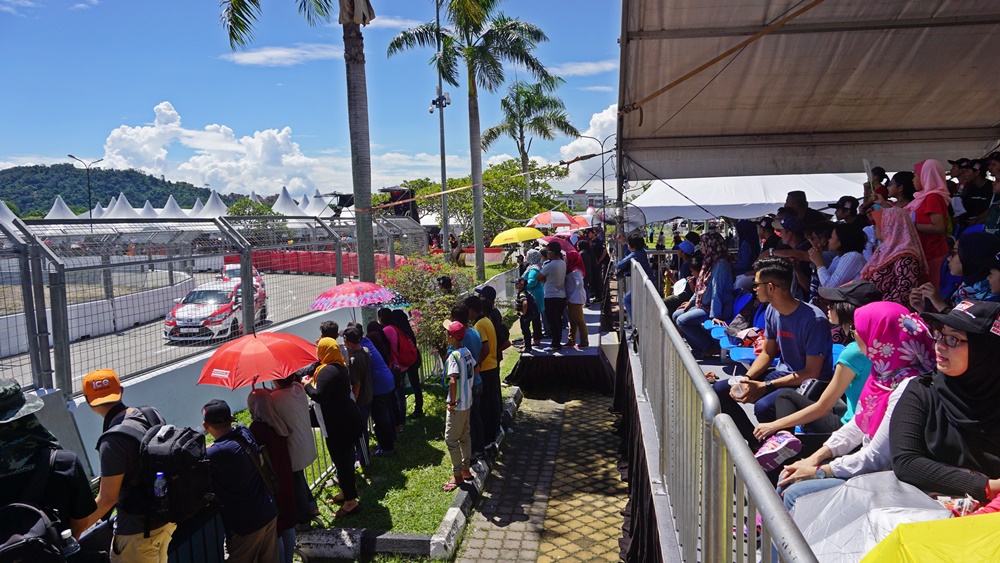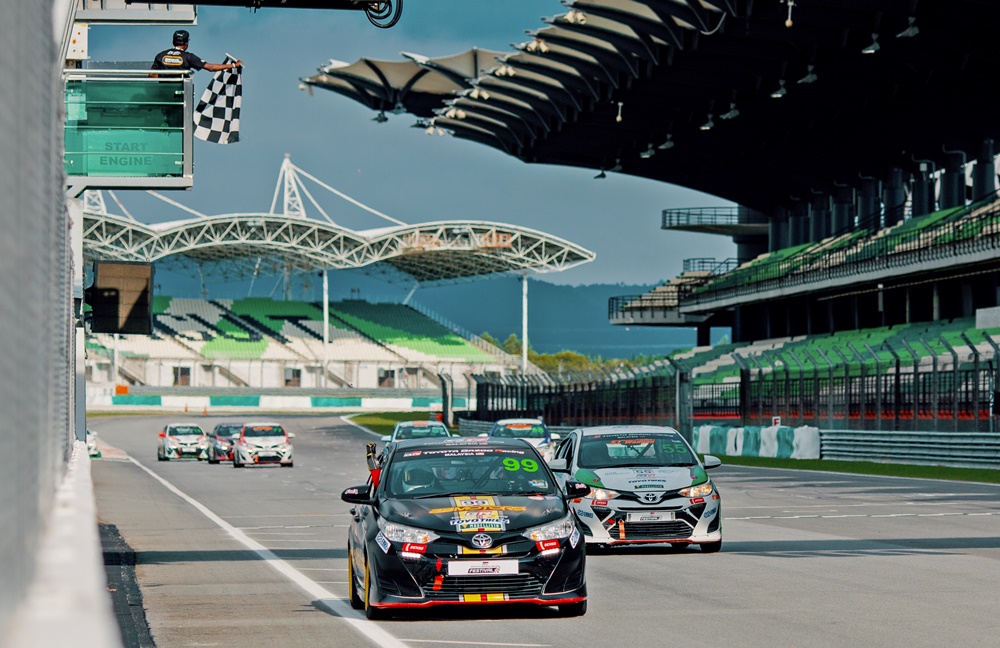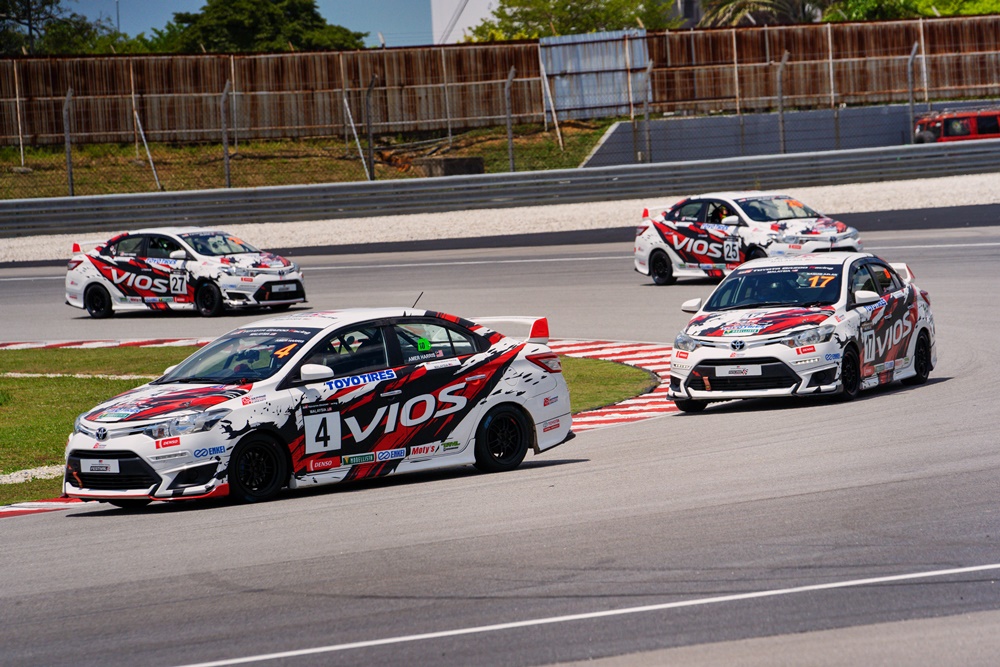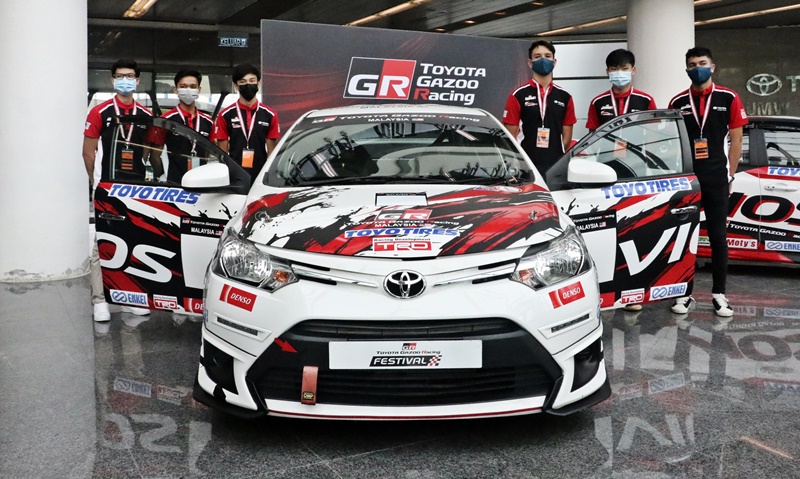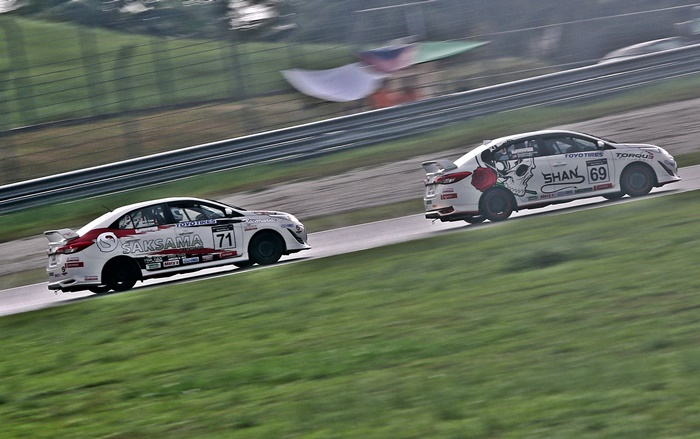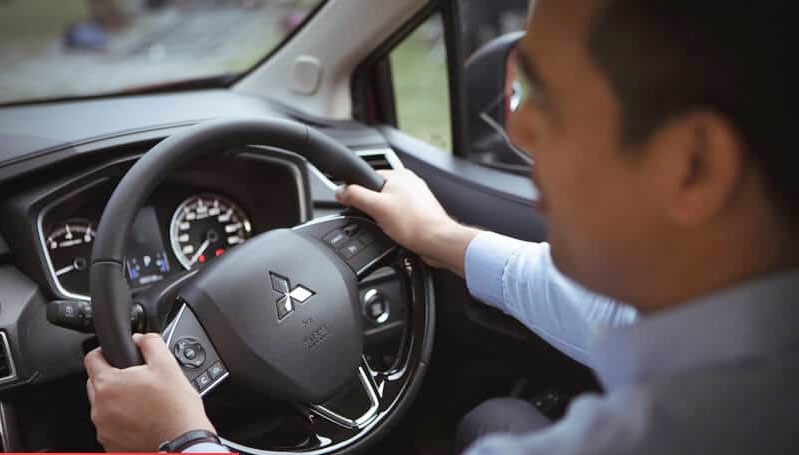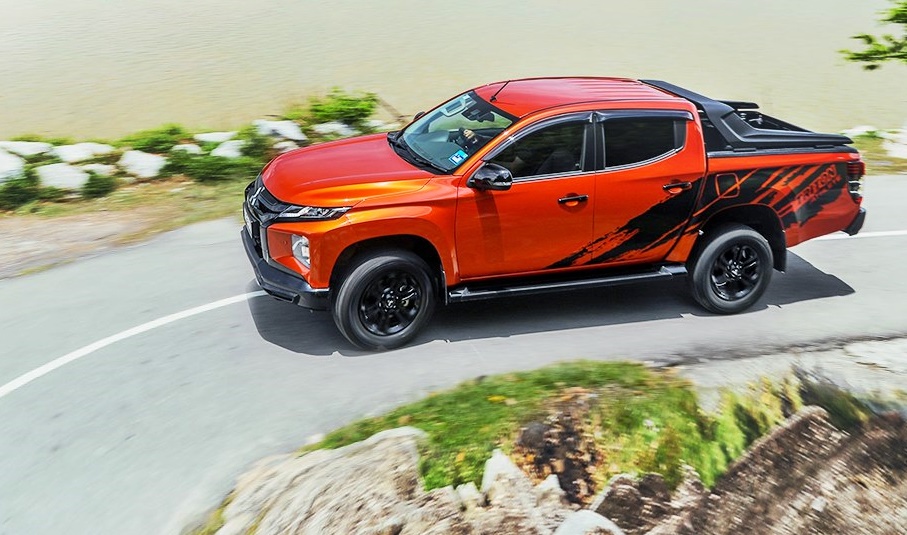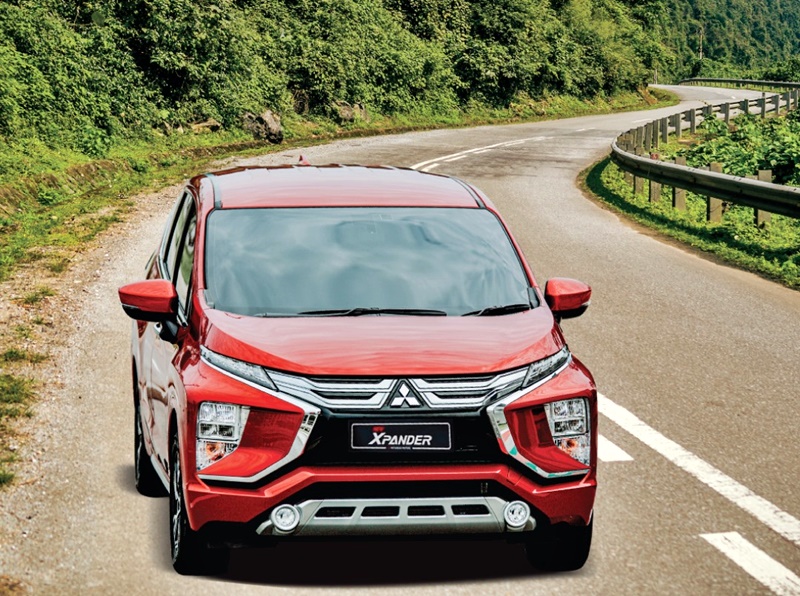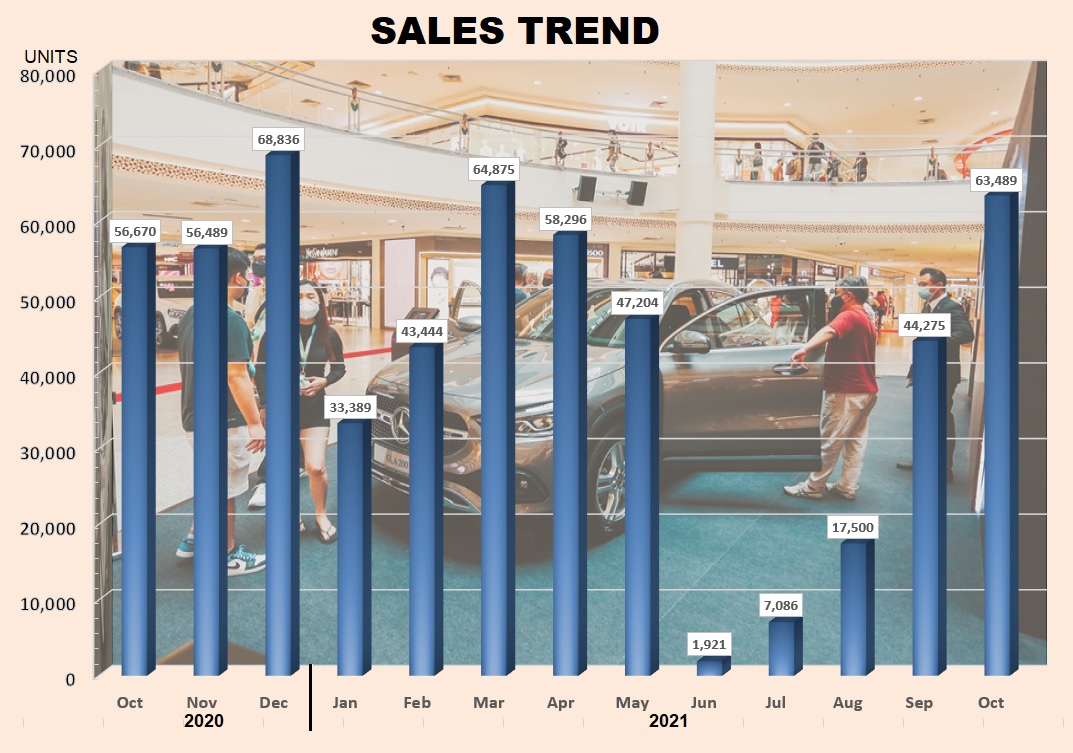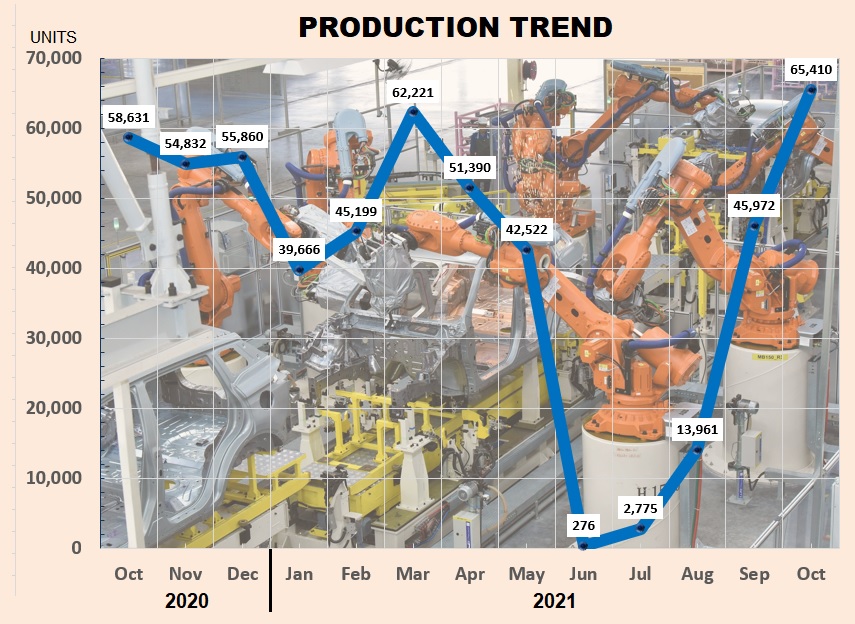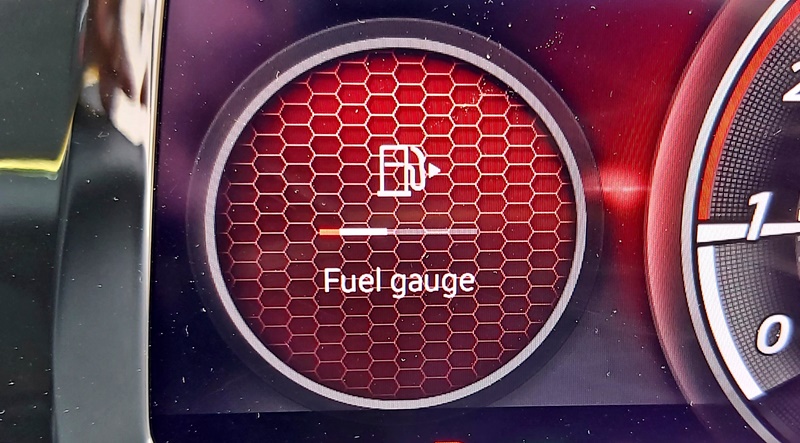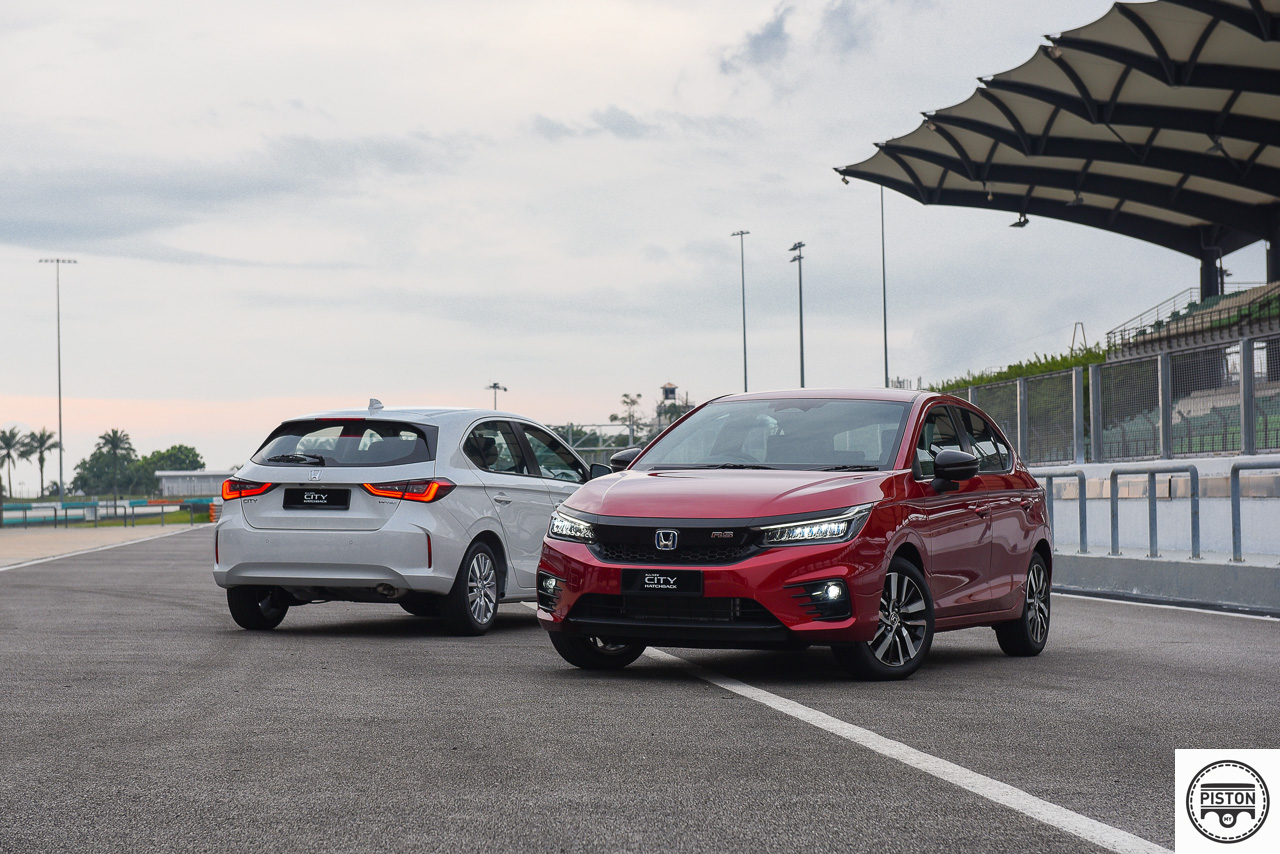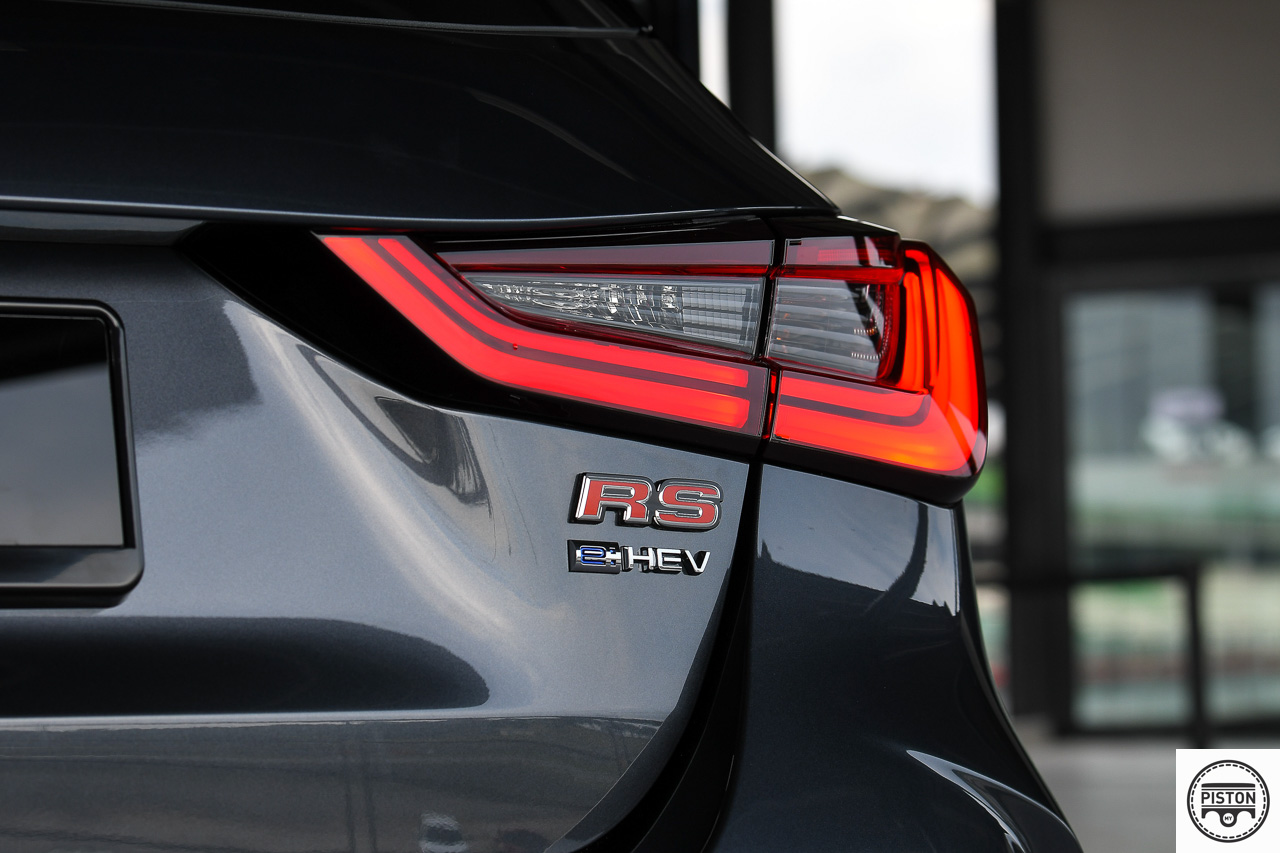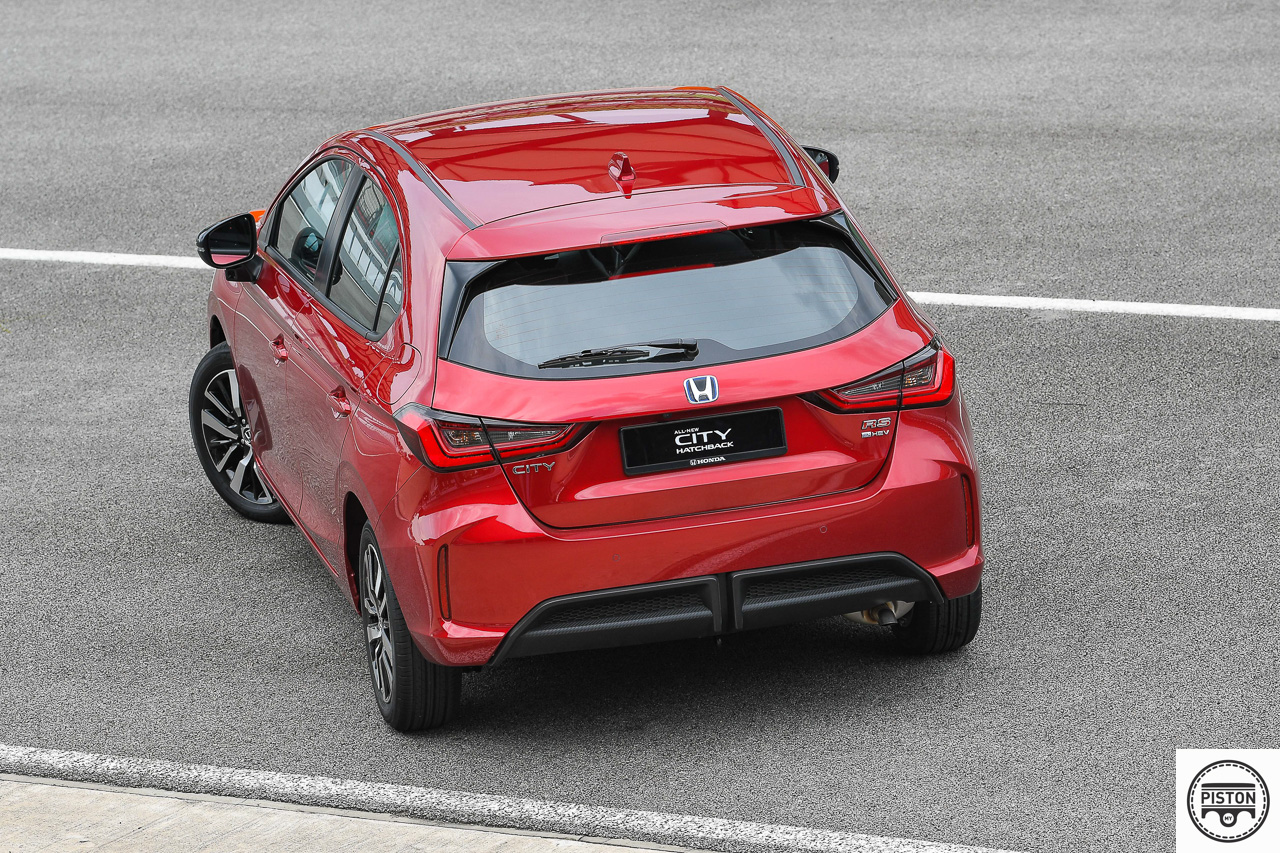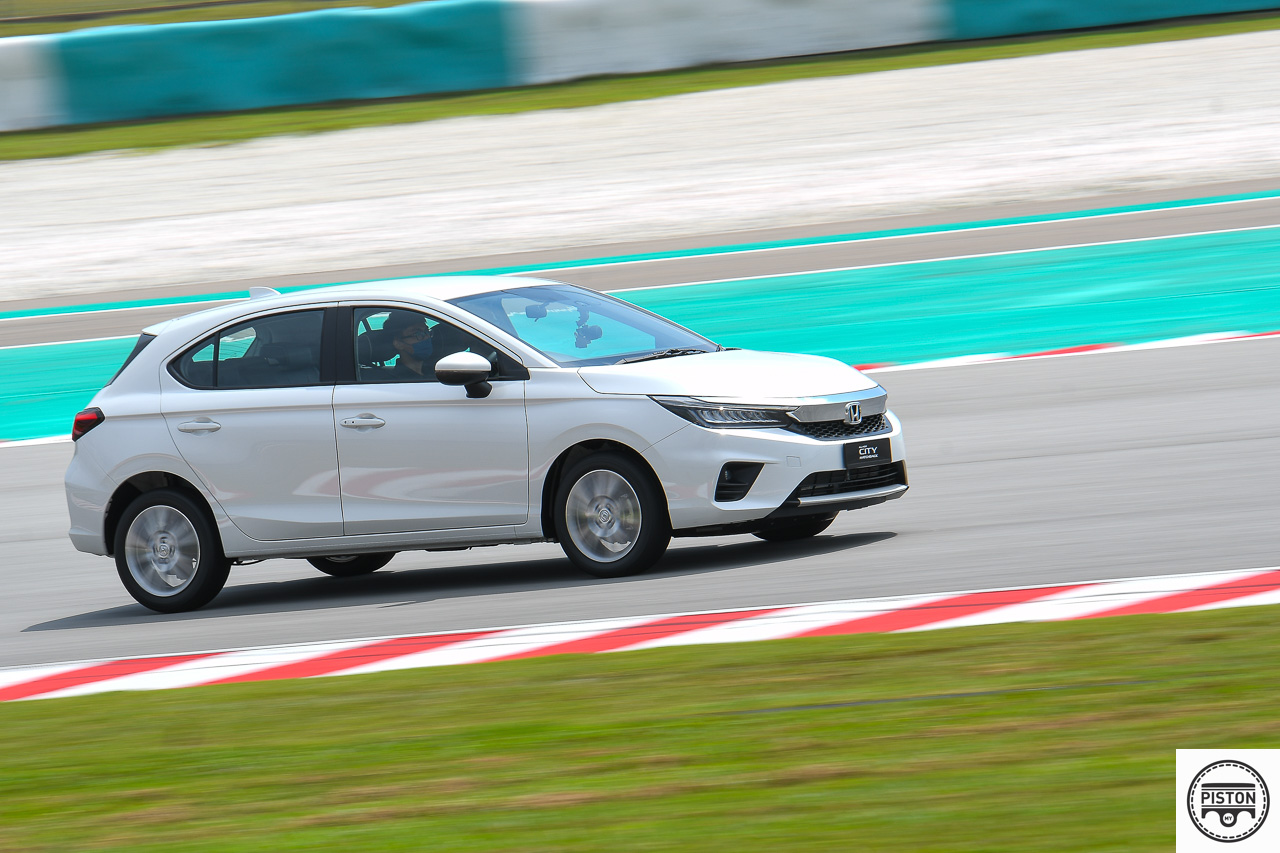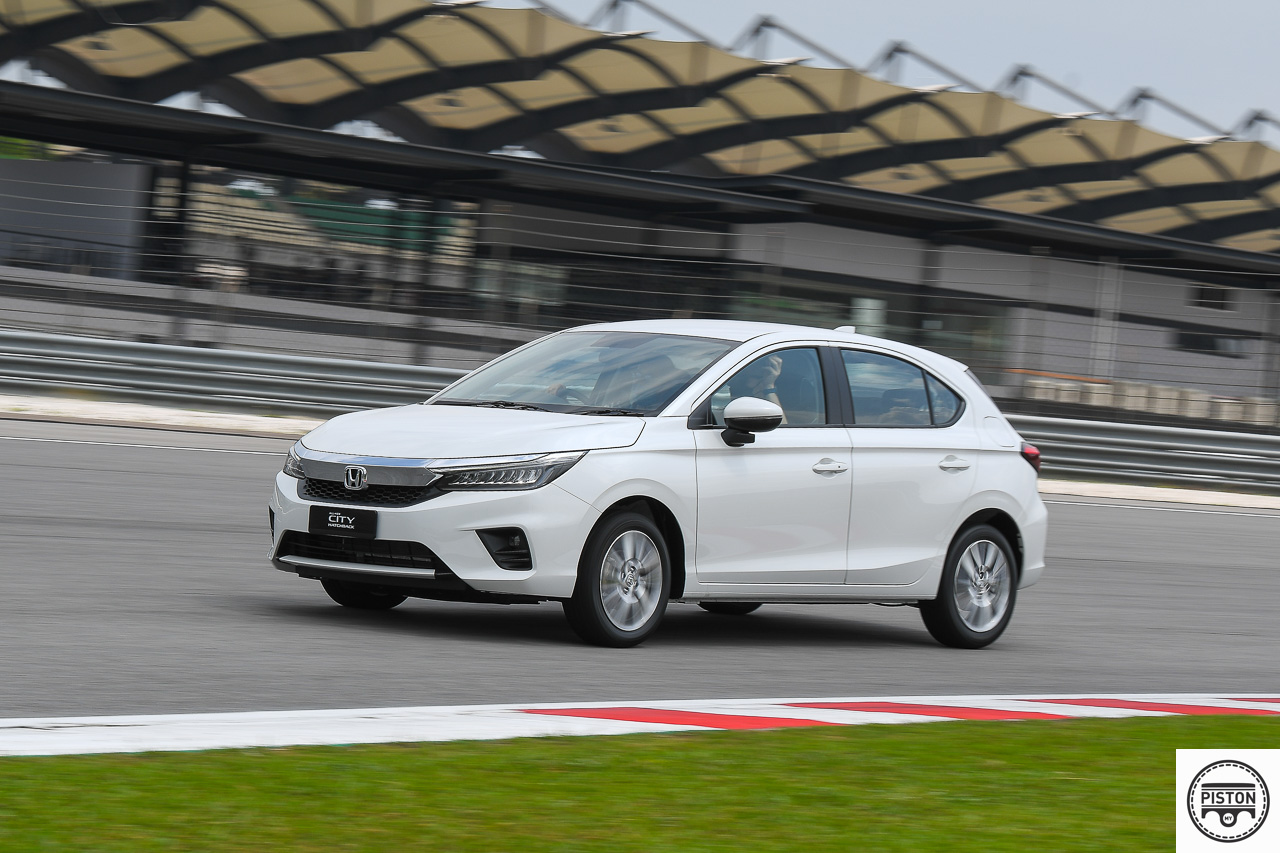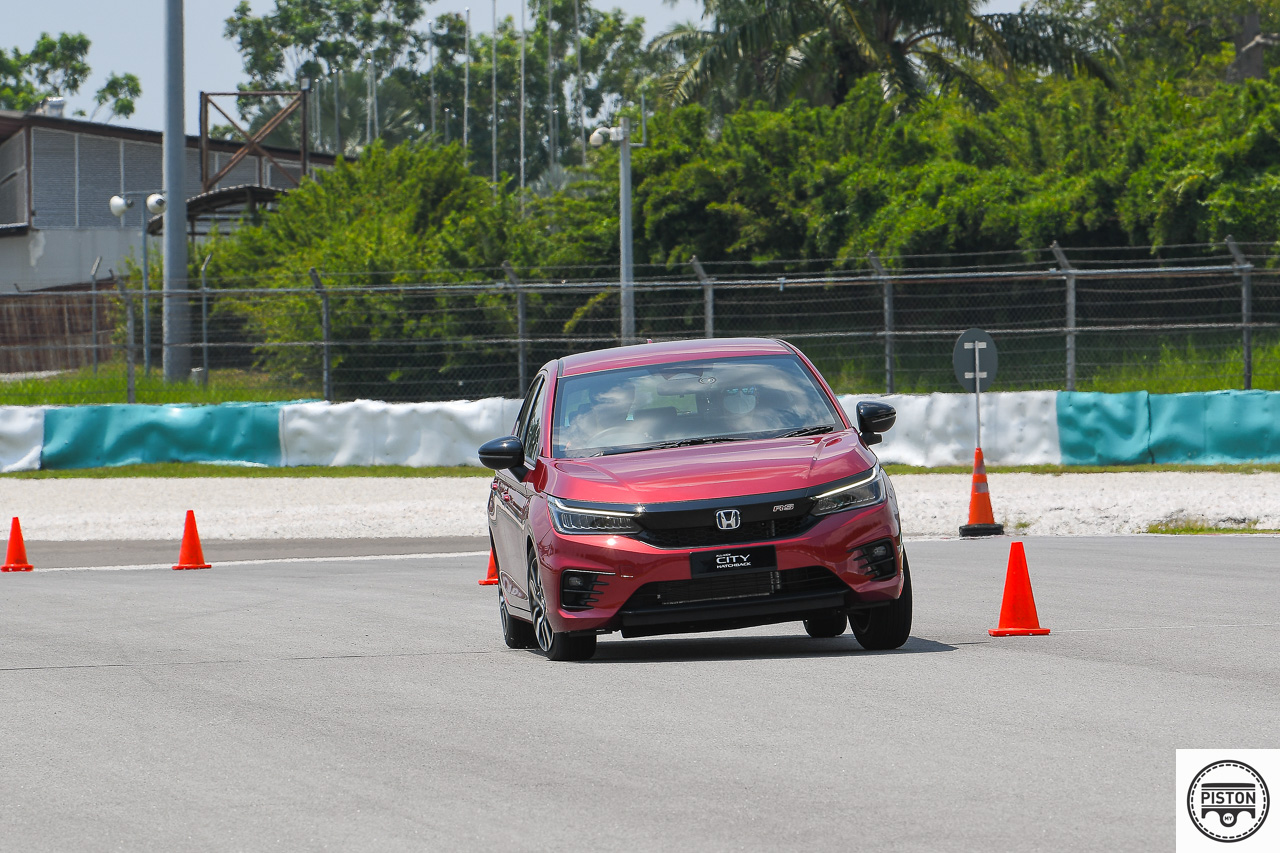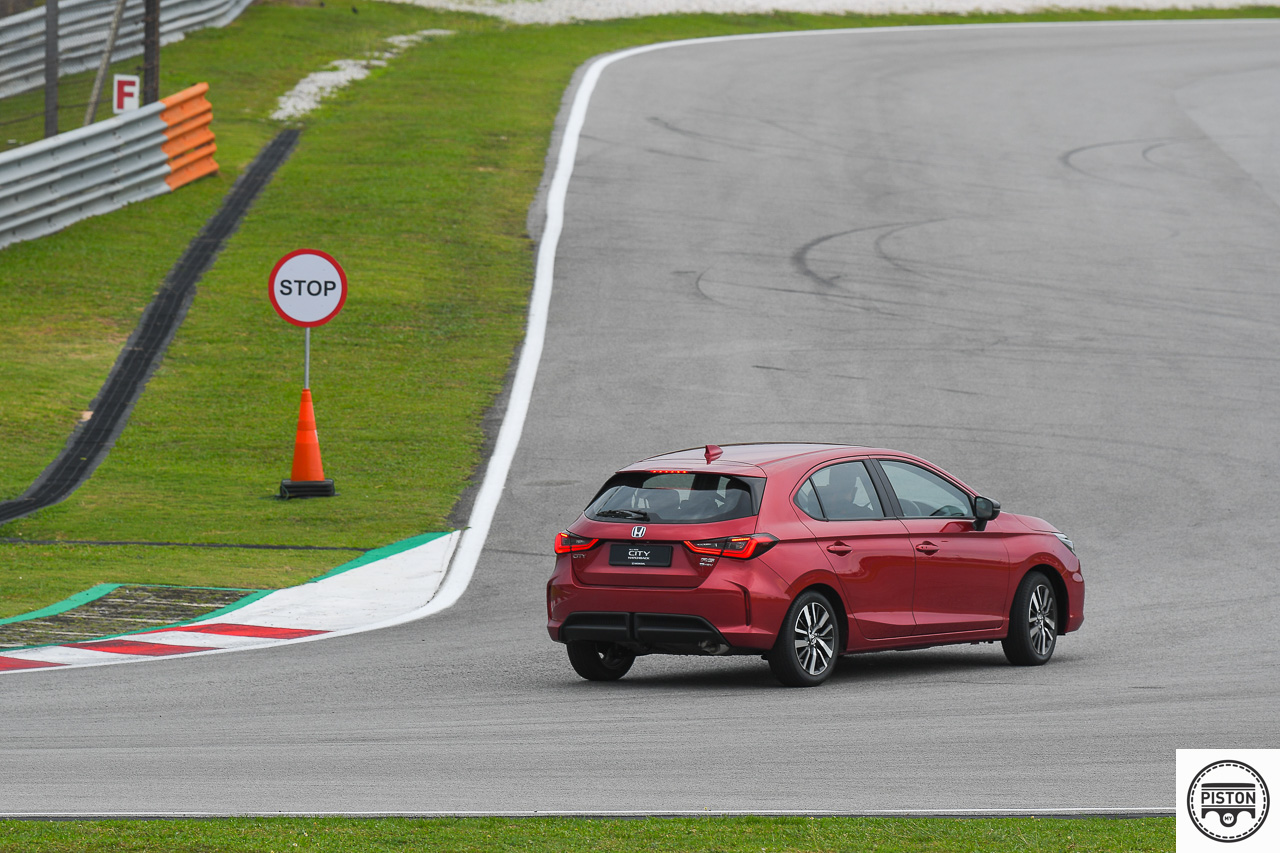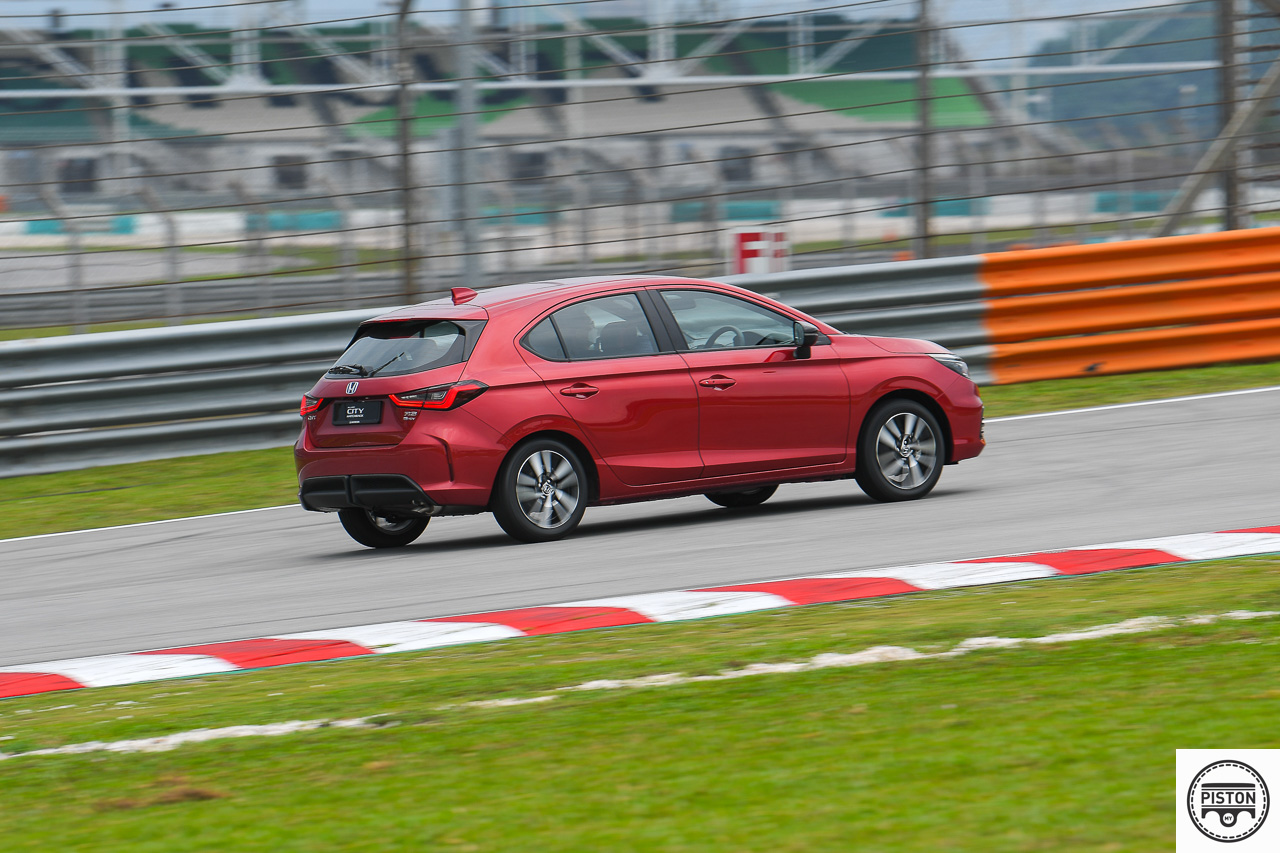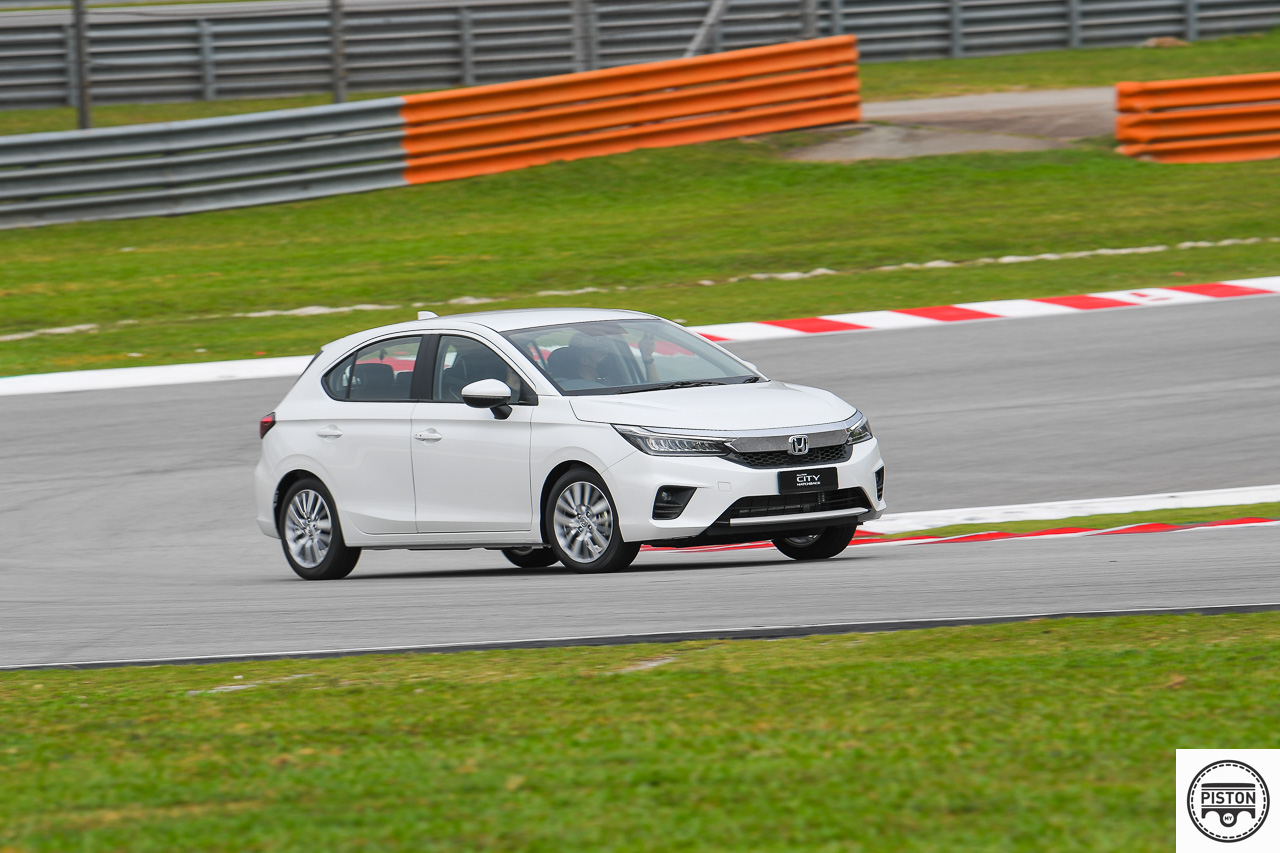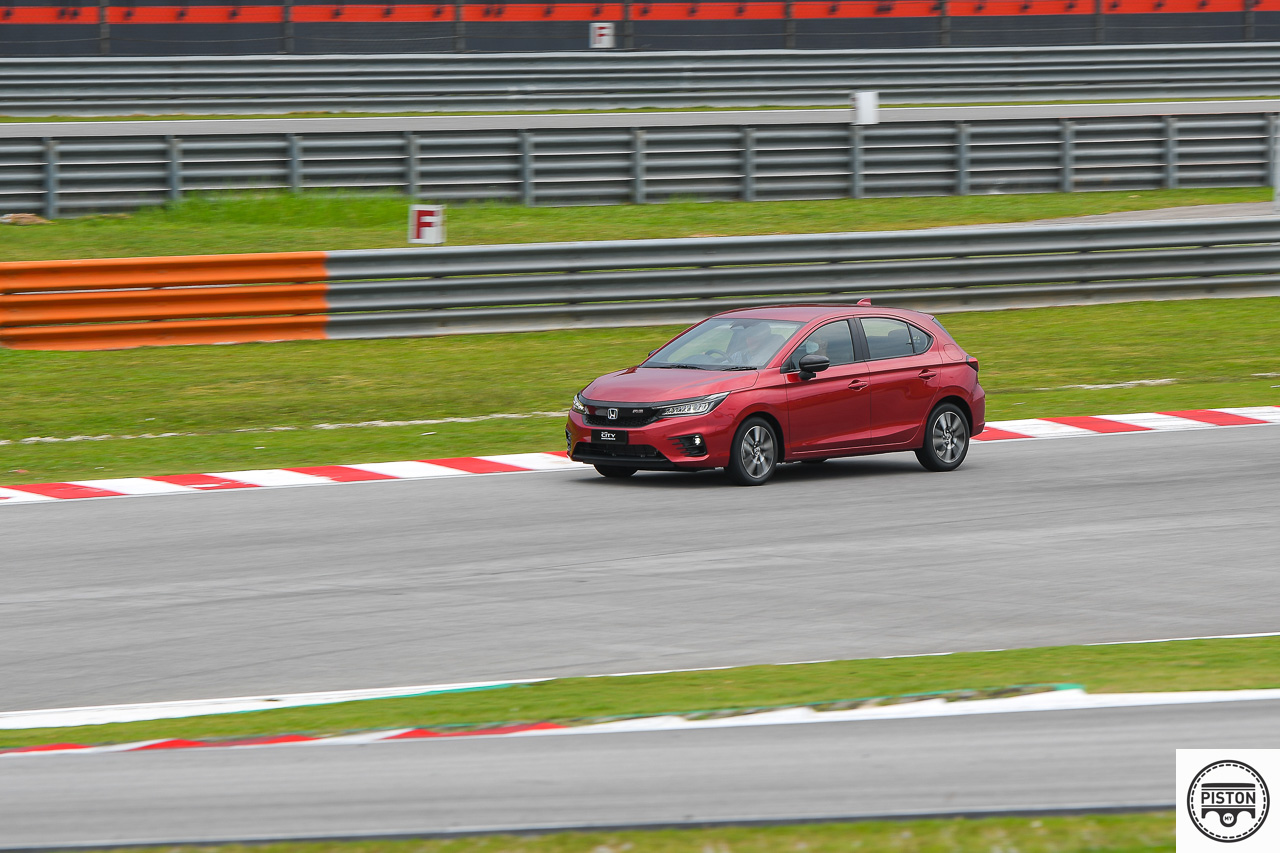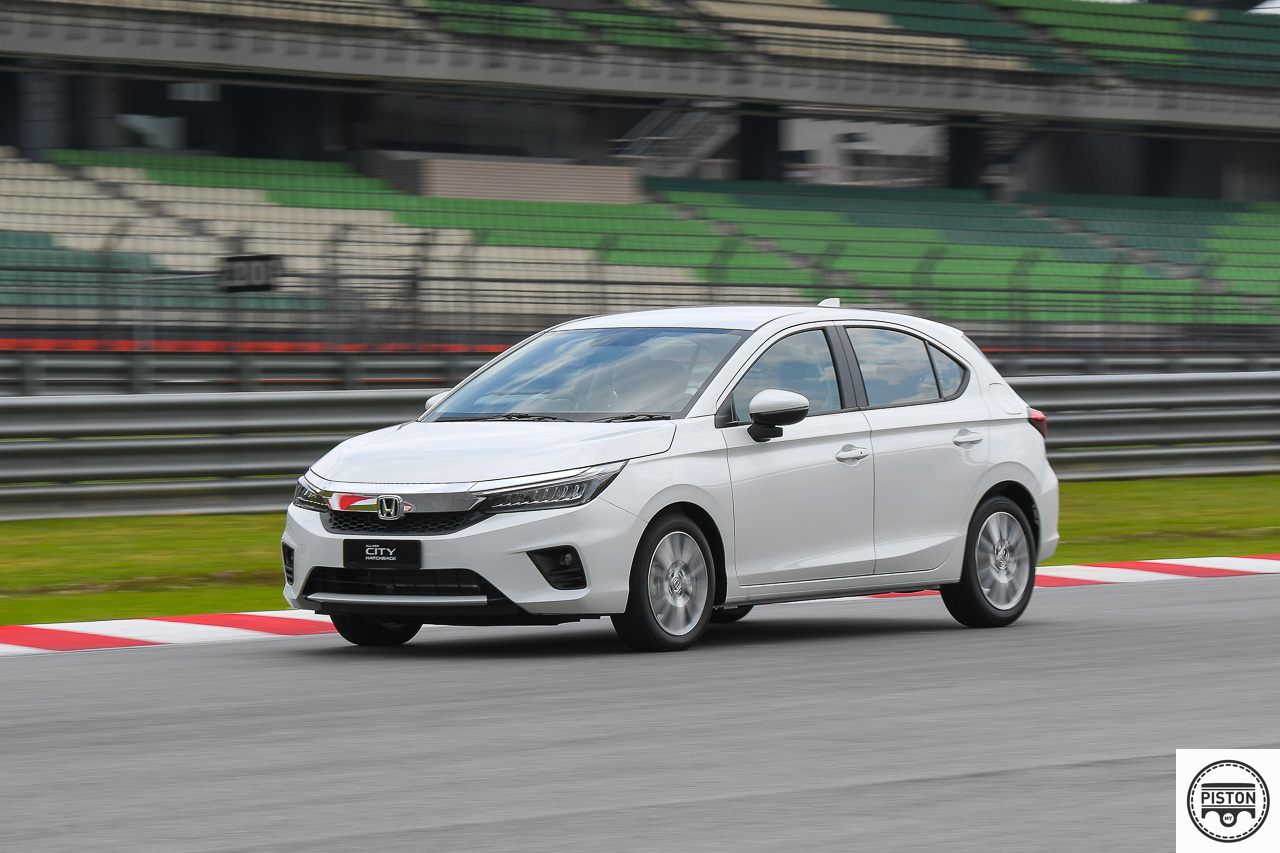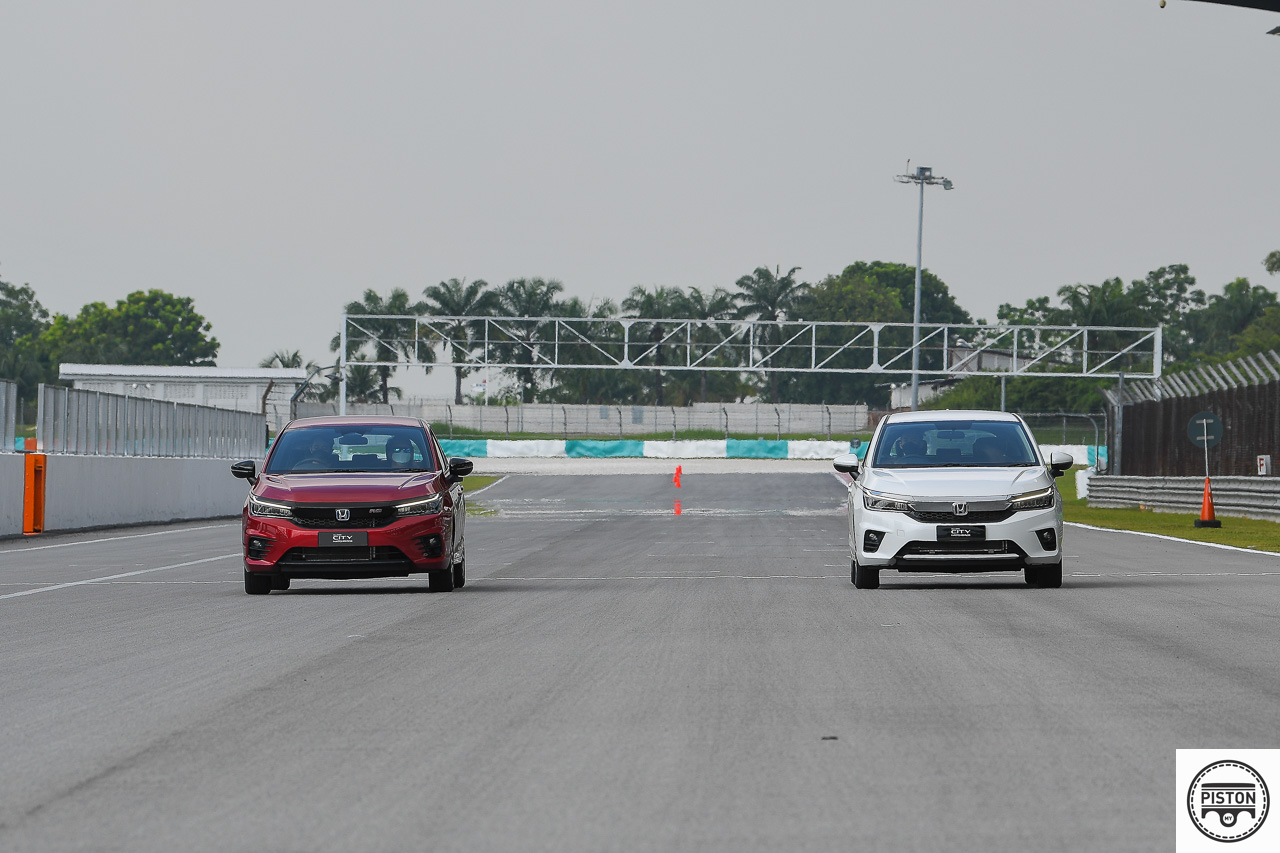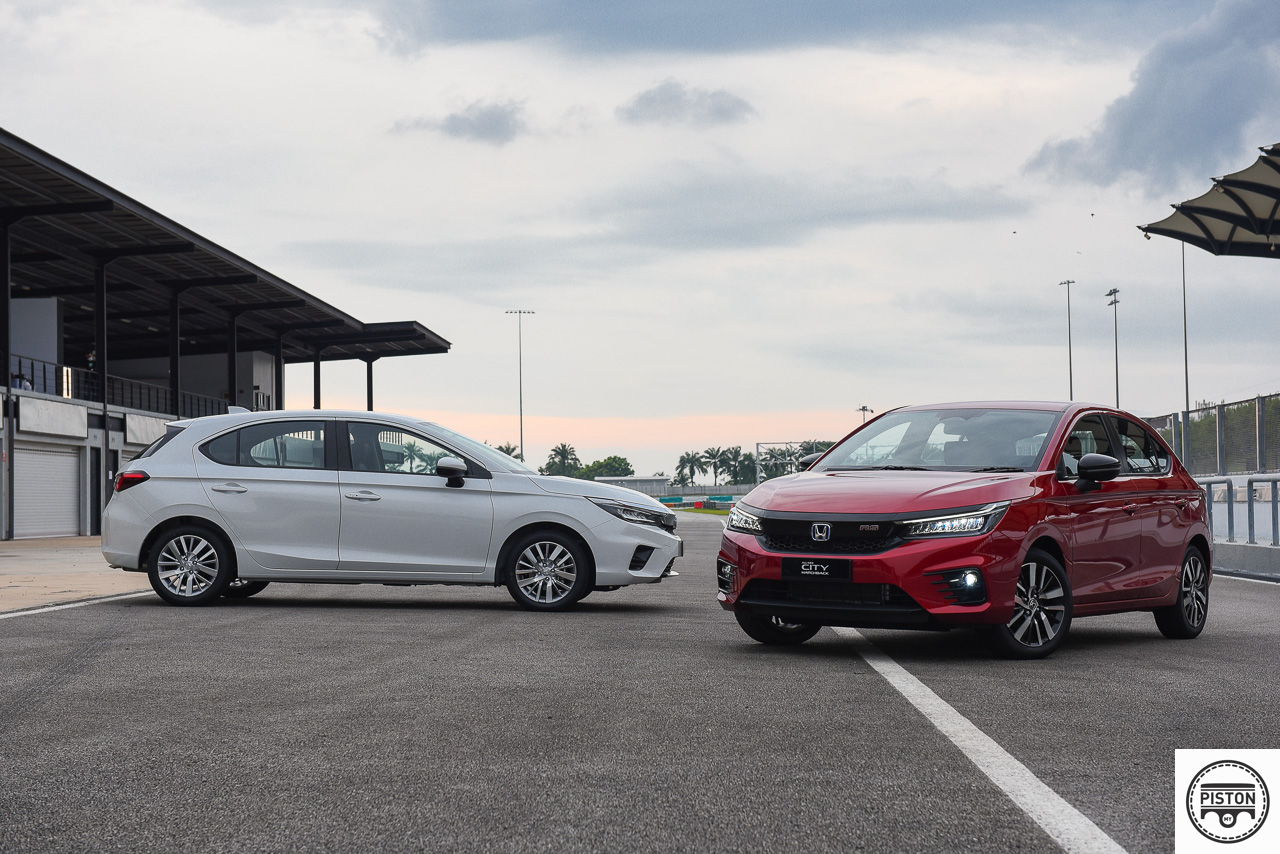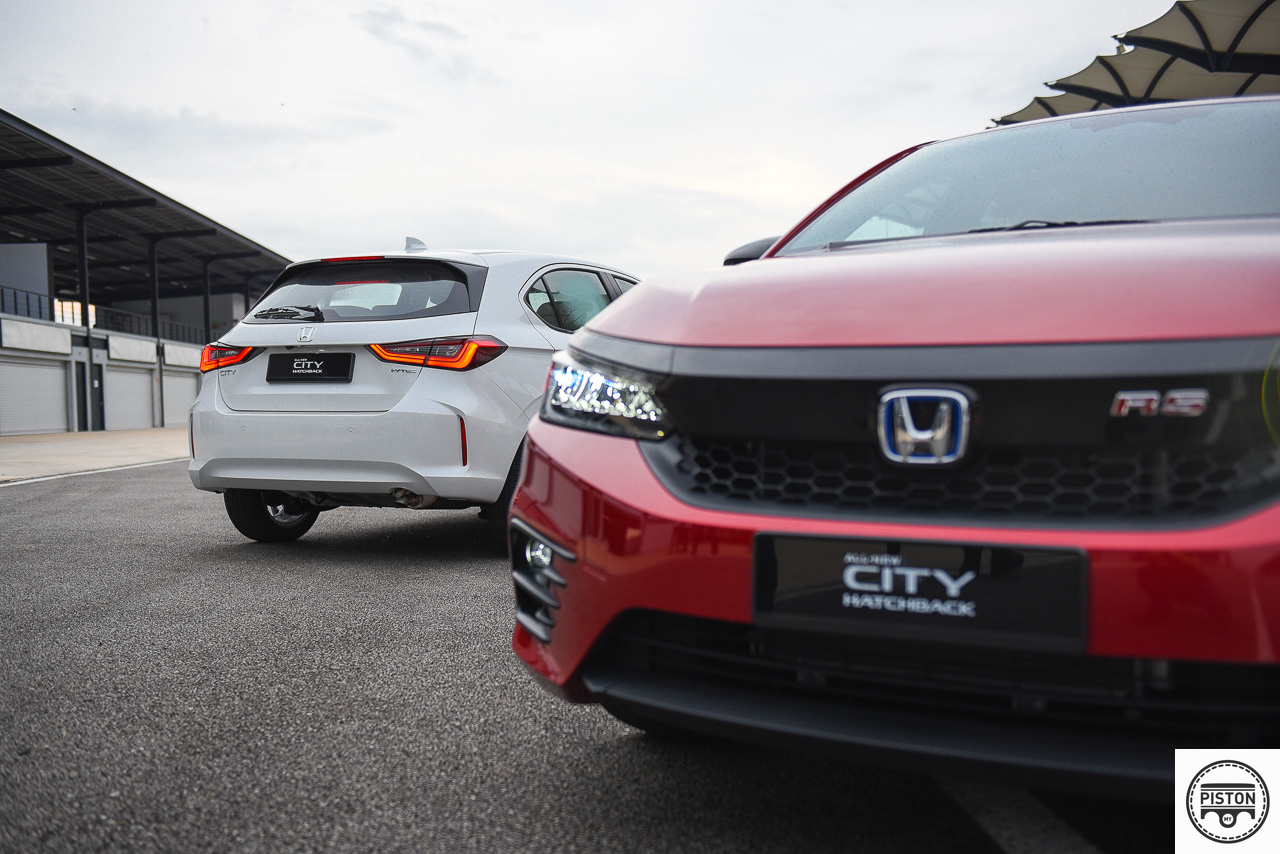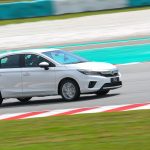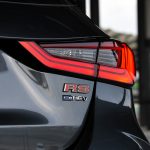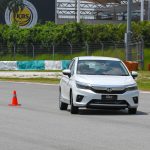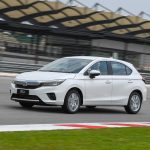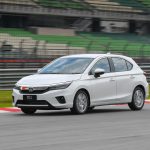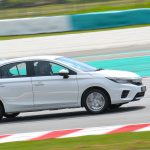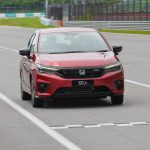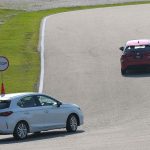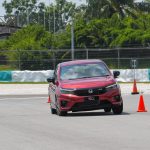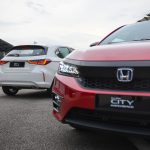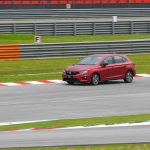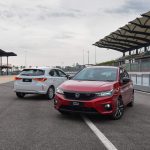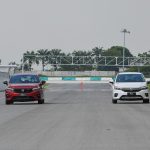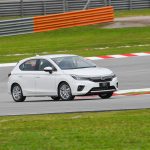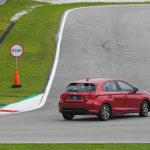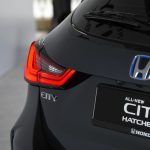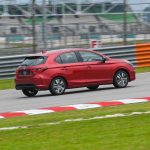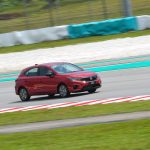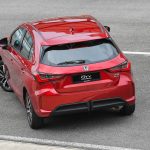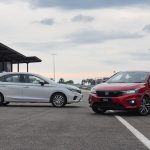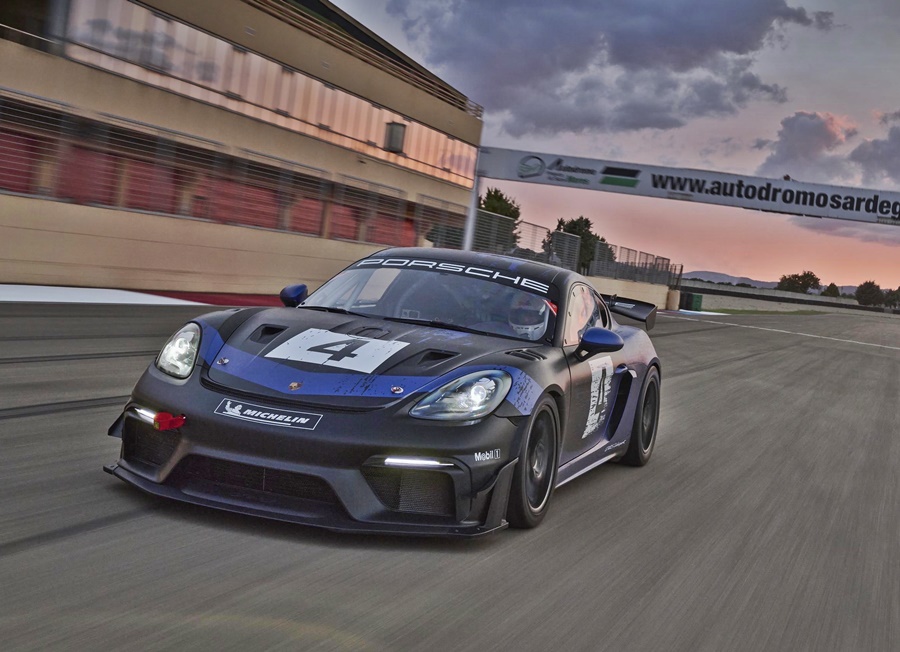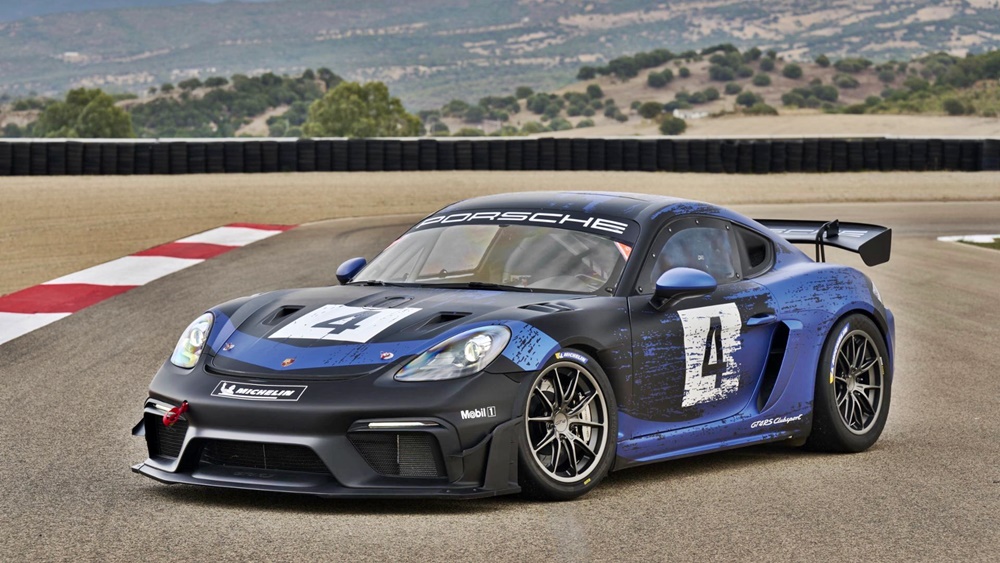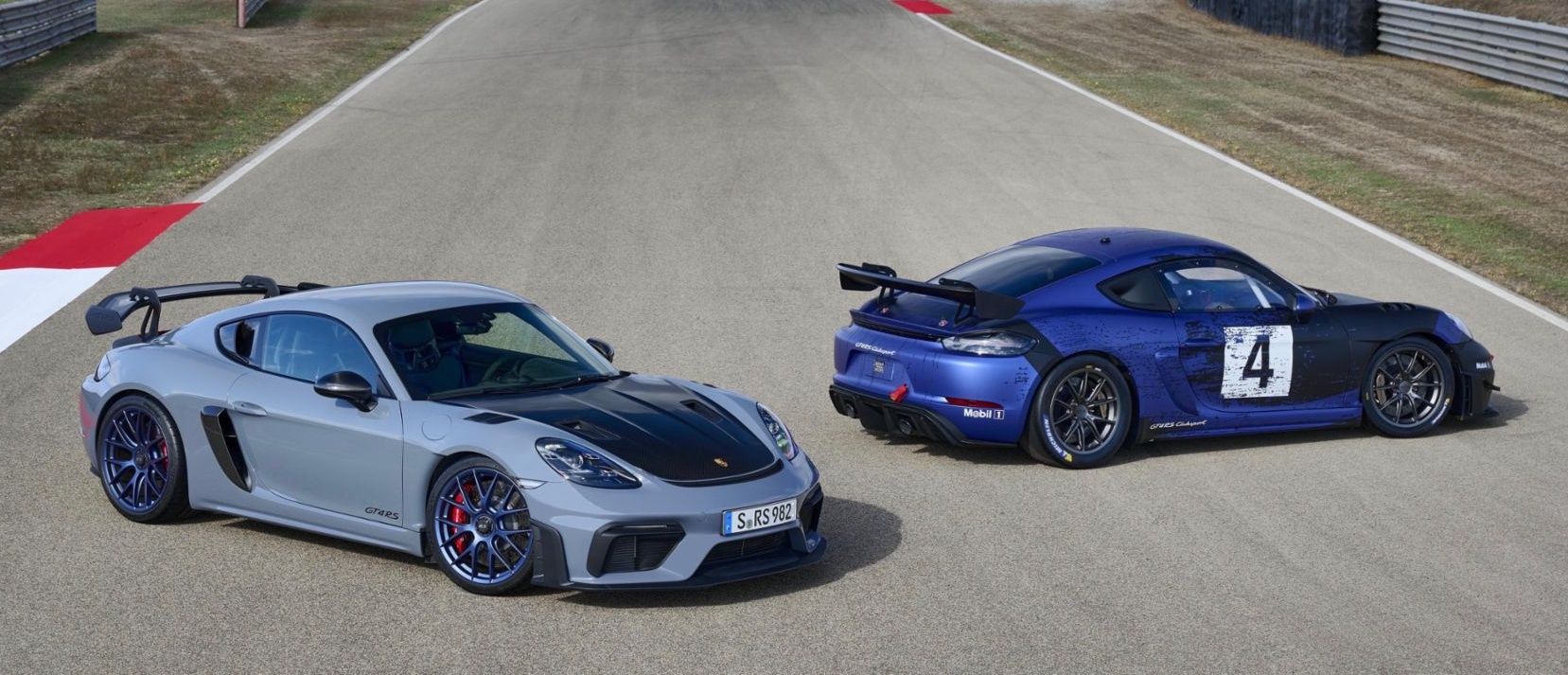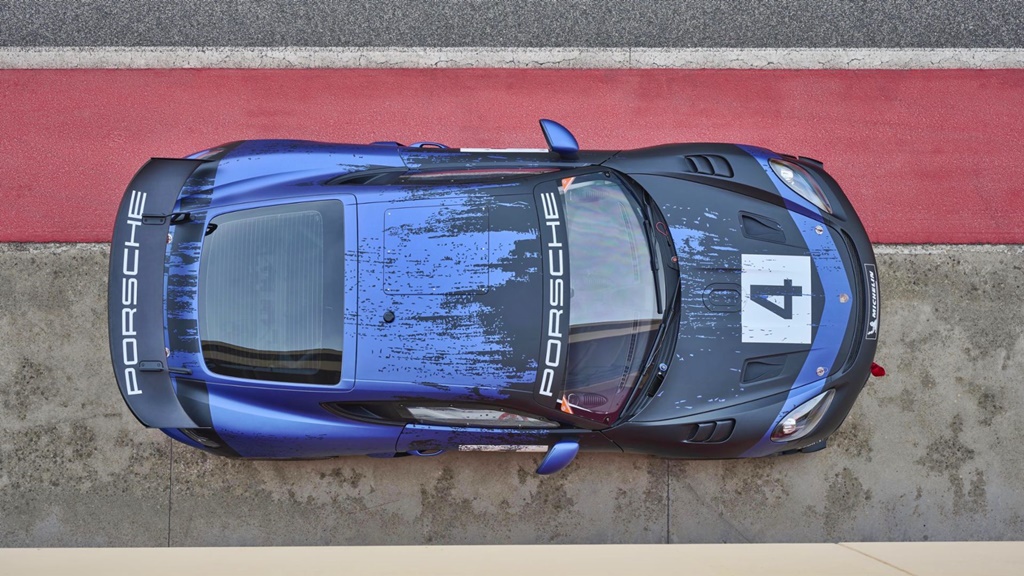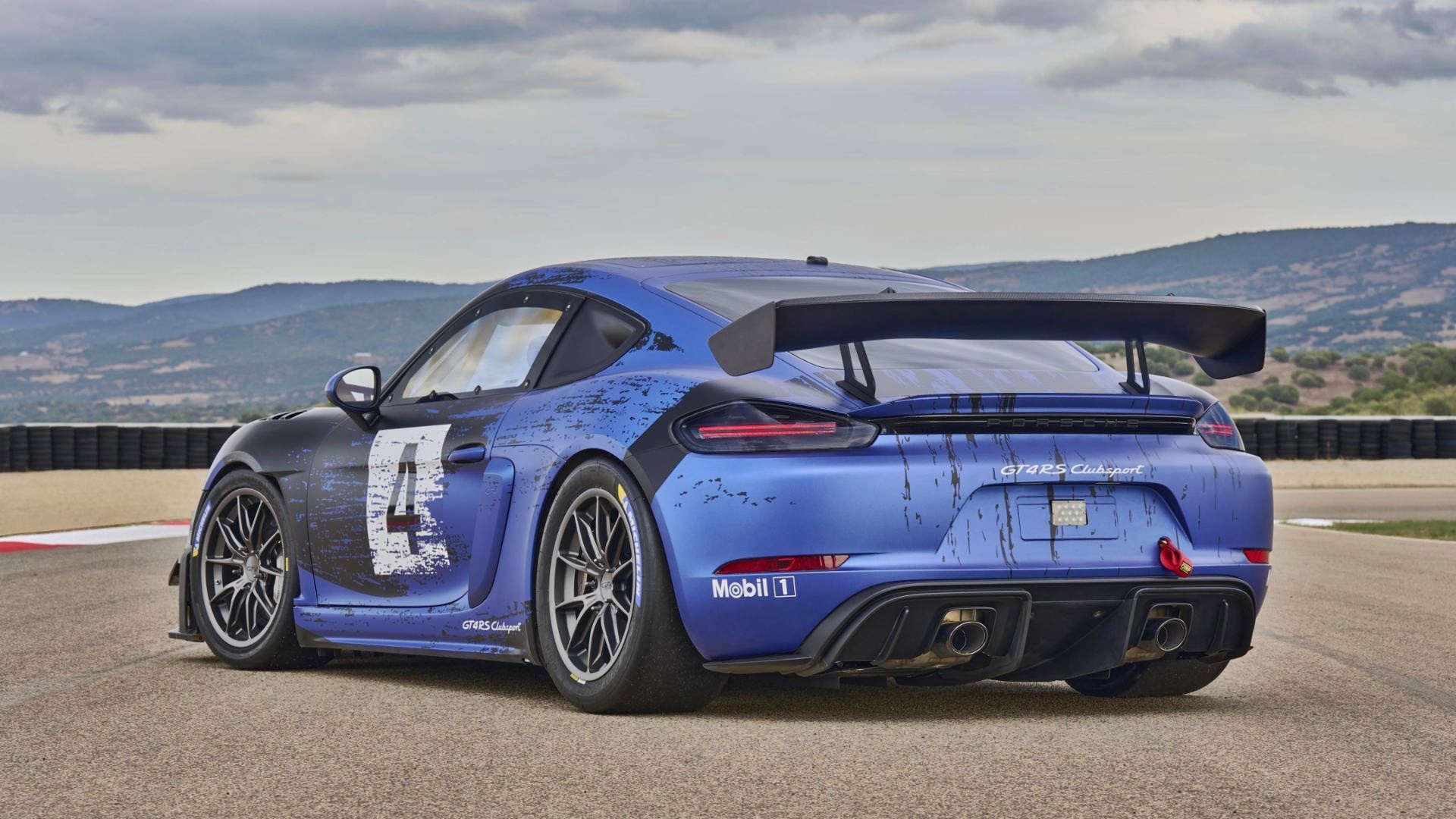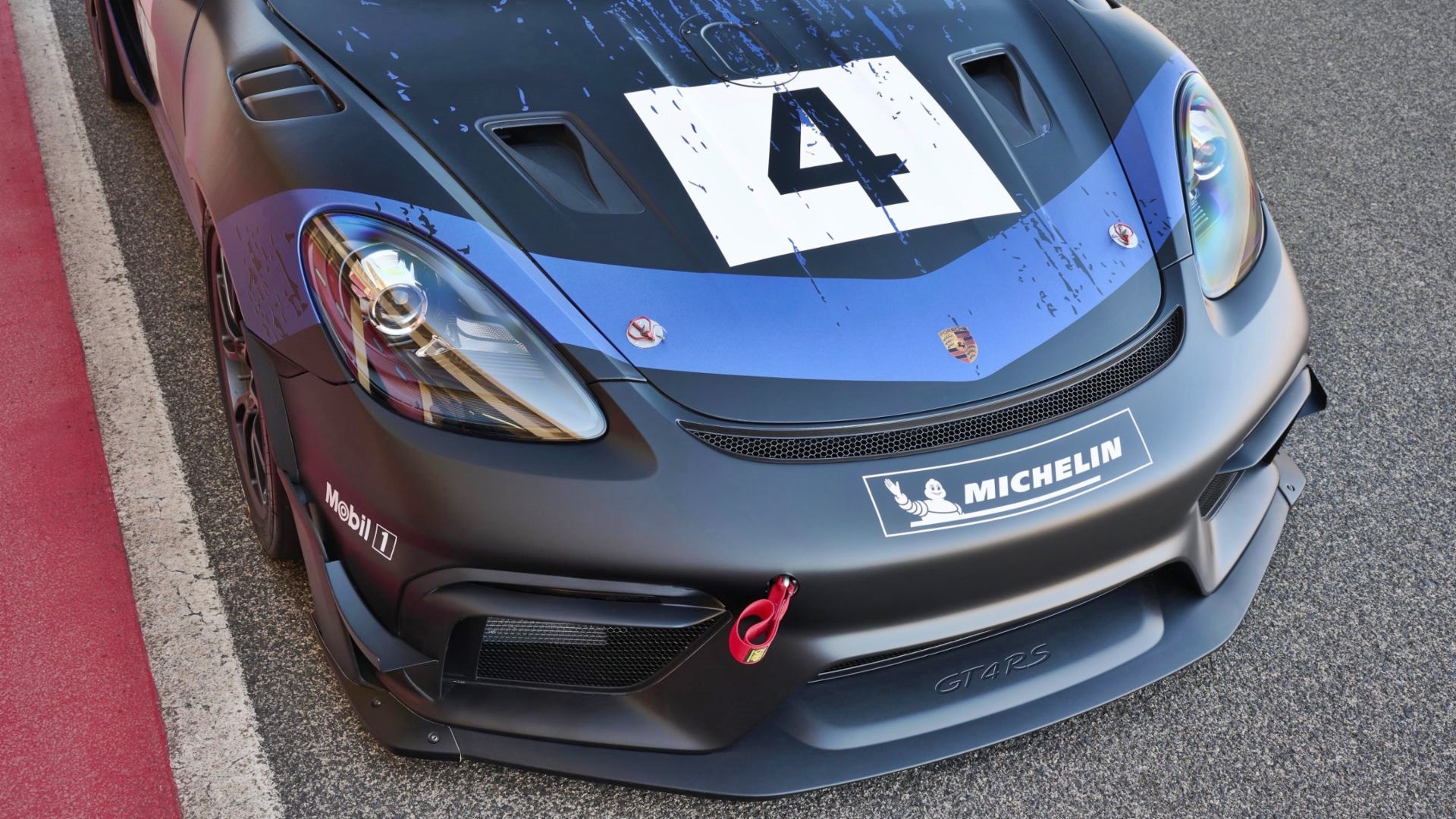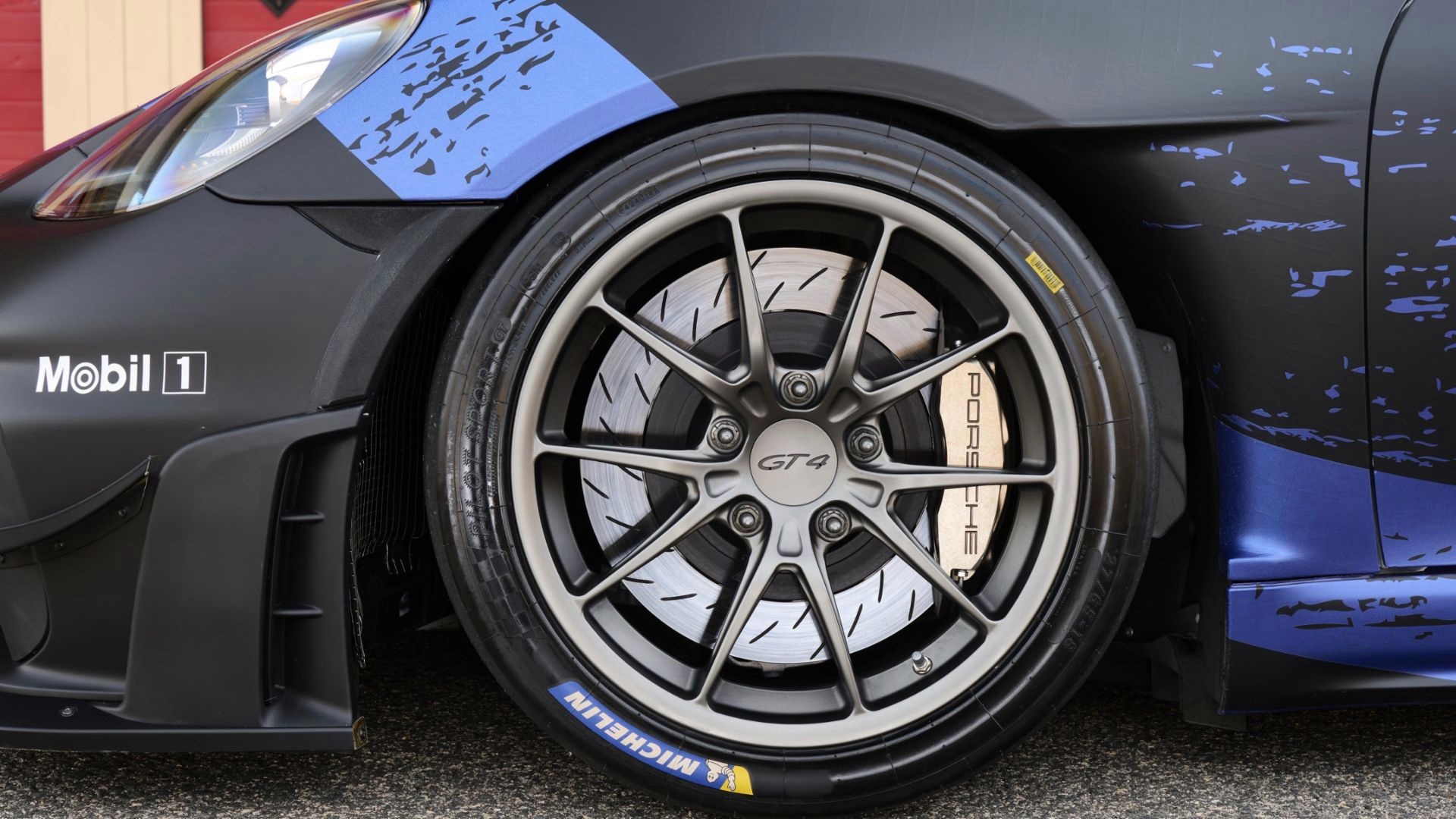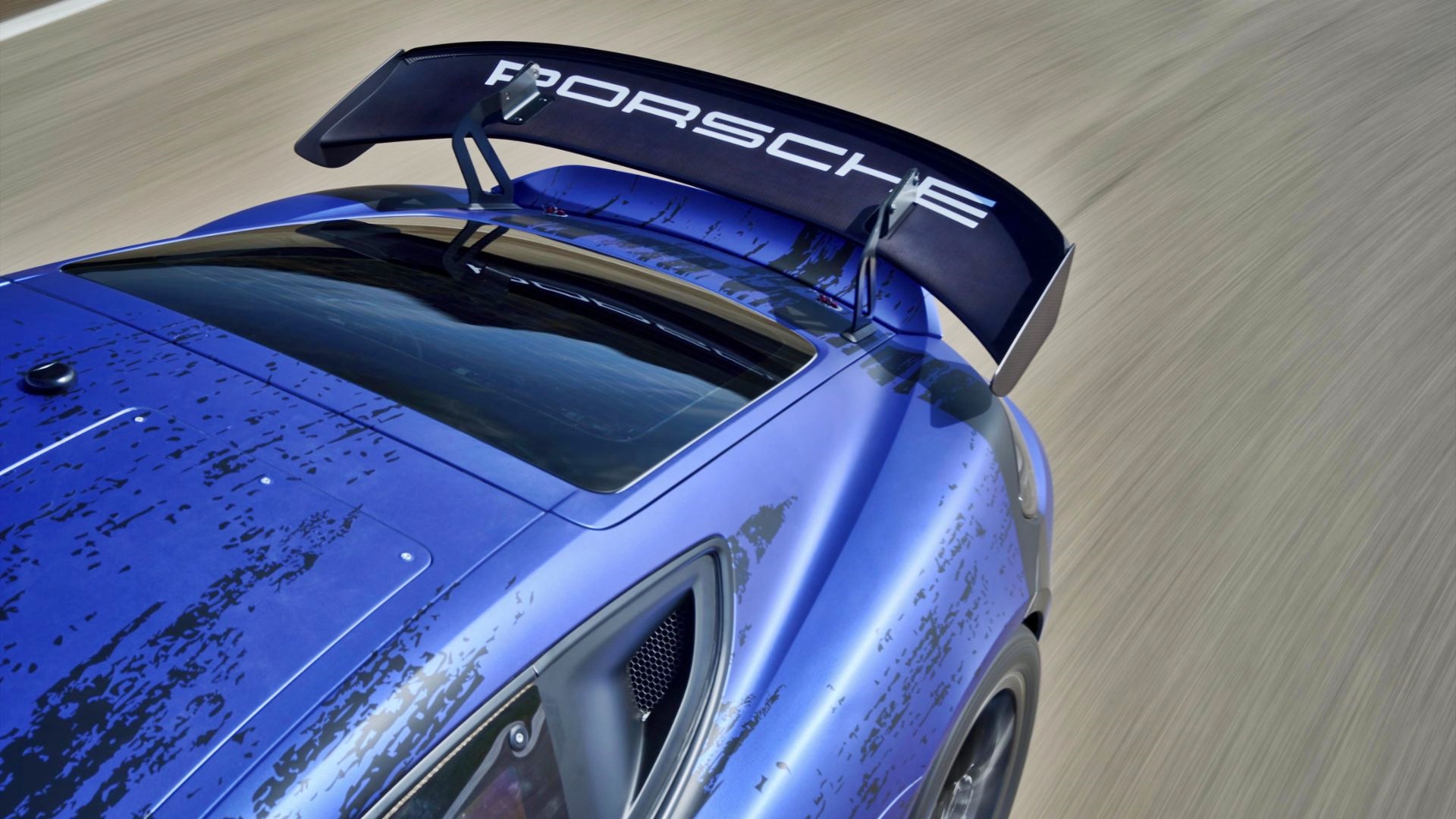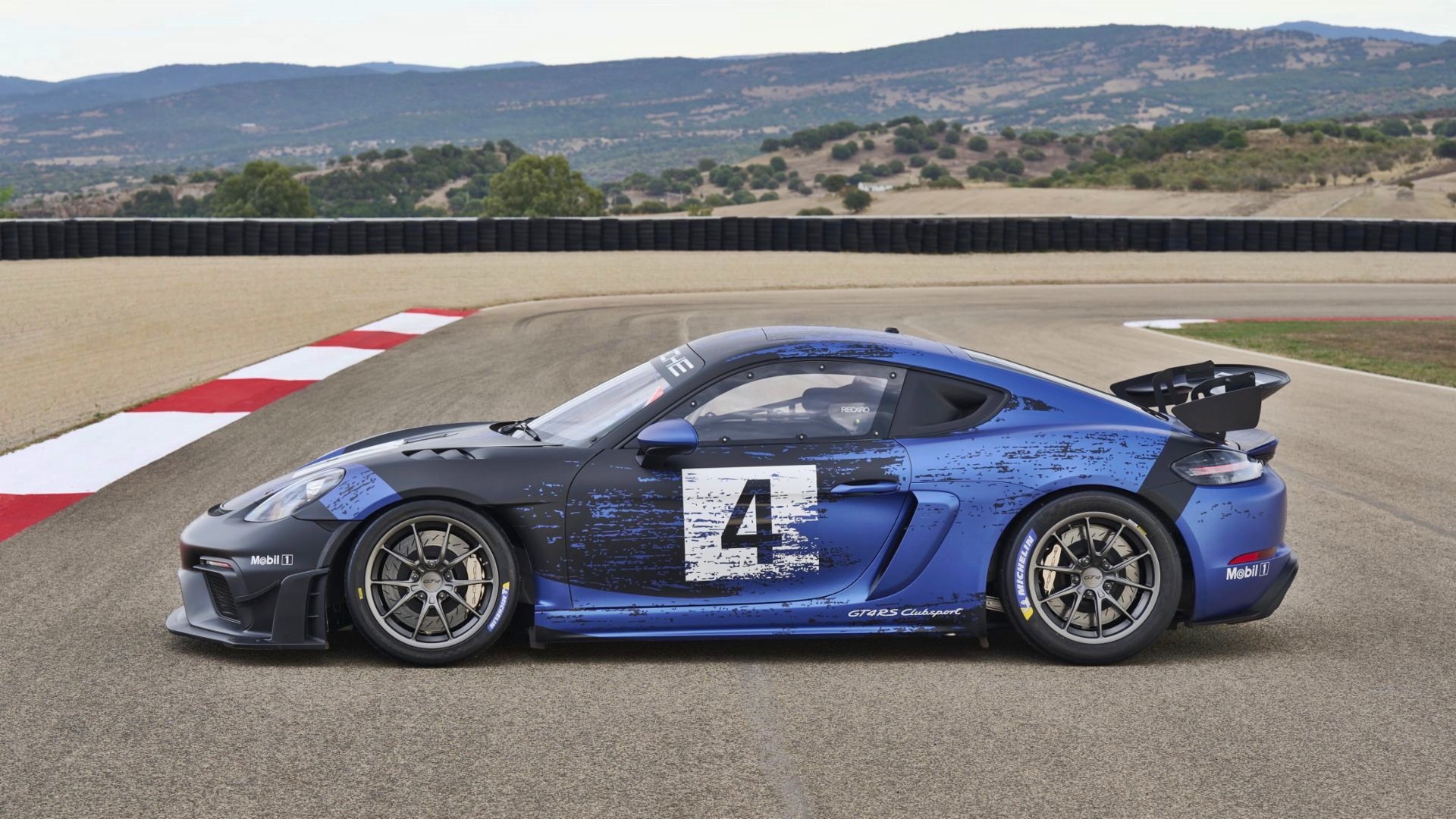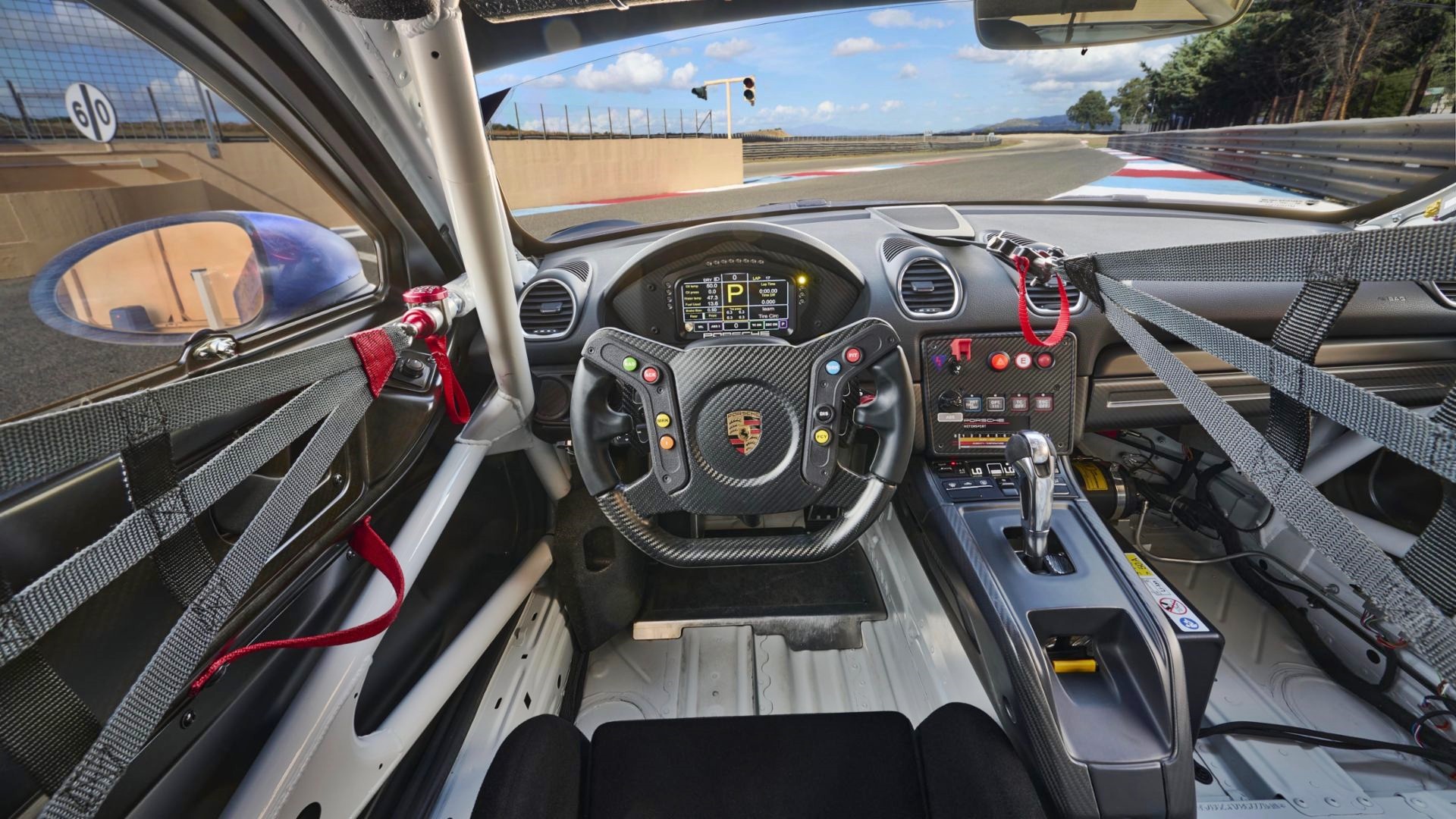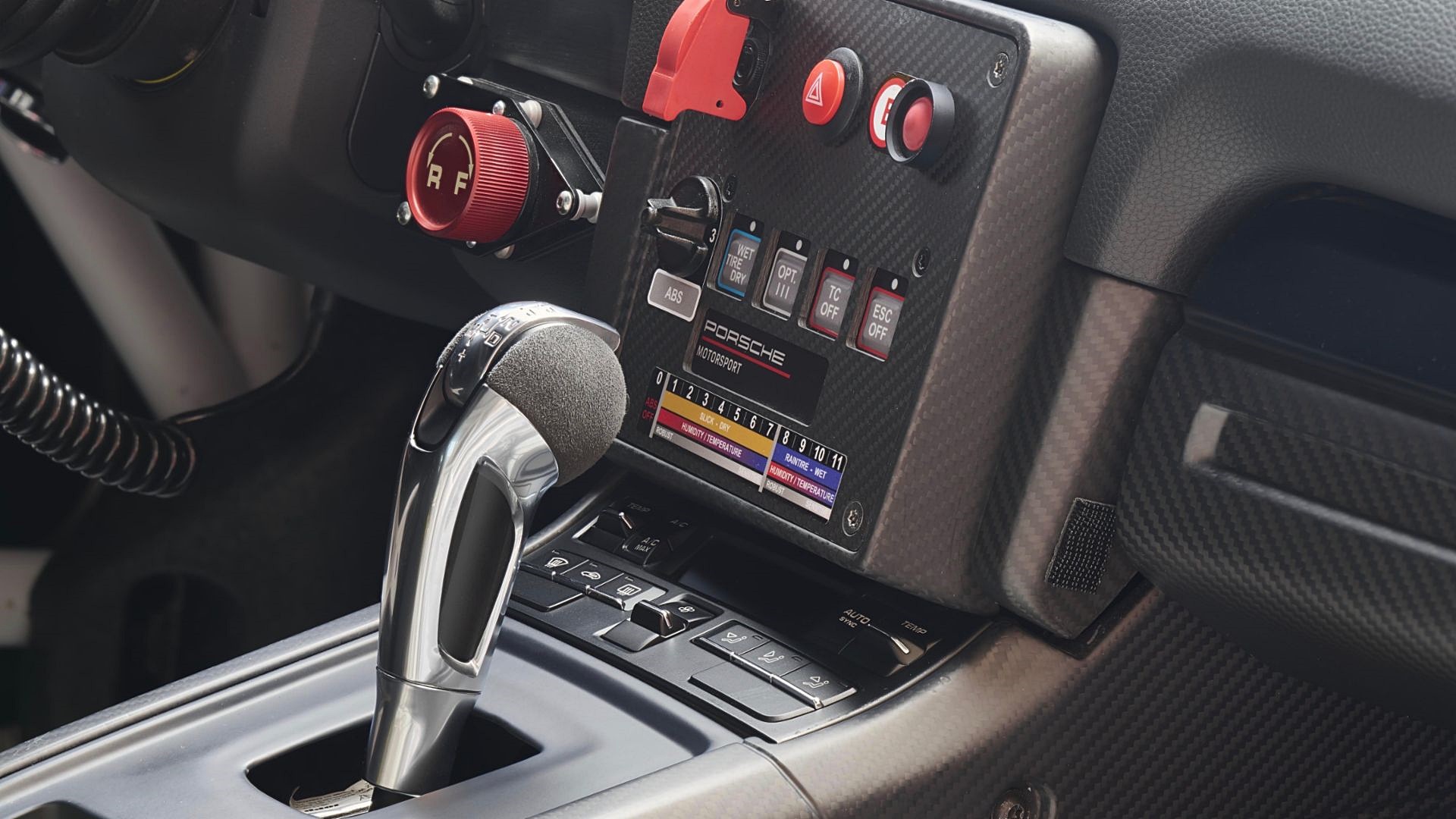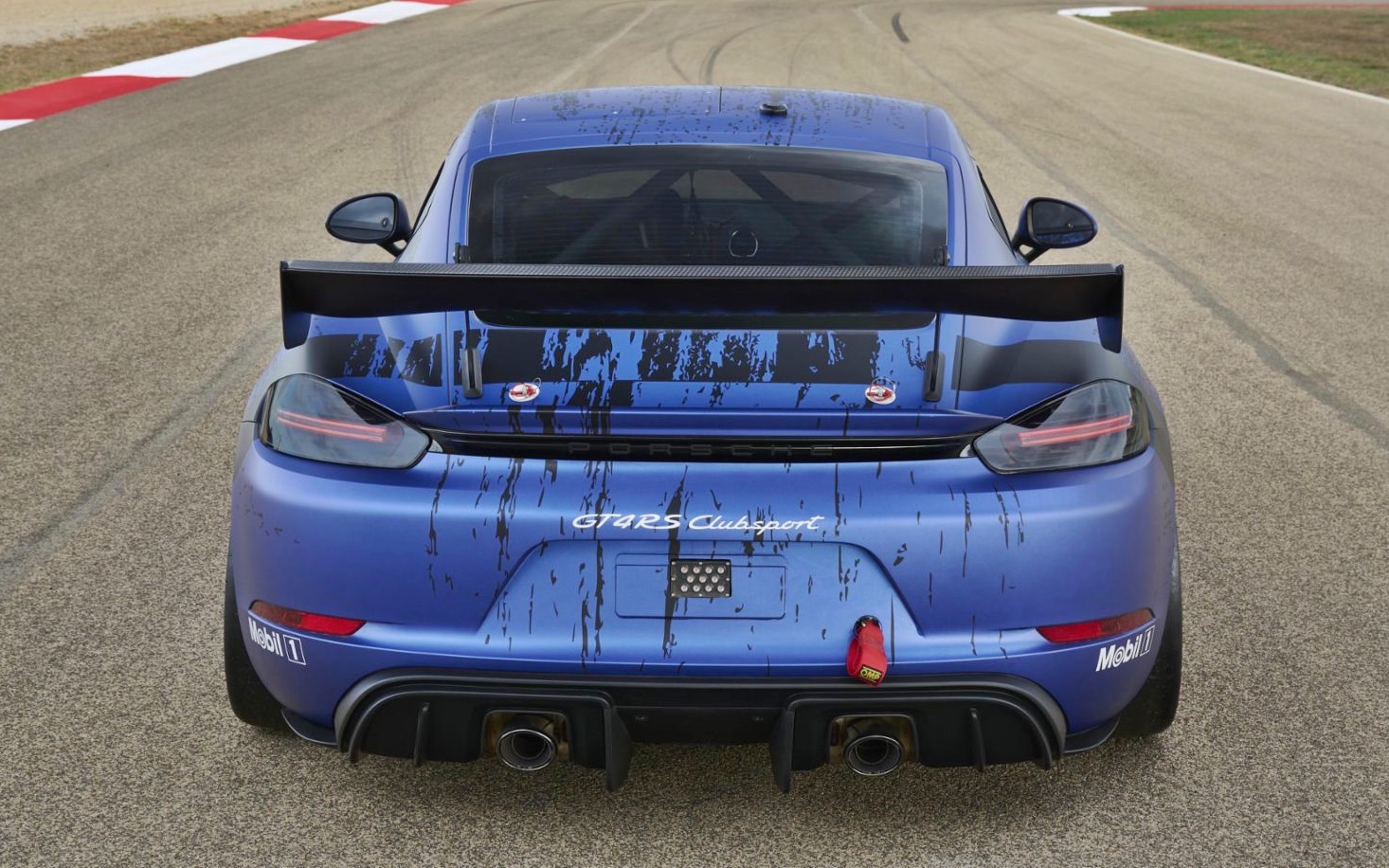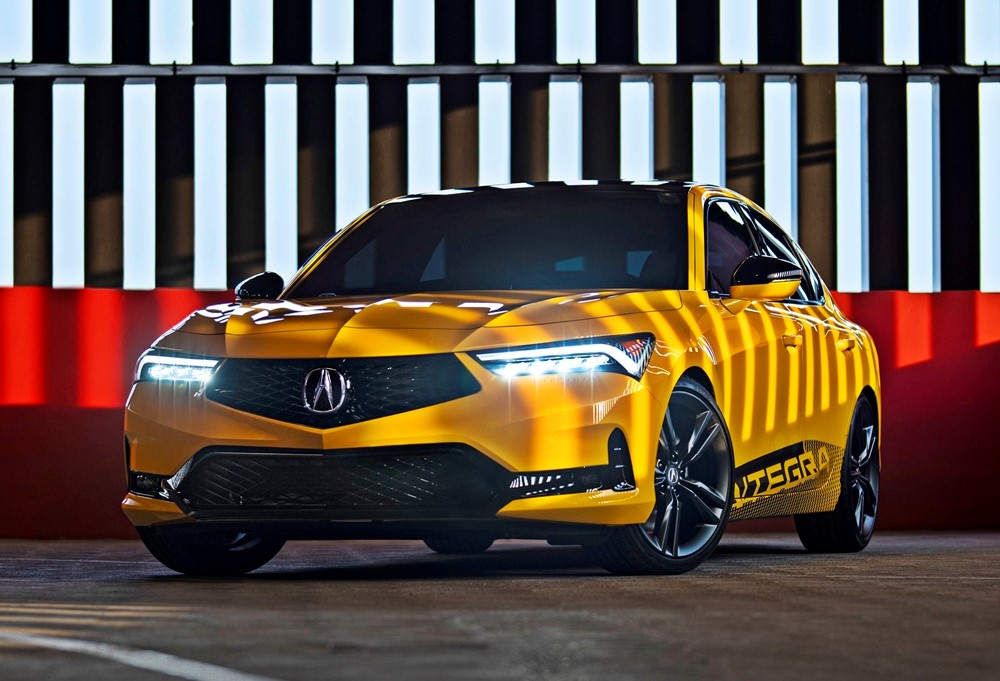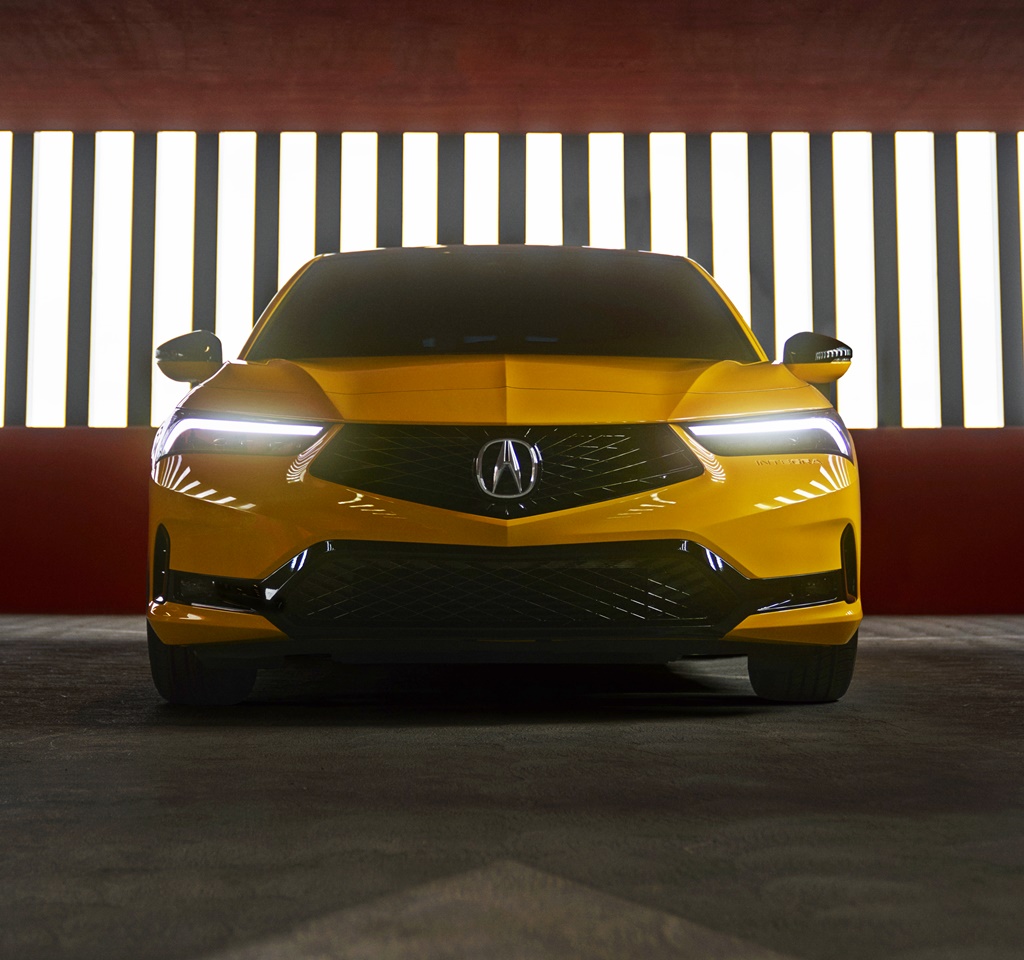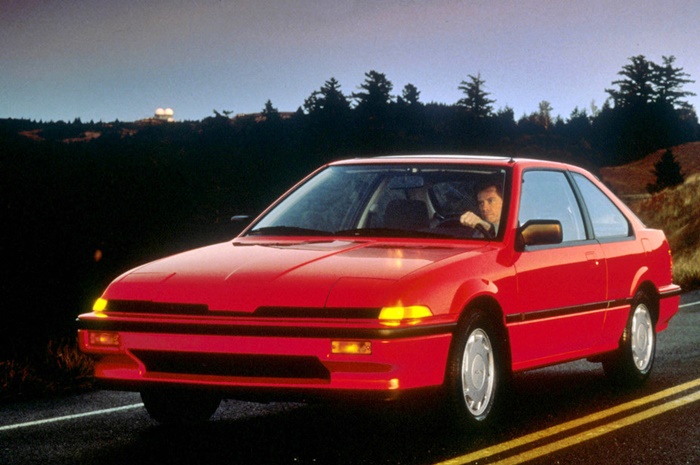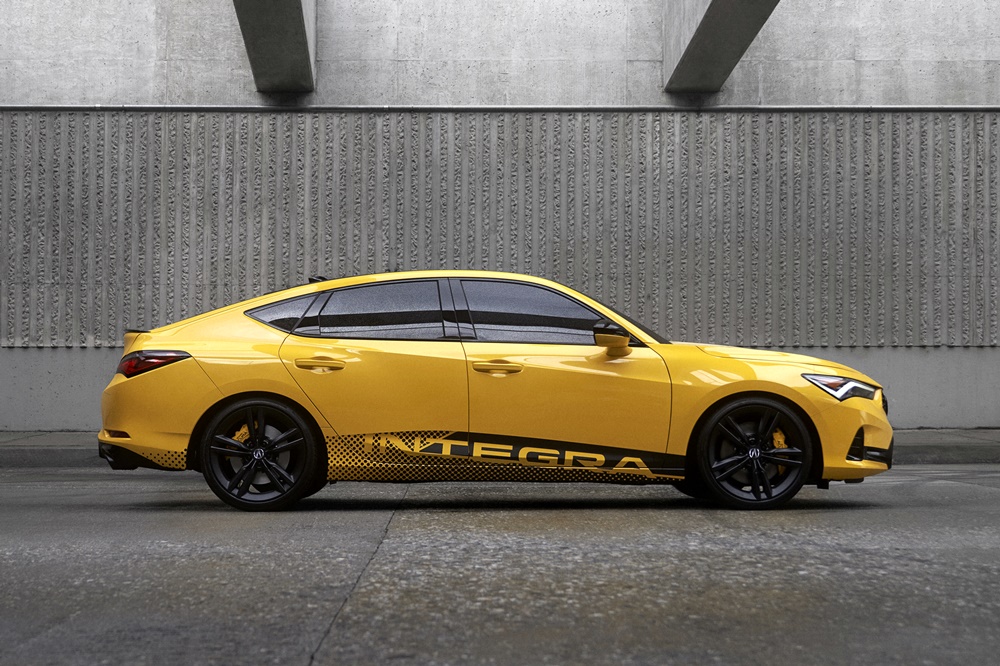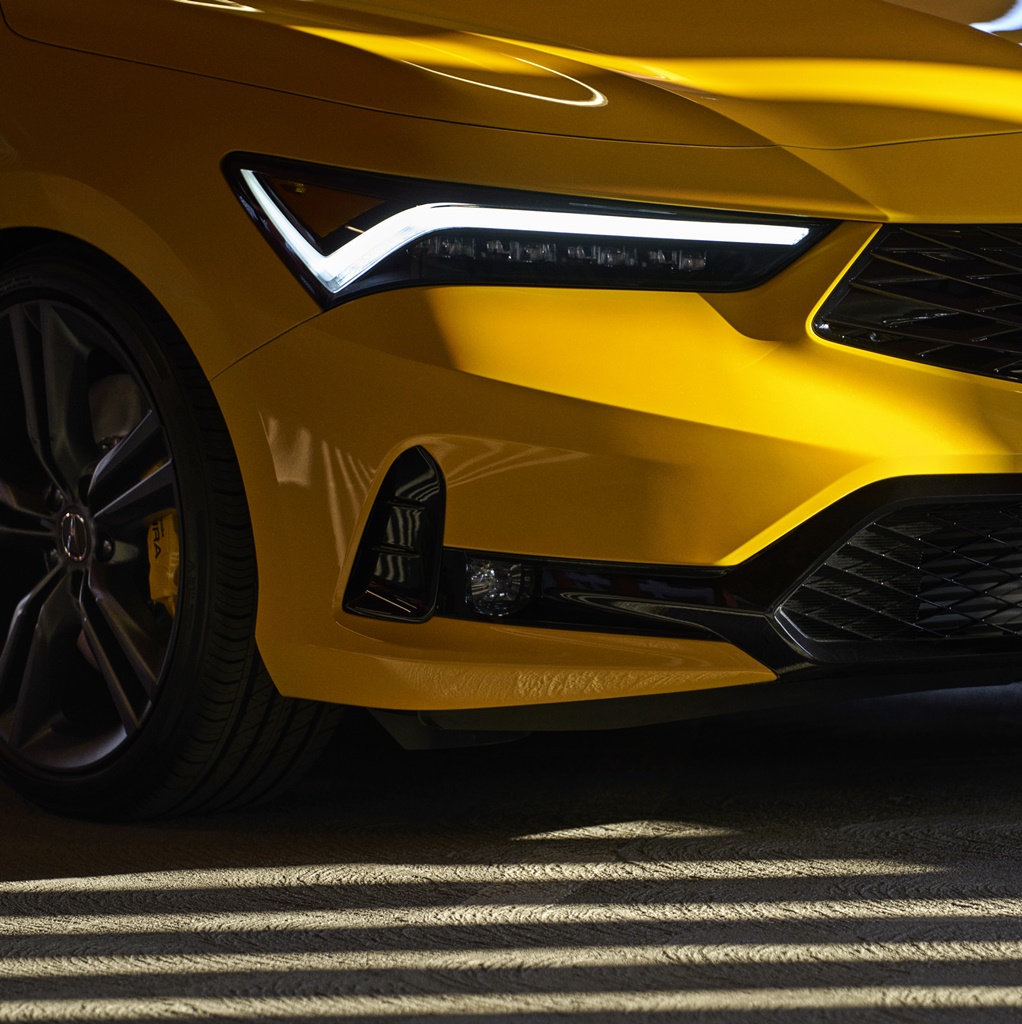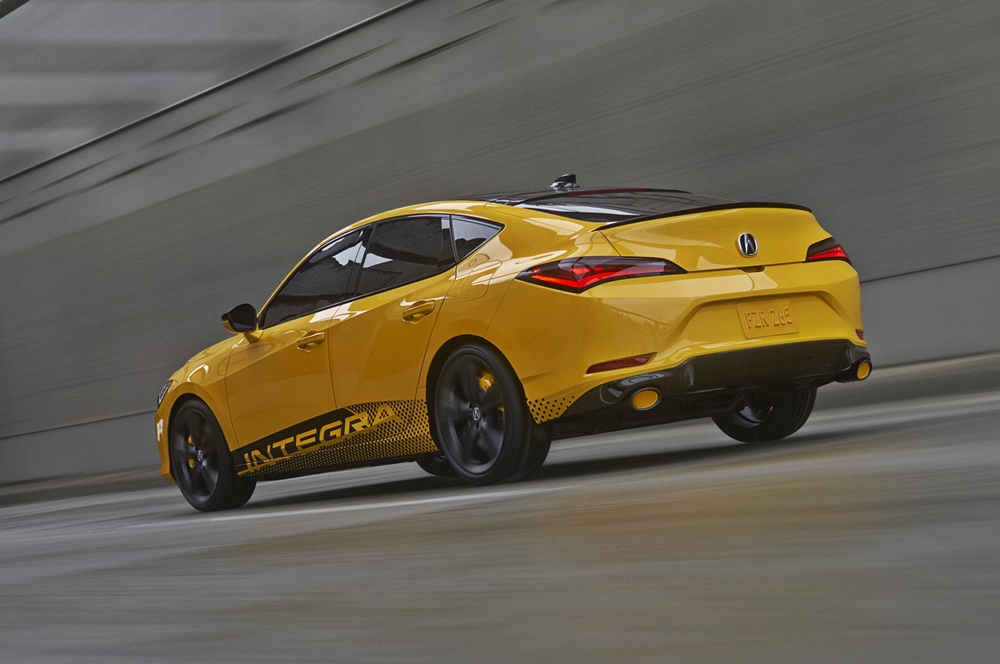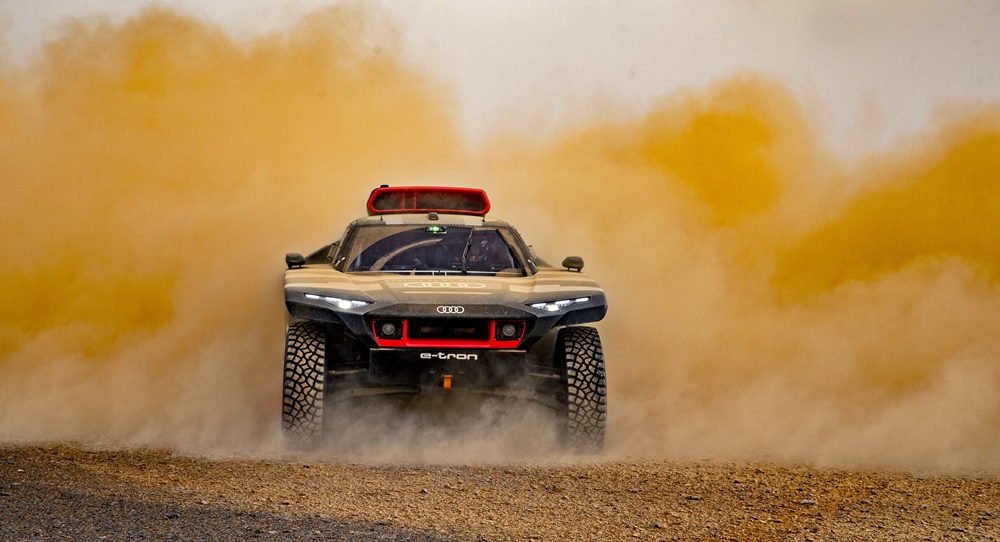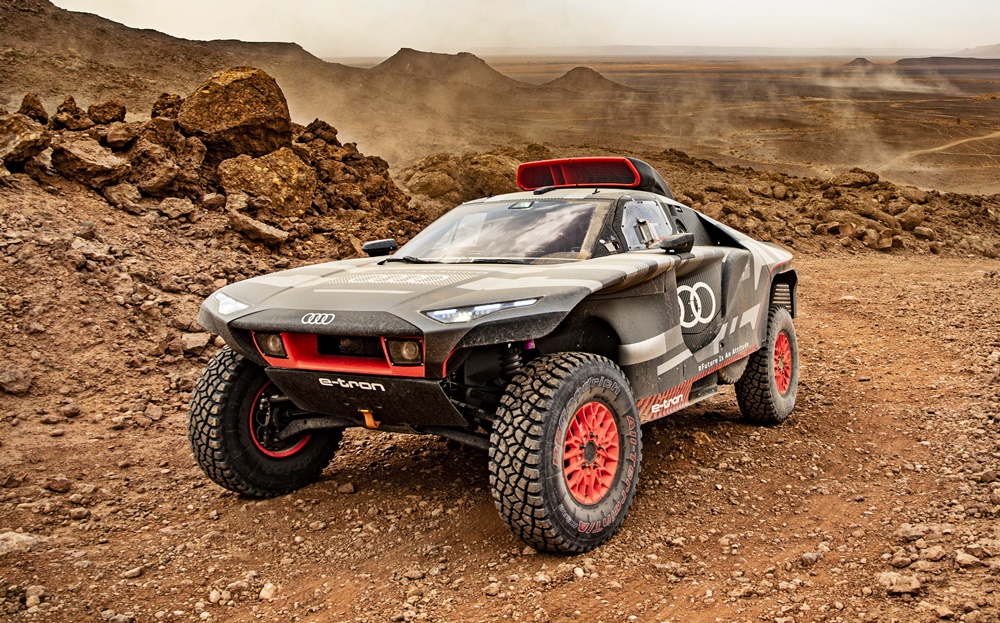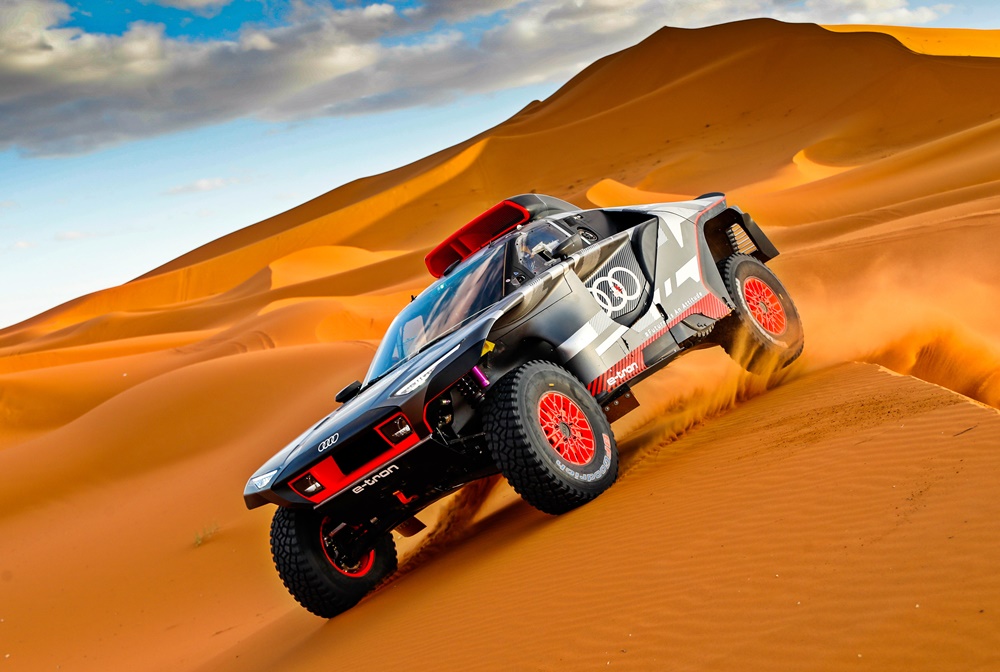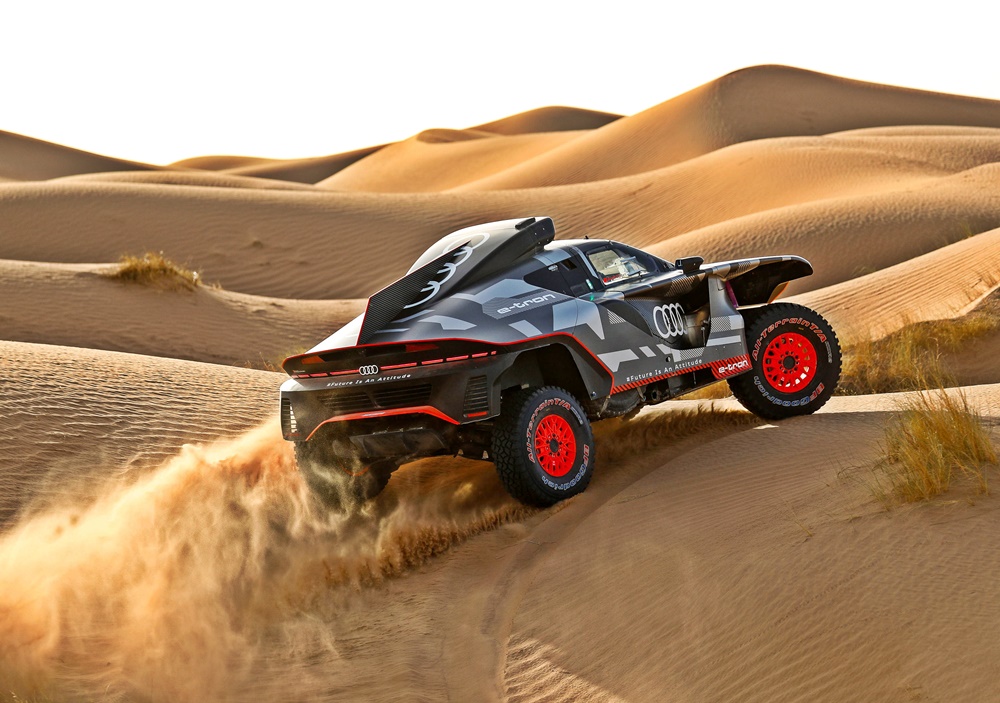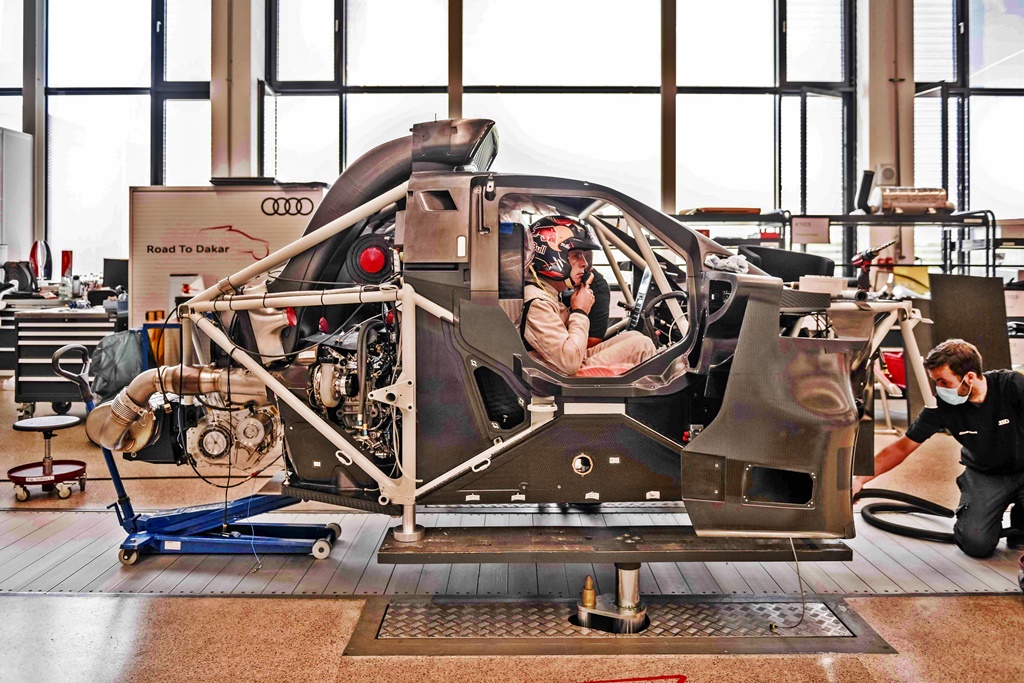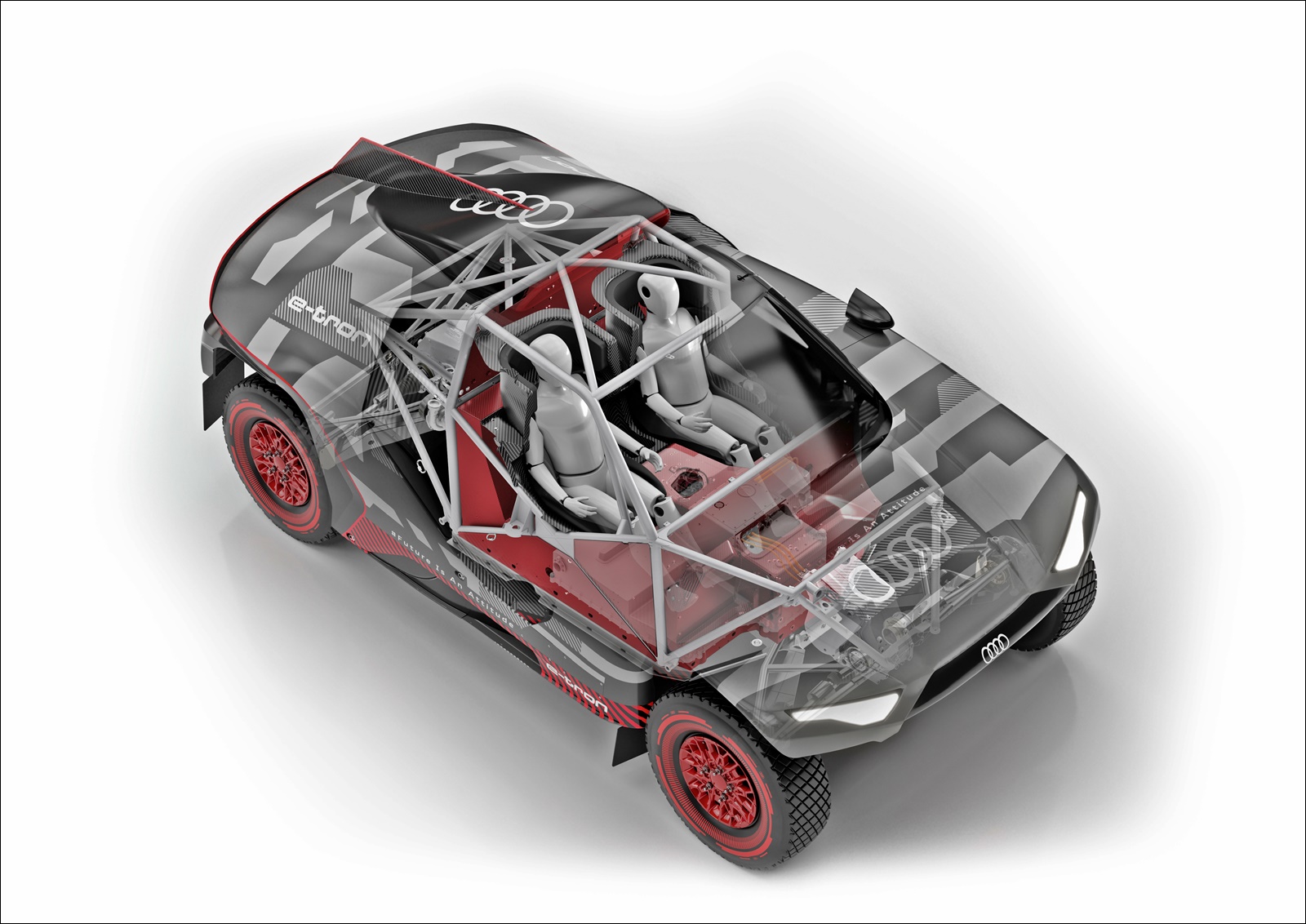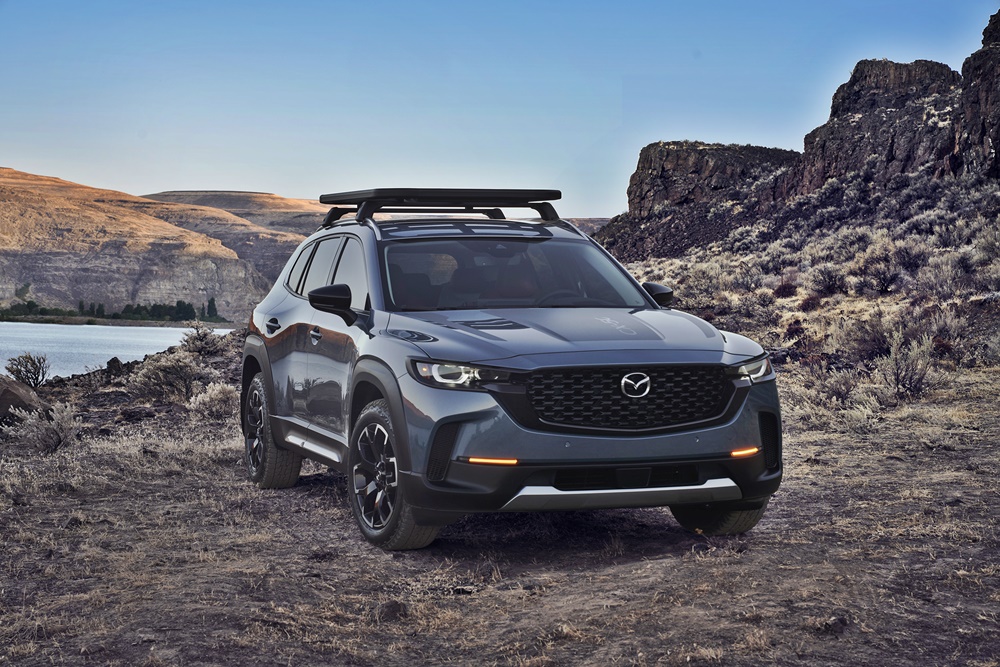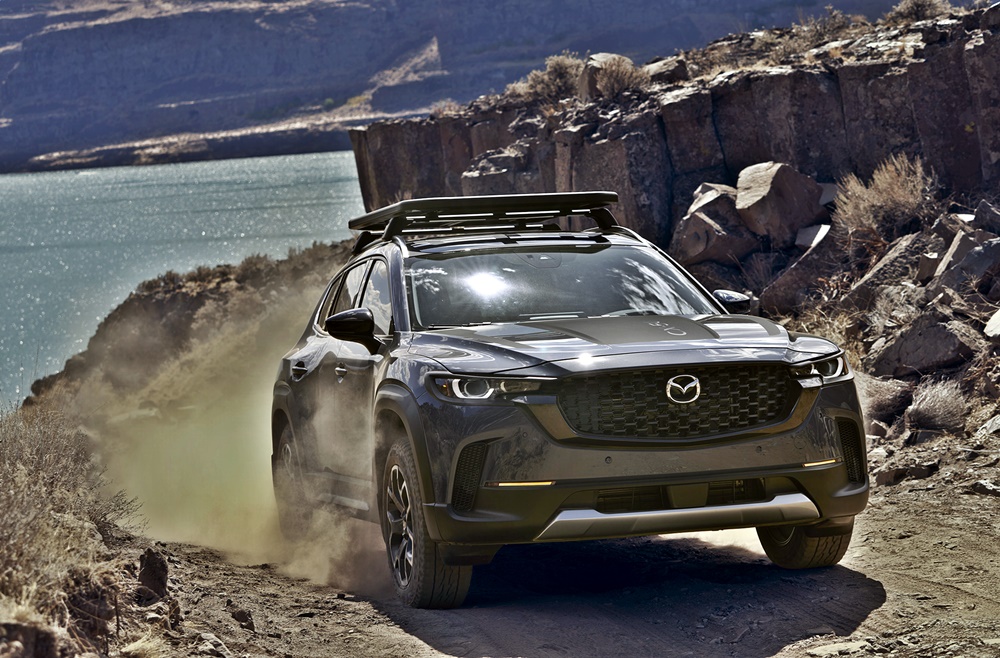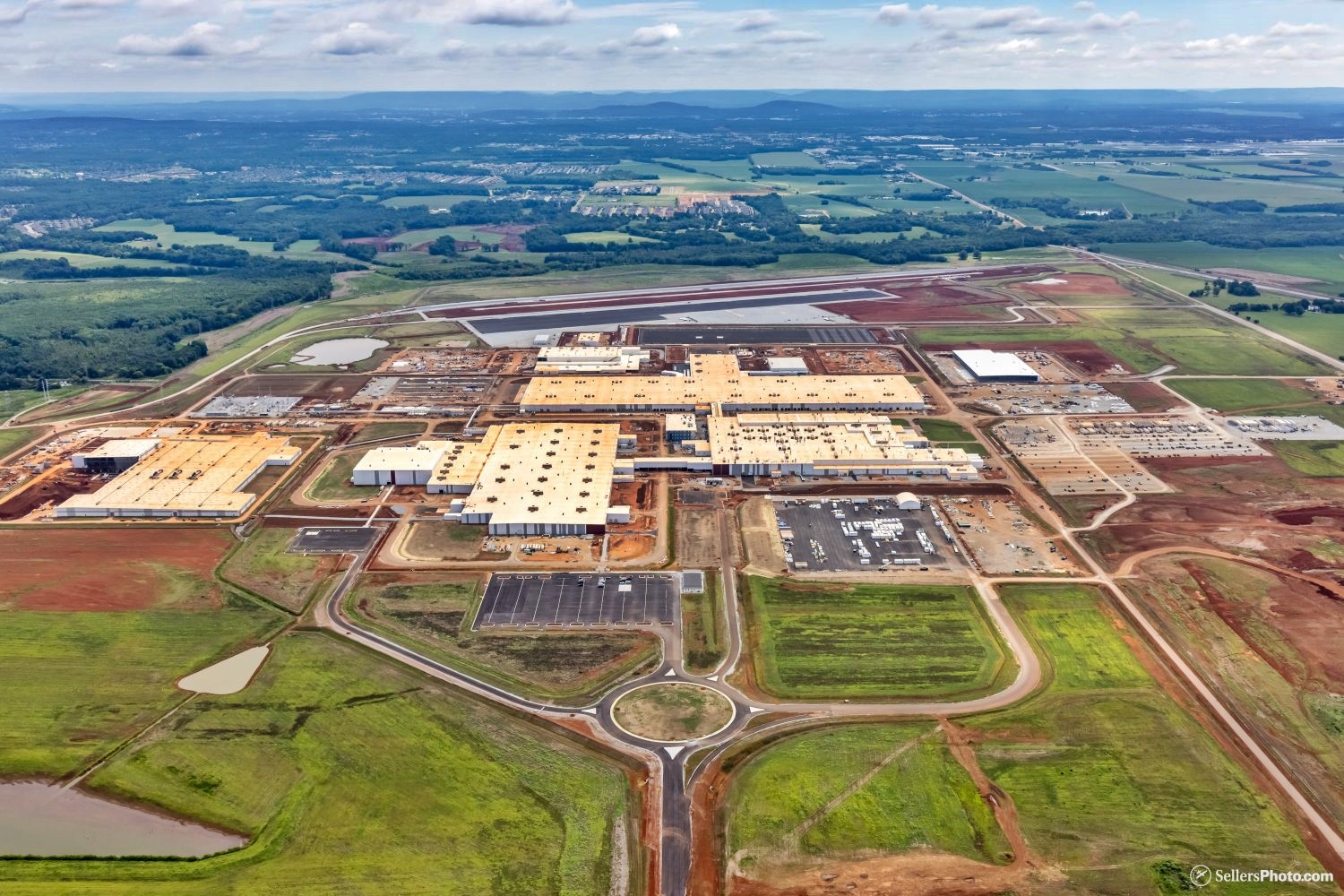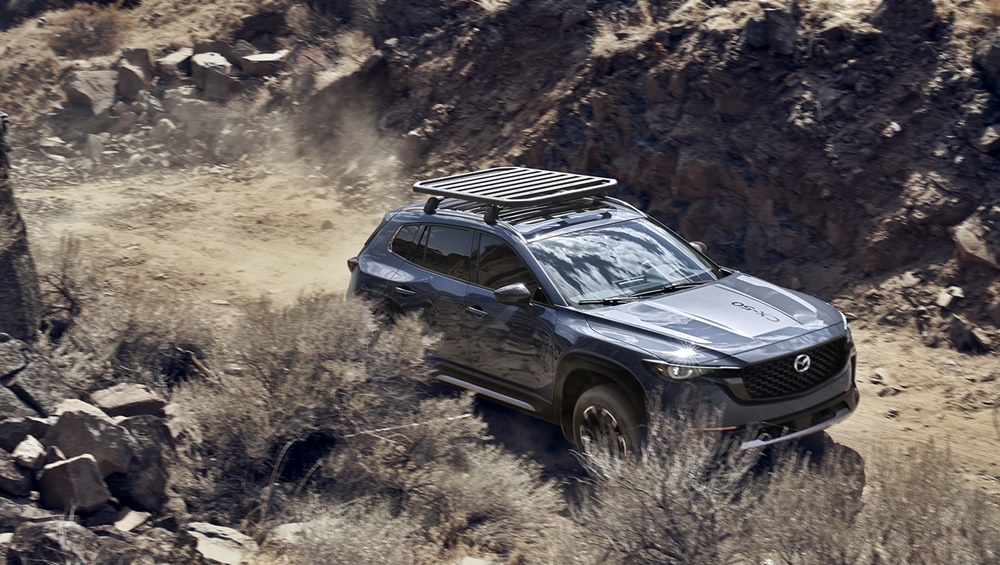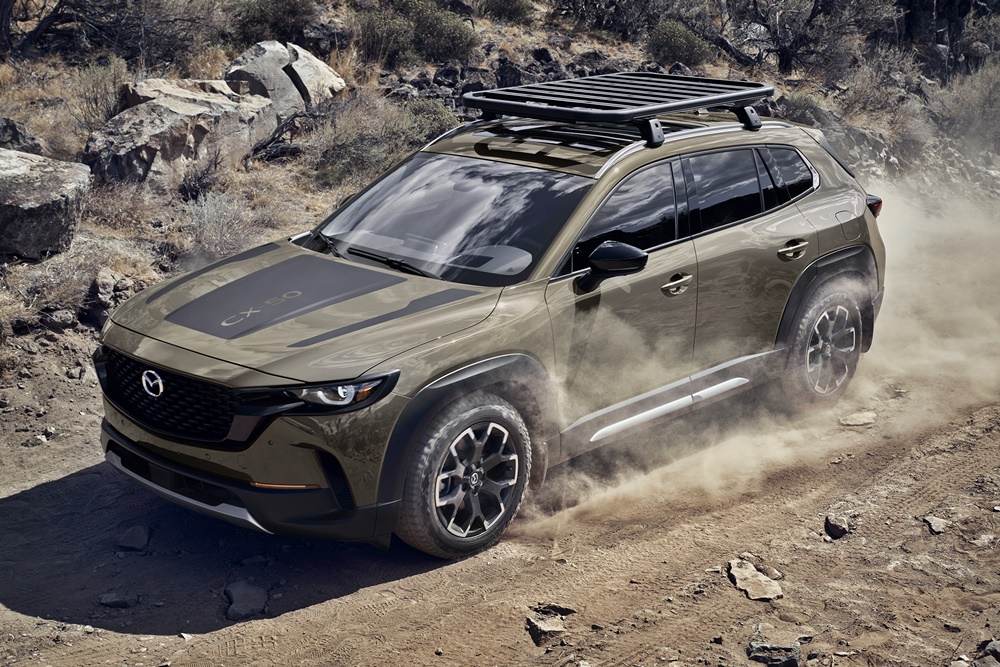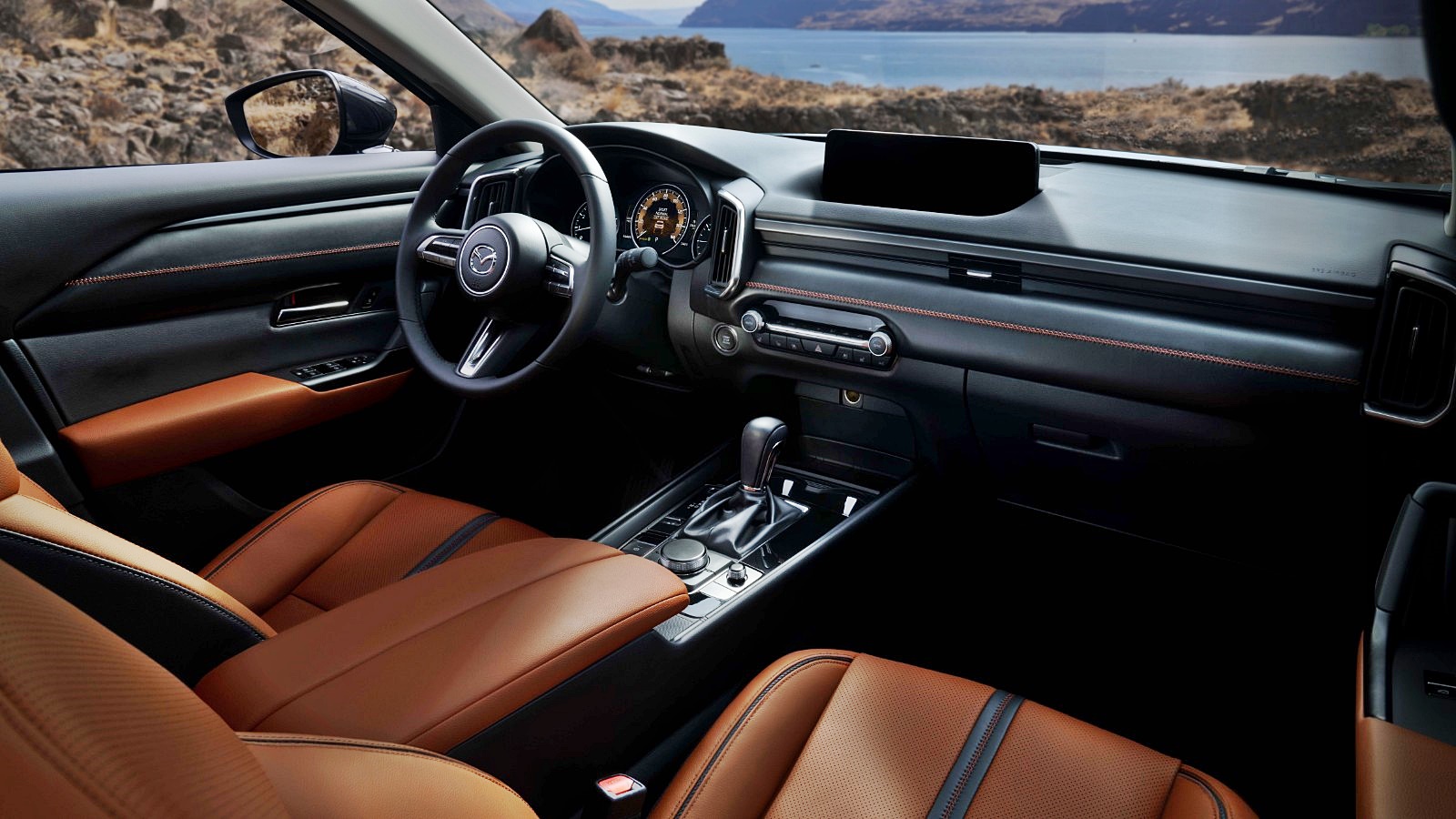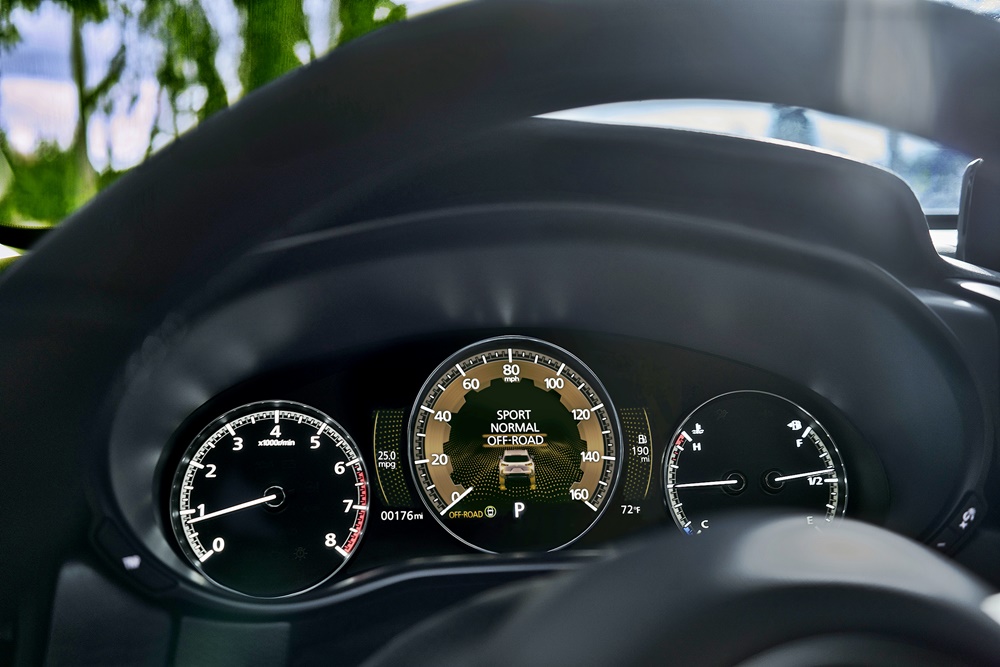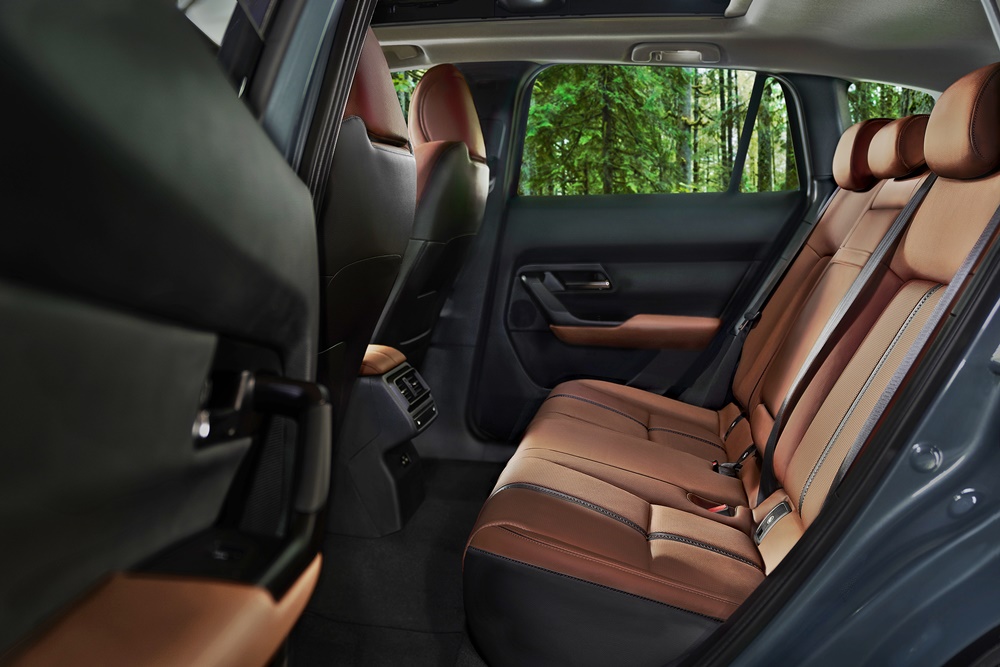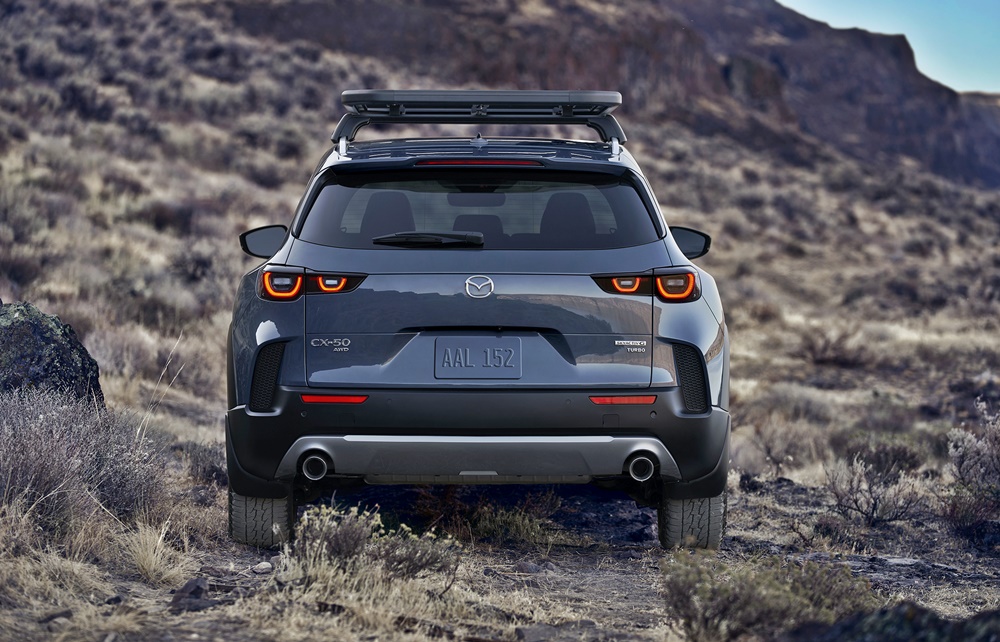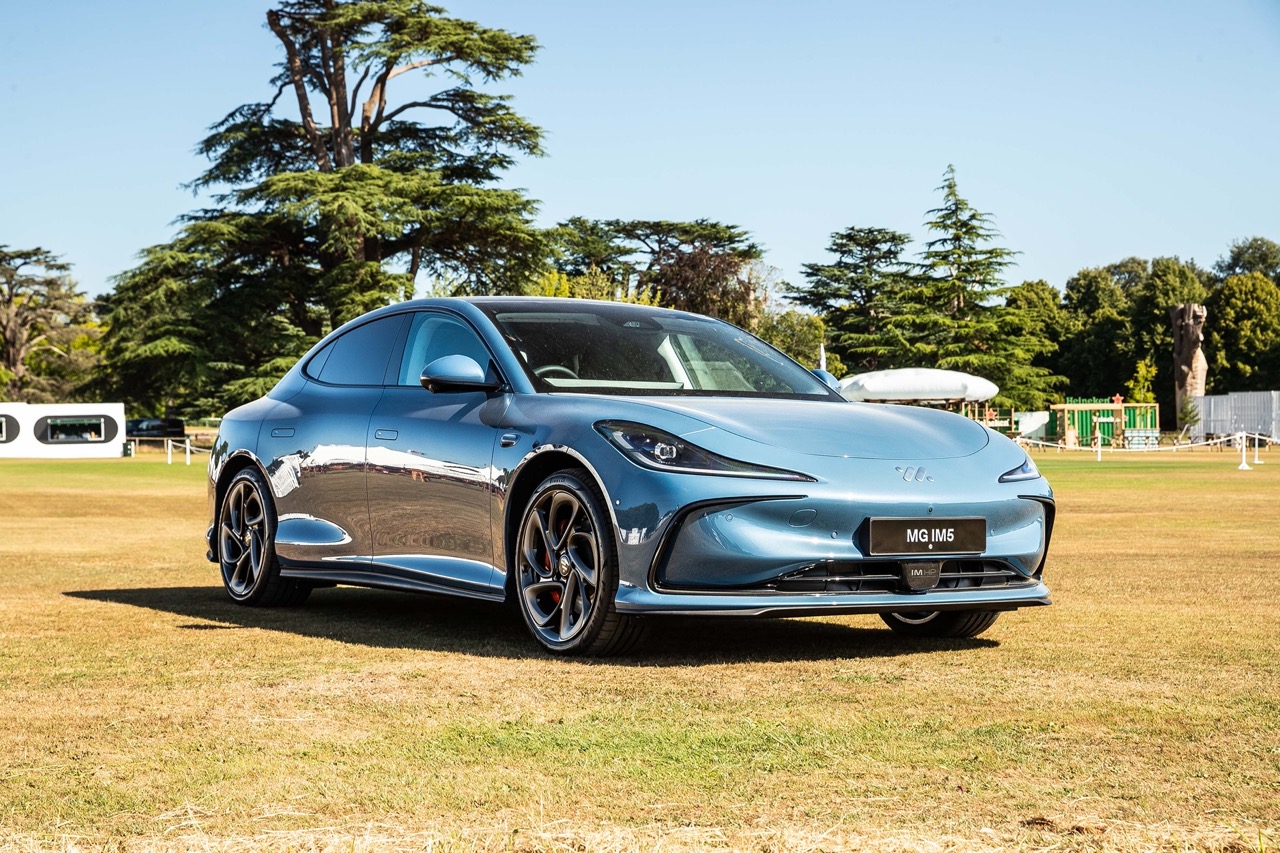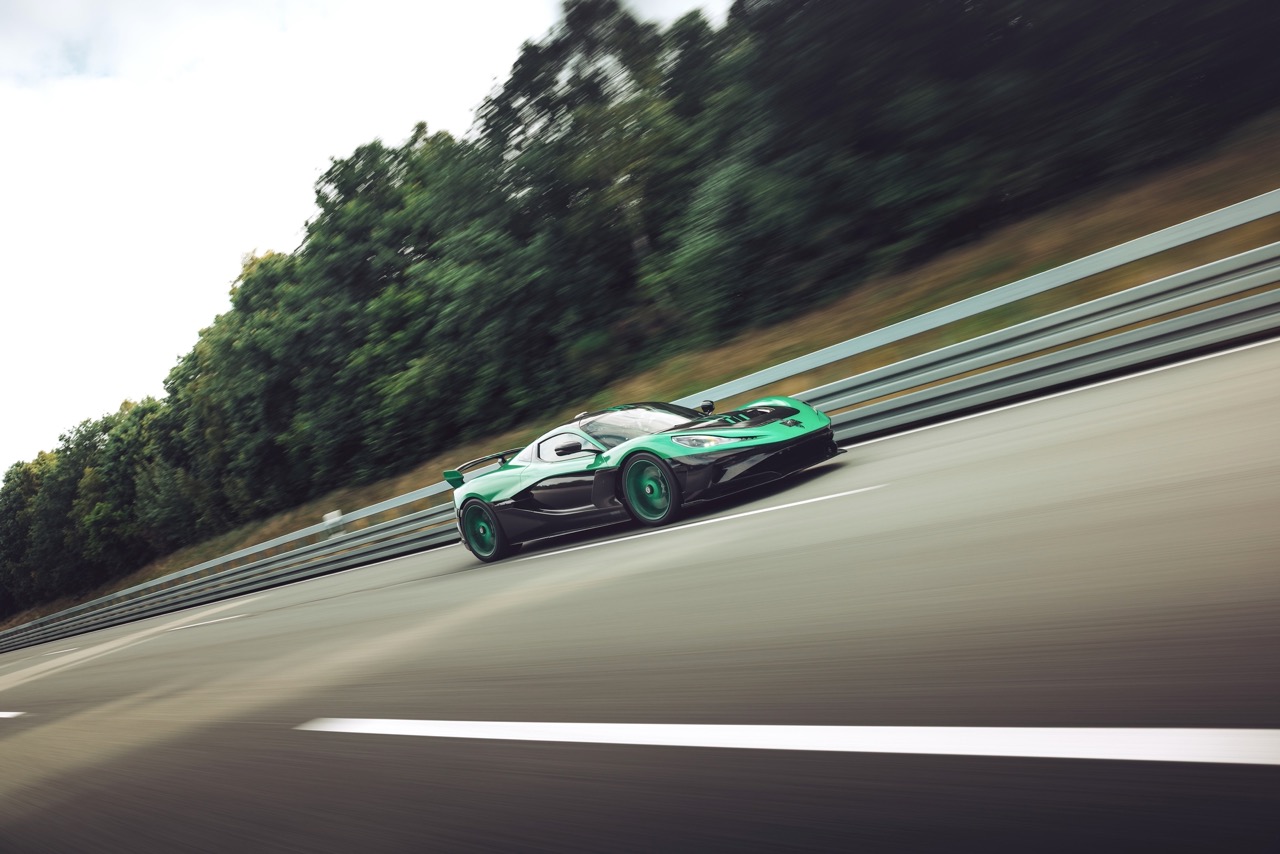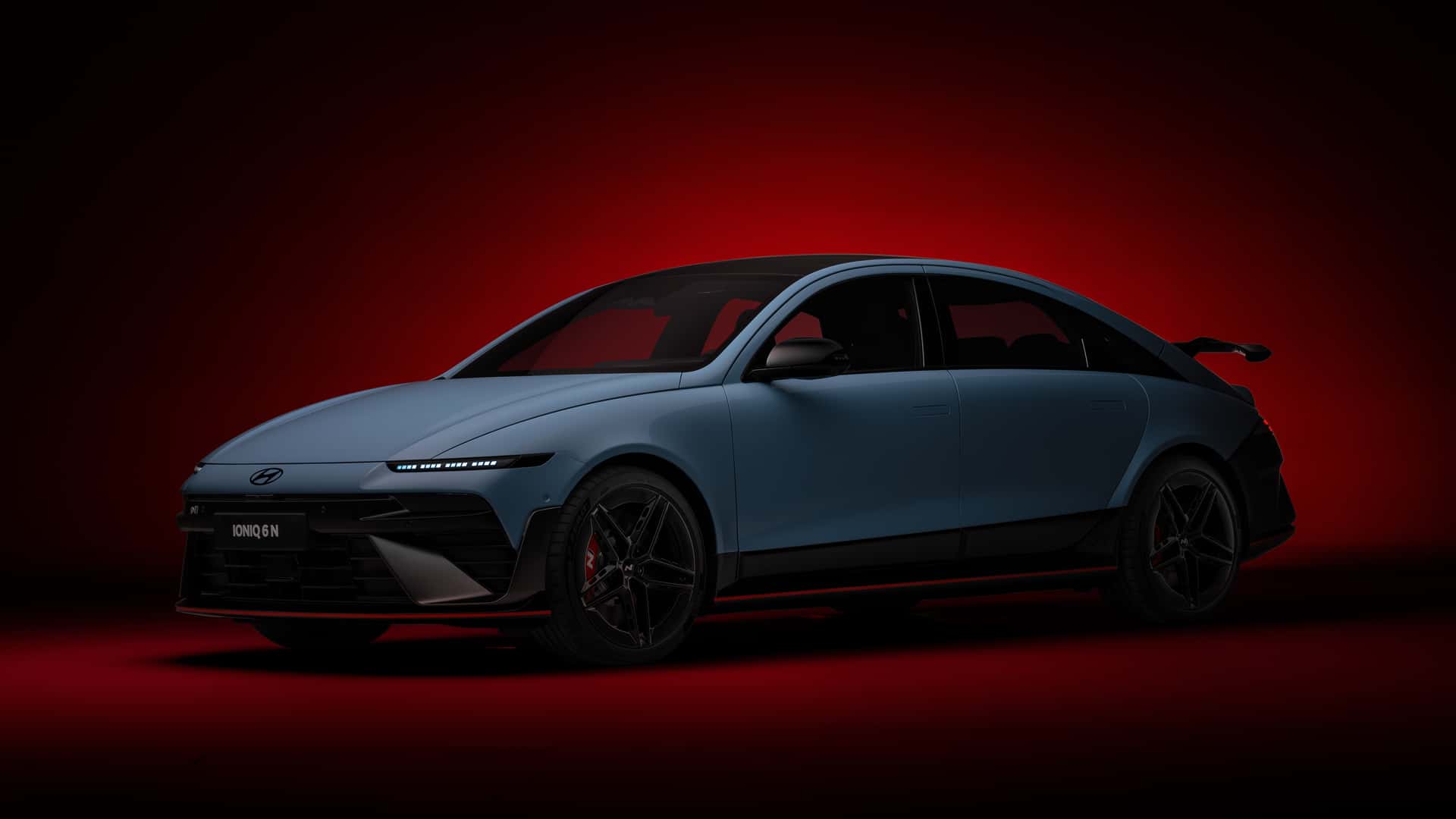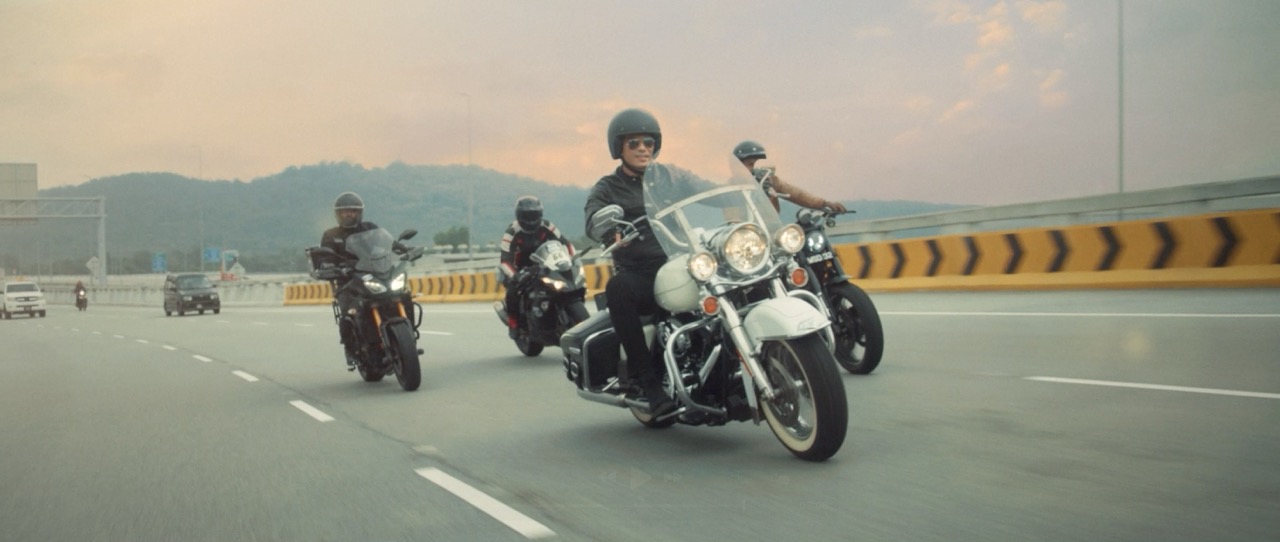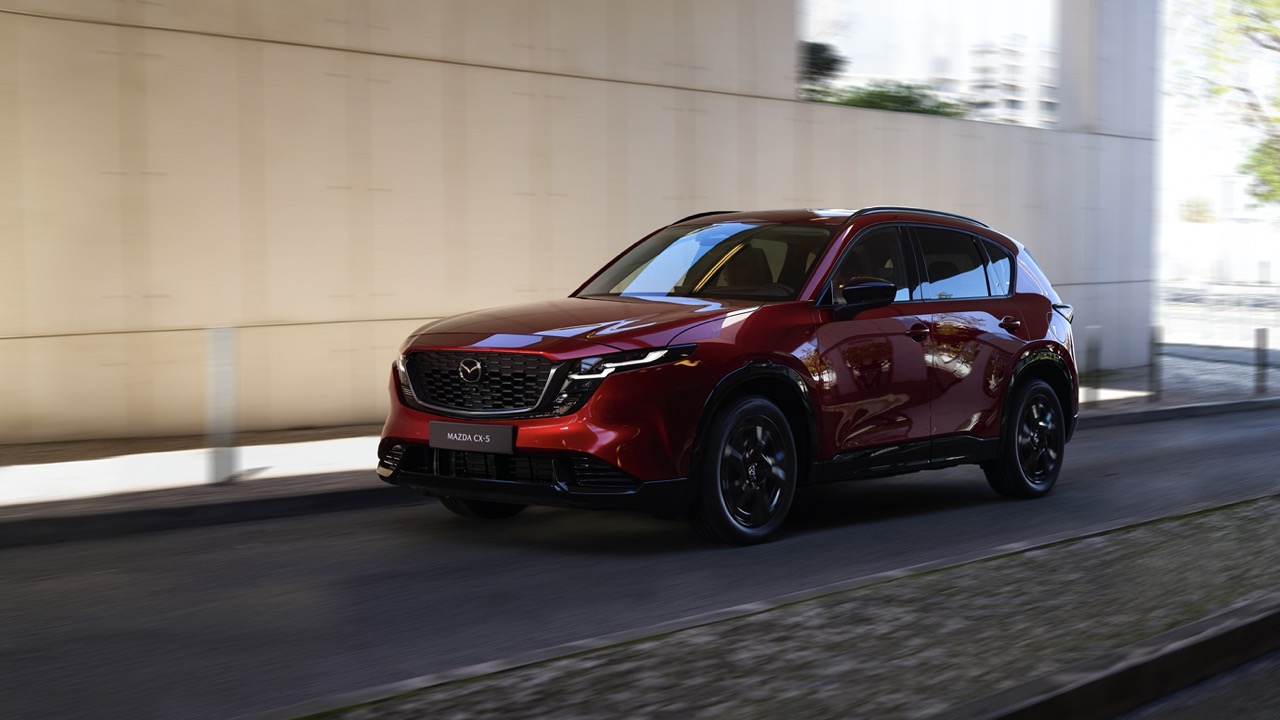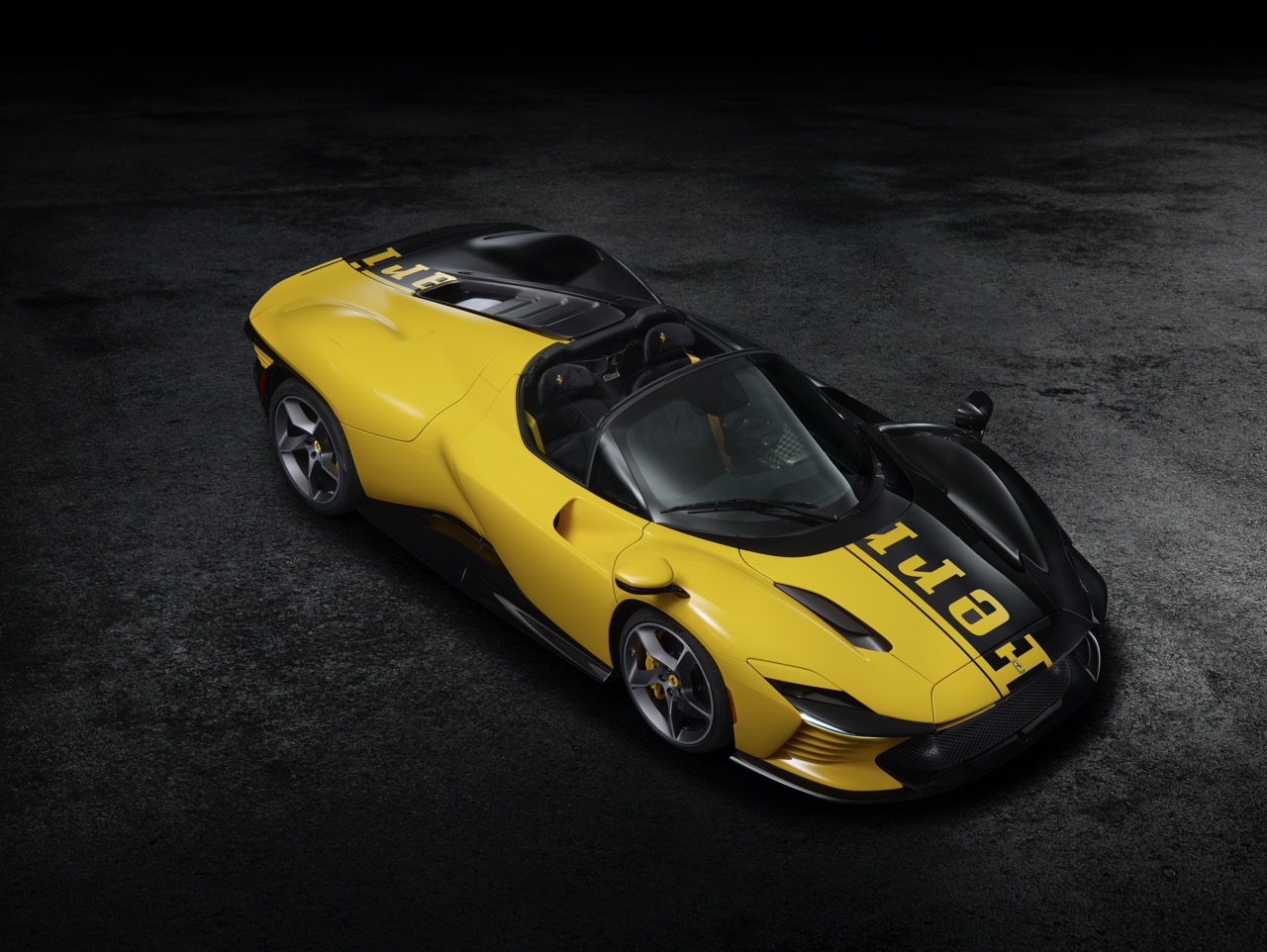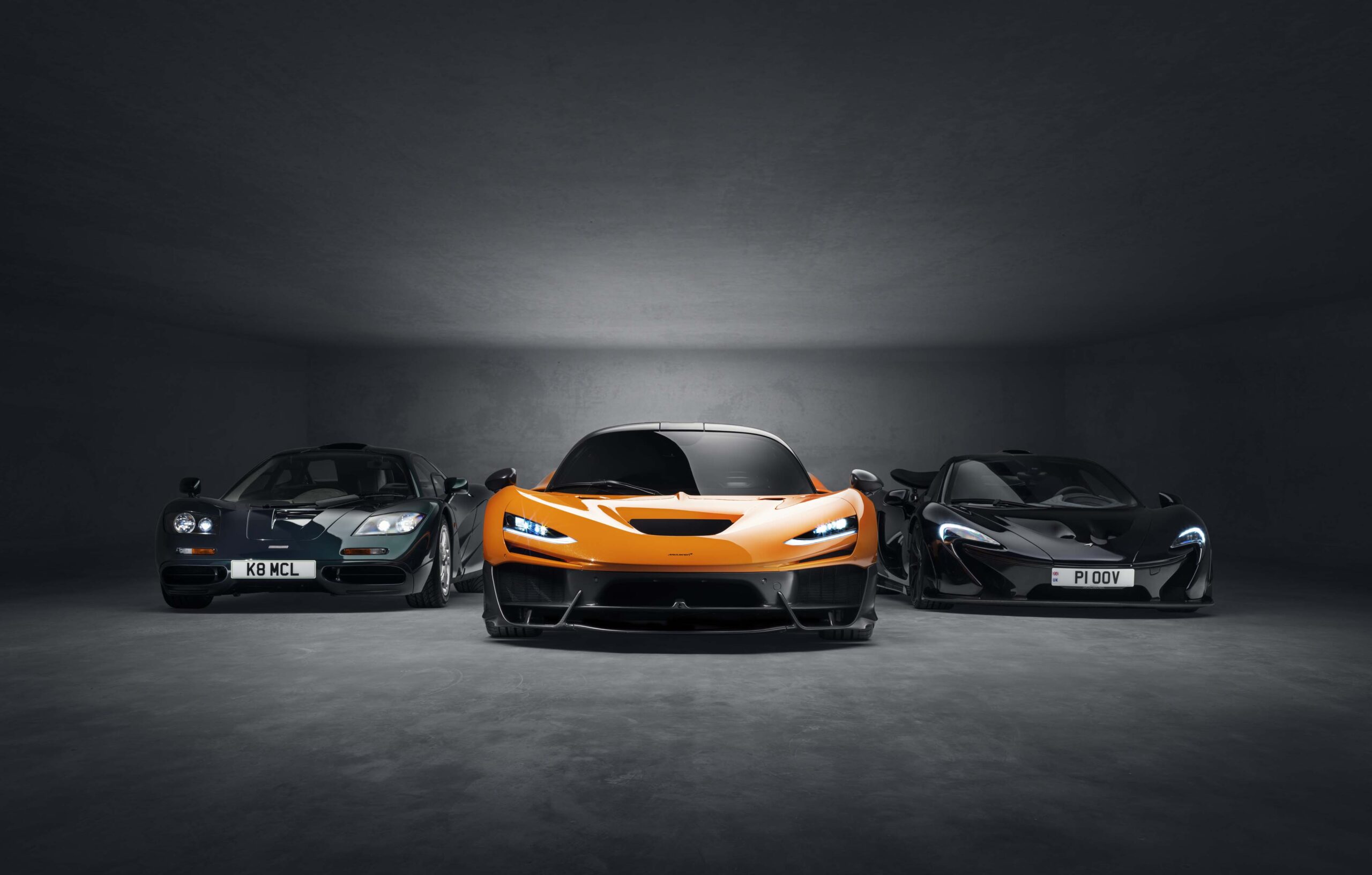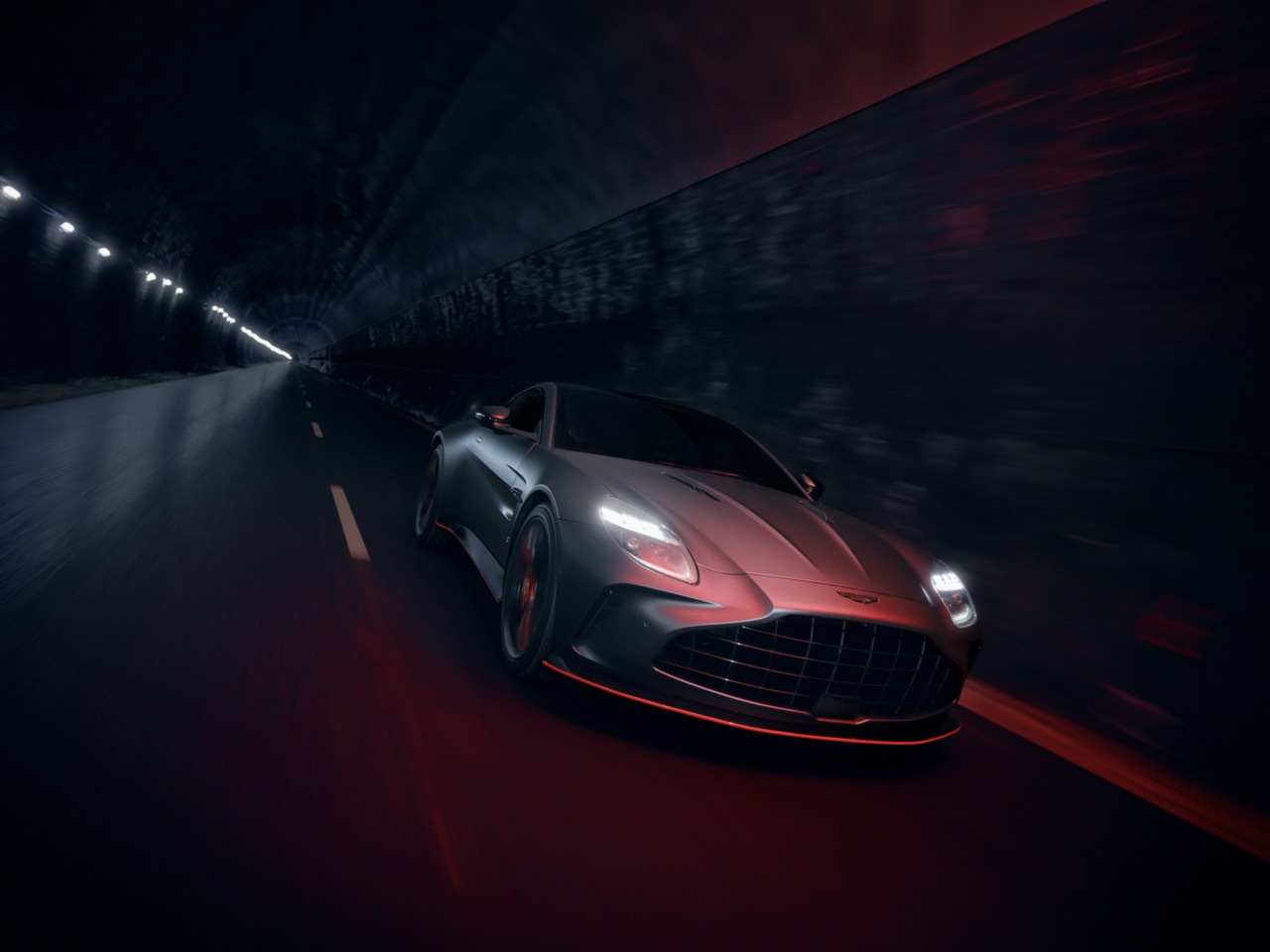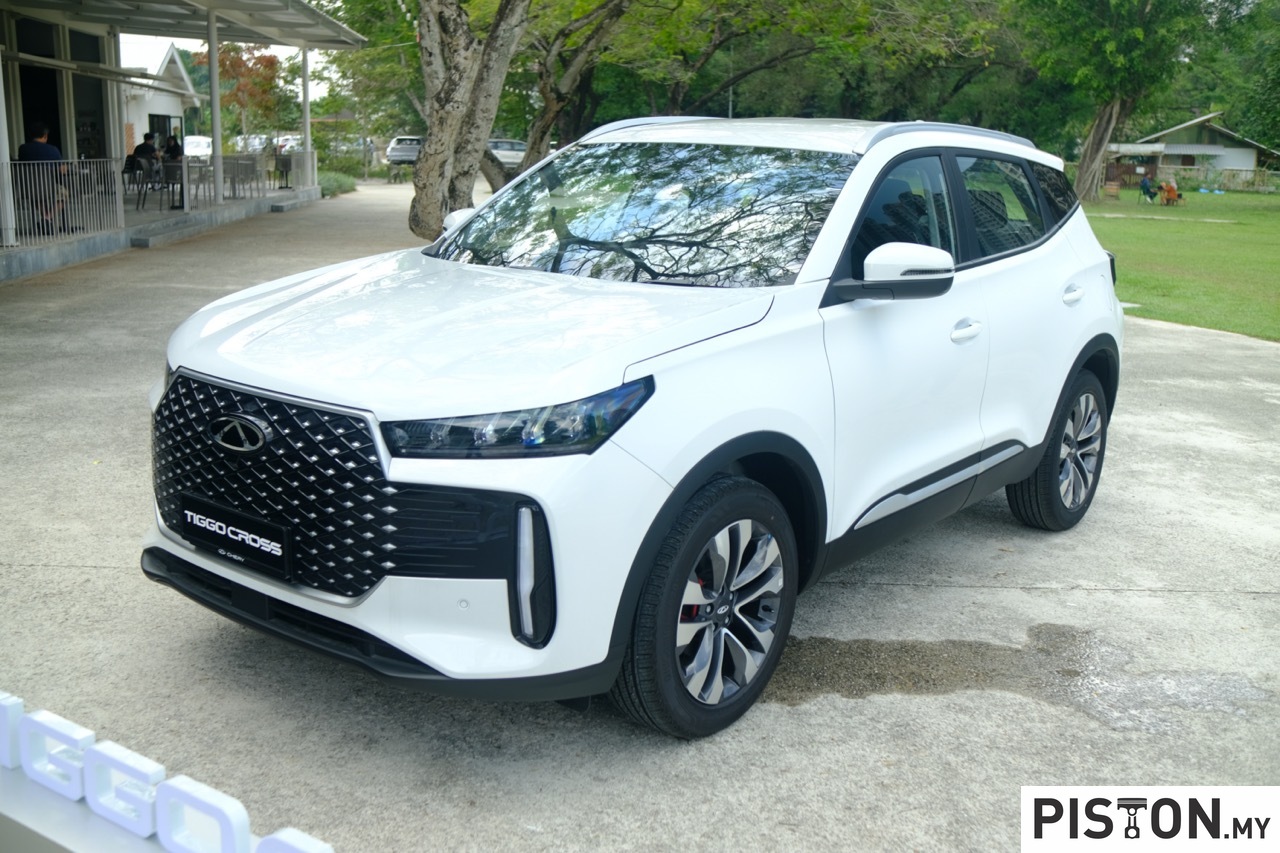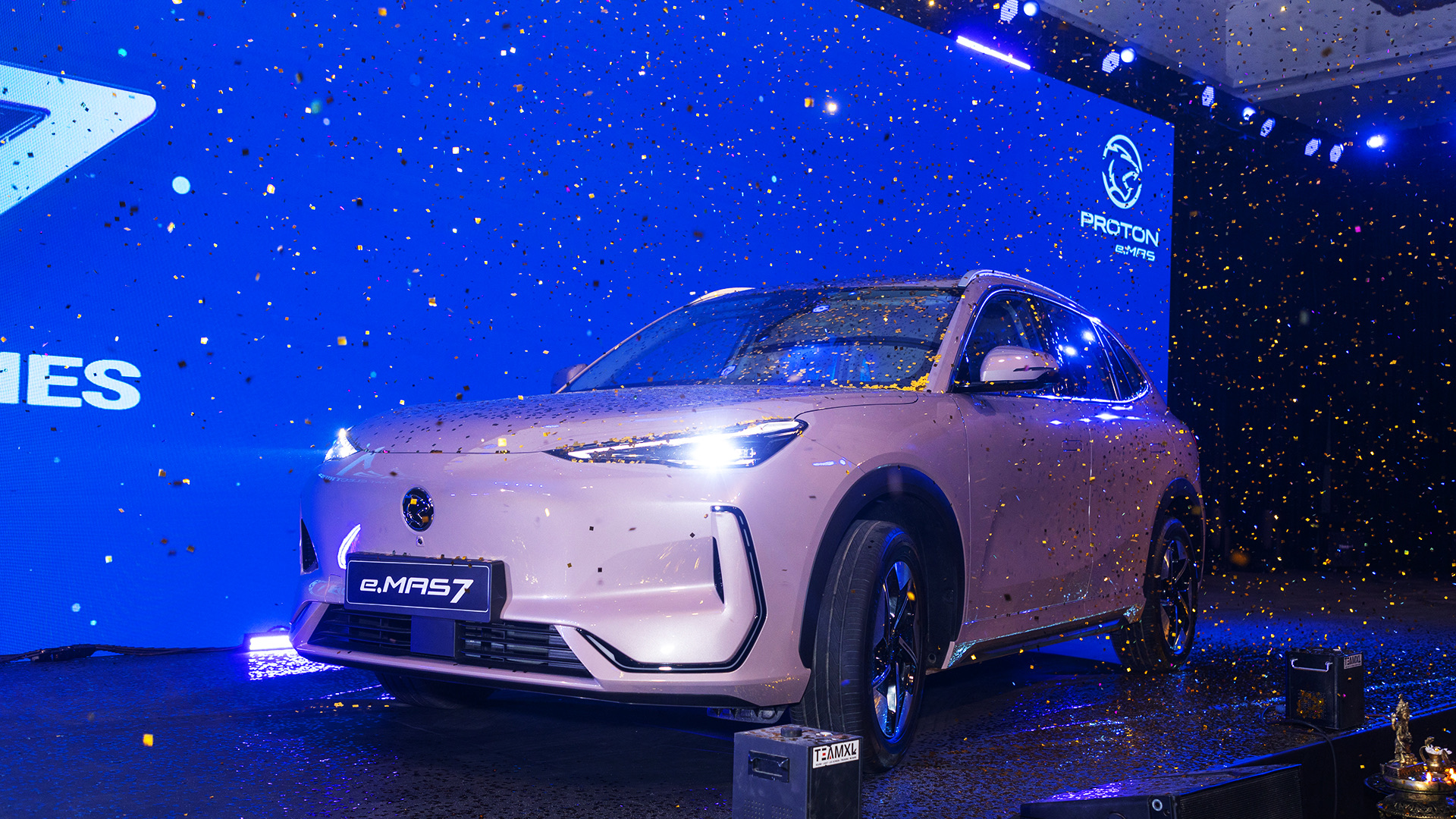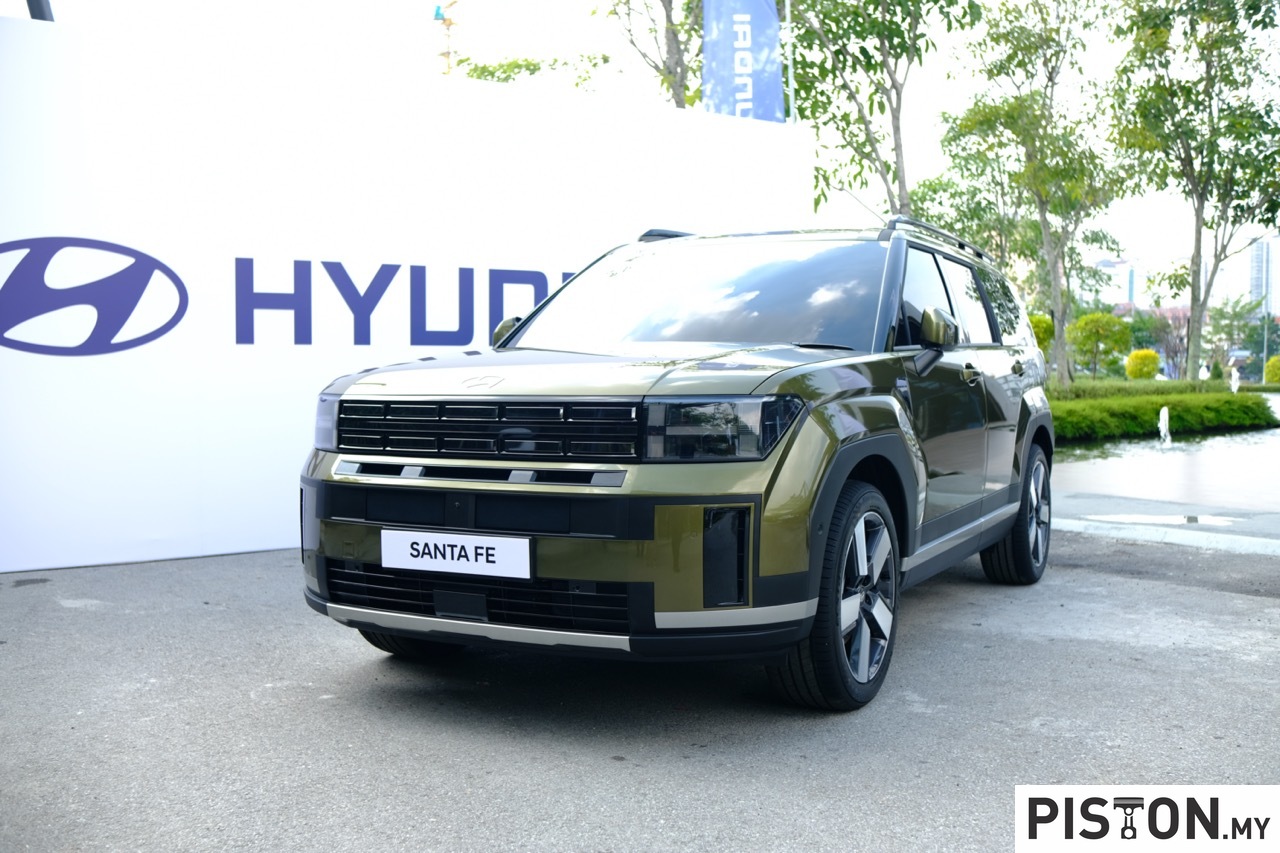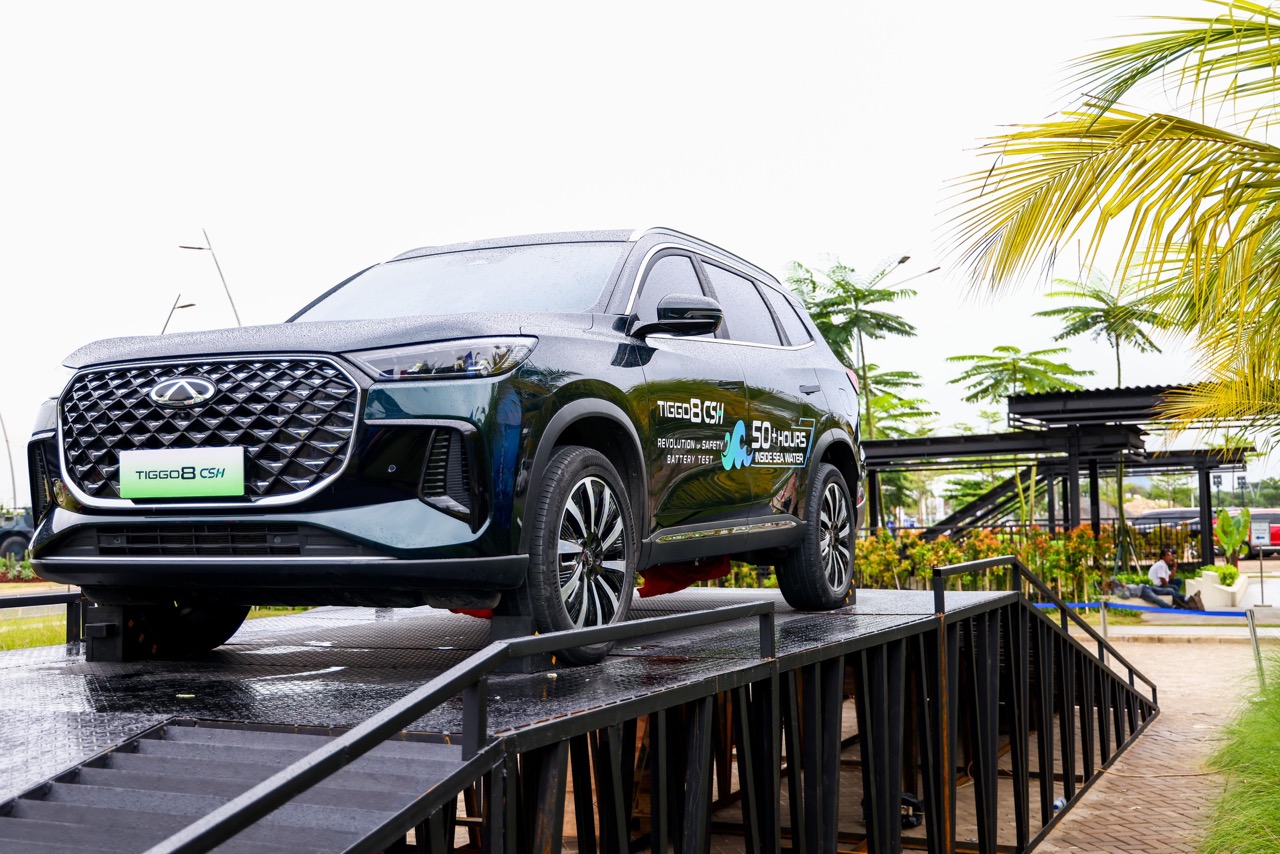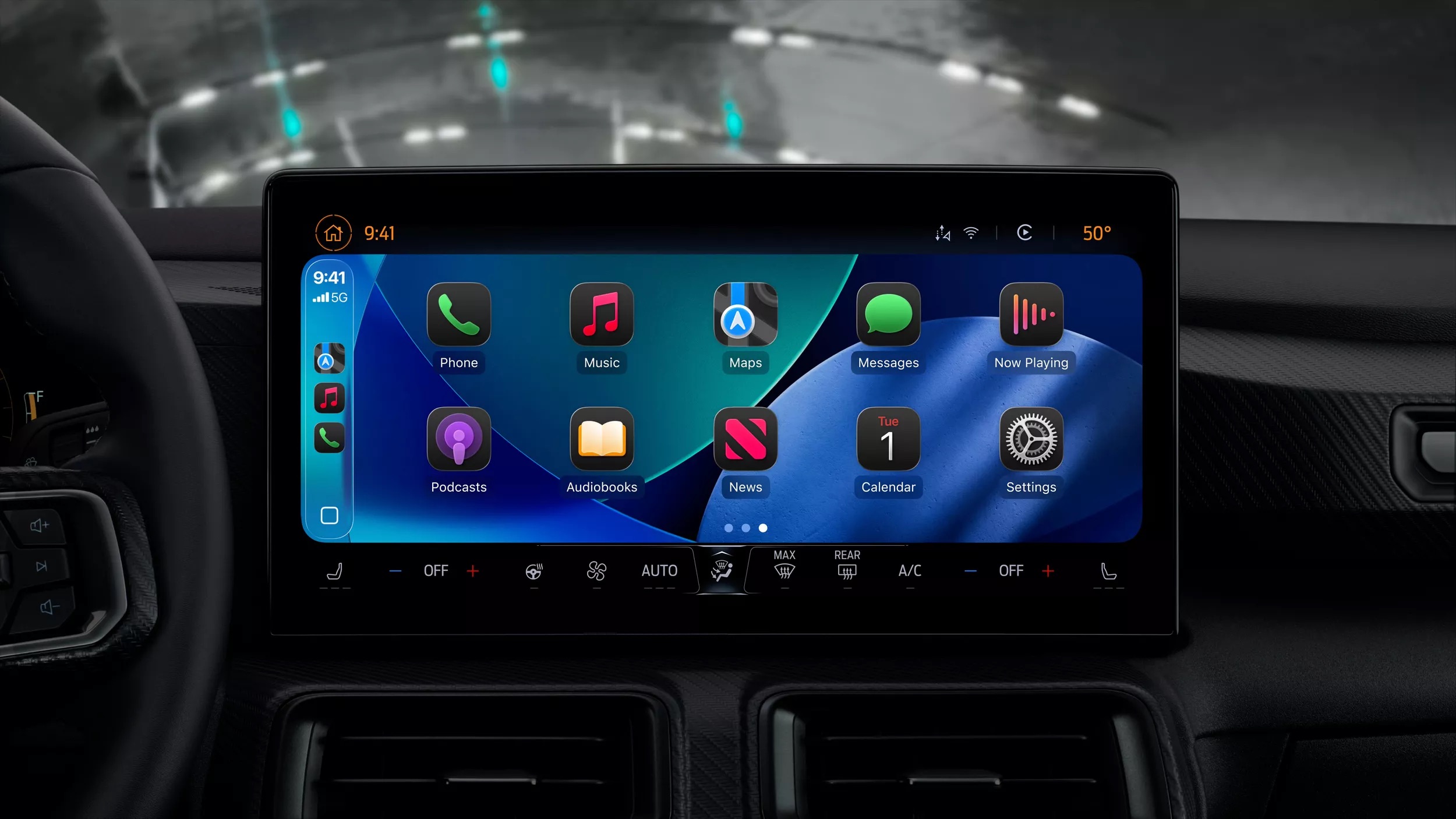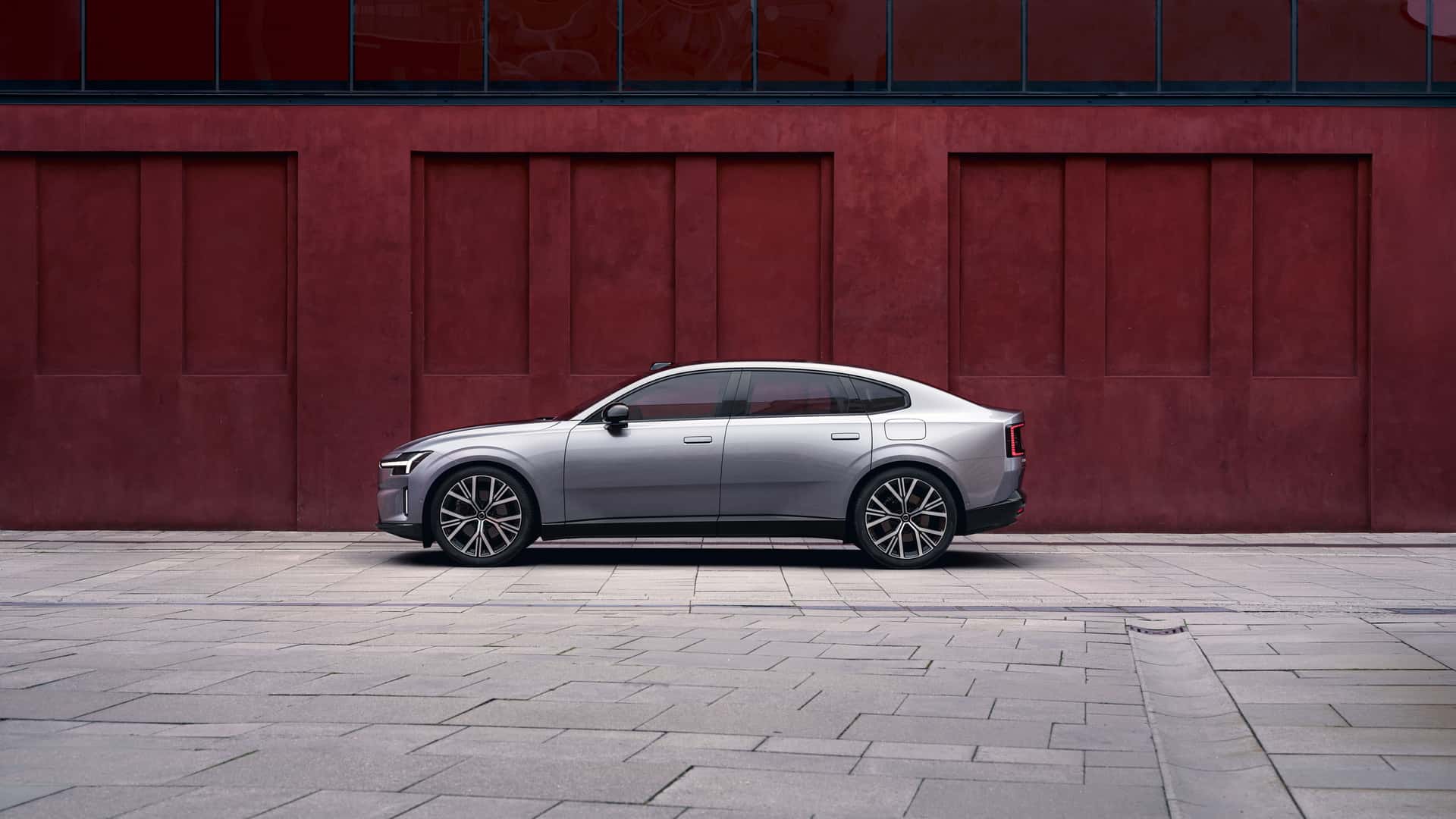Four years ago, Perodua launched the third generation of the Myvi, a model which had propelled the brand to the No. 1 position in the Malaysian market when it was introduced in 2005. And every year after that, sales kept growing and helped Perodua to maintain its dominance in the home market. So well built was the Myvi at Perodua’s factory that Daihatsu, its partner, has even been taking Malaysian-made cars for sale in Indonesia under its own brand.
With such a successful background, it must be challenging for the team when it comes round to updating the model, especially if it is to be a full model change. But this time around, the full model change is not yet due and as would be typical in a product cycle, updates are done to refresh the appearance as well as add some new features and technologies.

Switch to CVT, no more manual transmission
The New Myvi range consists of the 3 variants with 1.5-litre engines – AV (Advance Variant), H and X, and a G variant with a 1.3-litre engine. While the engines are the same as before, the automatic transmission has been completely changed to a CVT (Continuously Variable Transmission). Factory tests show that this new transmission can improve fuel consumption by up to 5% as well as quicken acceleration by 20%. The CVT is made in Malaysia at a Perodua-owned factory in Negeri Sembilan which is next to the factory making the engines.
For those who prefer manual transmissions, this option won’t be available any longer. Over the years, demand for the Myvi with manual transmission has been decreasing. Perhaps it’s the congestion in many places or people simply appreciate the convenience of auto-shifting more. As the demand for manual transmissions has dropped to a level where it does not make business sense for Perodua, they have decided to stop offering it although they will consider it if demand is higher.
So if you want them to produce a manual Myvi, then you need to help get more customers who want it – not just your own circle of friends but hundreds more… every month. That is the sort of challenge for a manufacturer when it has started to hit very high volumes. Smaller volumes of a variant can become less cost-effective with the extra work or different parts.
For Perodua, which is at the entry level end of the market, costs are crucial (not that they are not for any other carmaker) and adding anything new needs to be justified with continued growth. The new product has to be improved in a way that attracts more customers, not just sustain sales.
Perodua Smart Drive Assist +ASA
Fortunately, being affiliated with the Toyota Group (which Daihatsu is part of), Perodua can enjoy lower costs on some shared components. They have used this advantage by upgrading the safety system in the new Myvi to what is now called the Perodua Smart Drive Assist (PSDA) system. Available in the top variant (Myvi 1.5 AV), PSDA is an expanded package of active safety systems which originally started with the Advanced Safety Assist (ASA) system. ASA has four systems which essentially relate to Autonomous Emergency Braking.
With PSDA, drivers also have Driving Assist, Parking Assist and Headlamp Assist, and when combined, the Myvi has Level 2 autonomous driving capability (as per the American SAE classification). This allows the driver a degree of reduced involvement while driving but he must still have control and take action if necessary in emergencies. However, if he does not respond, then some of the systems will activate automatically to prevent an accident.
Level 2 autonomy
Perodua says that this is the first time a car company in Malaysia is offering a model with Level 2 autonomy for under RM60,000. For those who want to save a bit more money and feel they can do without the PSDA, Perodua offers an alternative G version without PSDA for RM2,000 less. They are probably doing this to gauge customer response and quite likely, most people will still pay the RM2,000 as it does not bump up the monthly instalment by much anyway.
Driving Assist has systems which provide Adaptive Cruise Control as well as keep the car within its lane. These mean the driver can be less fatigued on long journeys and in the event of reduce concentration, safety can still be maintained (although there will be warnings to alert the driver who should then stop and rest). A Blindspot monitor is also present, ensuring that the driver has situational awareness whenever making lane changes.
Parking Assist will help the driver park properly and safely. While there isn’t the overhead view that more expensive models have nowadays, there is a reverse camera and sensors front and rear to alert the driver of distances from obstacles or walls.
A significant new safety feature is Rear Cross Traffic Alert which, not so long ago, was only available on premium models. This system sends out radar signals to either side of the car as it is reversing out of a parking bay. The driver’s view may be blocked so the system is valuable in detecting approaching vehicles and alerting the driver so he can stop reversing, avoiding a possible accident.
As for Headlamp Assist, this is a system that automatically switches the headlamp from high to low beam. The driver can have maximum illumination when there is no approaching vehicle but when there is, the headlamps automatically switch to low beam, thereby avoiding blinding the other driver. Once there is no other vehicle, the high beams will be activated again. Of course, as has been the case for a long time, the rearview mirror has an anti-glare feature so that the driver is not disturbed by the lights of vehicles behind.
Perodua’s ASA makes use of a new stereo camera system mounted at the top of the windscreen. These are very sophisticated ‘eyes’ that scan the road ahead and the imagery is sent to a computer for analysis and where potential dangers are determined, warnings will alert the driver and if action is not taken, automatic braking will take place, or the system will guide the car to stay in its lane.
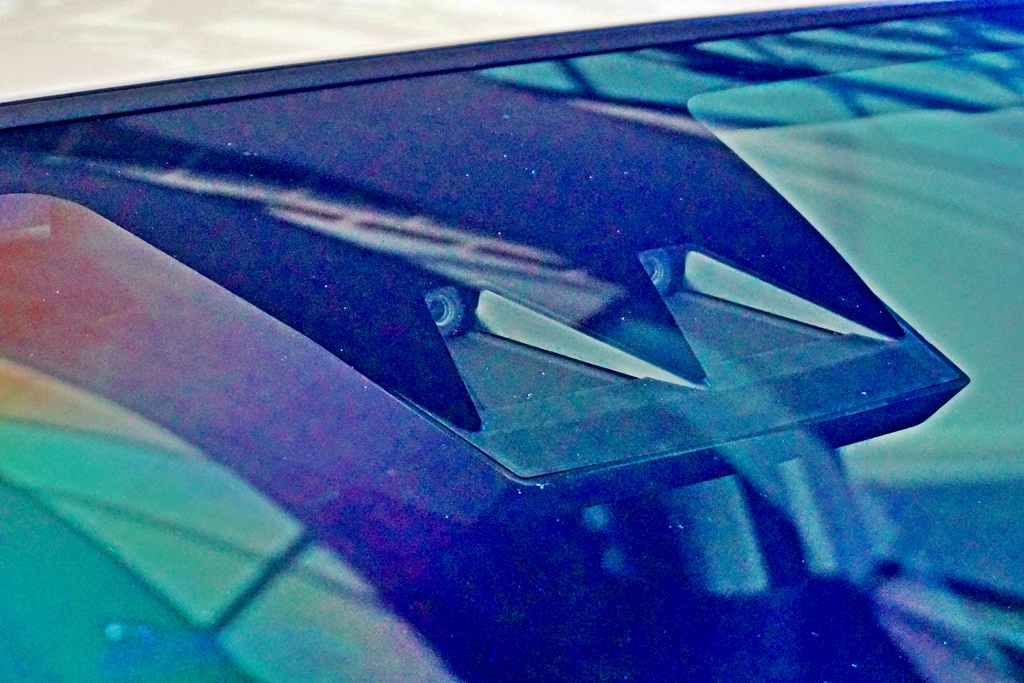
Driver attention still necessary
It should be noted that PSDA is for assistance and cannot fully replace the driver’s decision-making and attention. The ASA is in its 3rd generation and more advanced, able to recognize cyclists and pedestrians. However, in some conditions like very heavy rain, the ability of the camera to detect may be reduced and therefore the driver needs to be more attentive in such situations.
Auto Door Locking is now standard and while it is not a new feature for cars, it is good that Perodua is now providing it. The system not only automatically locks all doors when the car’s speed exceeds 20 km/h but also locks if the brake pedal is depressed. Keeping the doors locked these days is better for personal safety so that passersby cannot just open the door and snatch belongings out.
Functional changes within
Inside the new Myvi, the changes are more functional rather than visual. The centre touchscreen is now slightly larger, going from 6.2 inches to 6.9 inches. It also uses the same interface as the Ativa which has improved user-friendliness.
The leather upholstery for the Myvi AV is new and so is the fabric for the Myvi G, which is at the other end of the range. Sharp-eyed Myvi owners may notice that the air-conditioner ring is now painted instead of chrome and for the Myvi AV, the centre cluster is now finished in a sporty red colour instead of being silver.
The exterior of the new Myvi has not been altered radically, which is the case when a model is midpoint through its generation. But there are the usual changes in the bumper design and grille design as these can be made easily without new metal body panels. They are mostly plastic which is easily reshaped. The door mirrors are now also finished in black instead of the body colour.
As for colours, there’s a choice of 5 colours, with Cranberry Red being new and only available for the Myvi AV. Other colour choices are Ivory White, Glittering Silver, Lava Red (not available for the AV), Granite Grey, and Electric Blue.
Will the Myvi be electrified?
Will the next Myvi be electrified? Before, Perodua used to respond by explaining that with its small engines and light weight, the fuel efficiency levels were already quite high, so switching to hybrid powertrains was unnecessary. However, in recent times, things have changed as carbon neutrality has become important, meaning emissions of carbon dioxide need to be cut down as a measure to stop climate change.
This has led Perodua to reconsider its powertrains for the future and it appears that the carmaker is aligned with the position taken by its affiliate, UMW Toyota Motor, which is that hybrid electric vehicles are better suited for Malaysia than battery electric vehicles – at this time. Perodua looks at the bigger picture of ‘well-to-wheel’ and given the current infrastructure and power generation in Malaysia, fully electric vehicles may not be the best approach.
The company is already running at least one hybrid model on Malaysian roads, partly to test the system in local conditions and also to get public feedback. The technology is already available and Daihatsu has powertrains which can be provided, if required. In fact, Daihatsu was already investigating hybrid powertrains as far back as 1981 and had a running prototype which is showed at the Tokyo Motorshow that year.
But unless the government introduces some drastically different policies in coming years, the Myvi is likely to still have combustion engines for some time to come. In the meantime, if you are shopping for a new car in this price range, check out the new Myvi which certainly offers good value for money as always.
To locate a showroom to test-drive or view the new Myvi, visit www.perodua.com.my.



